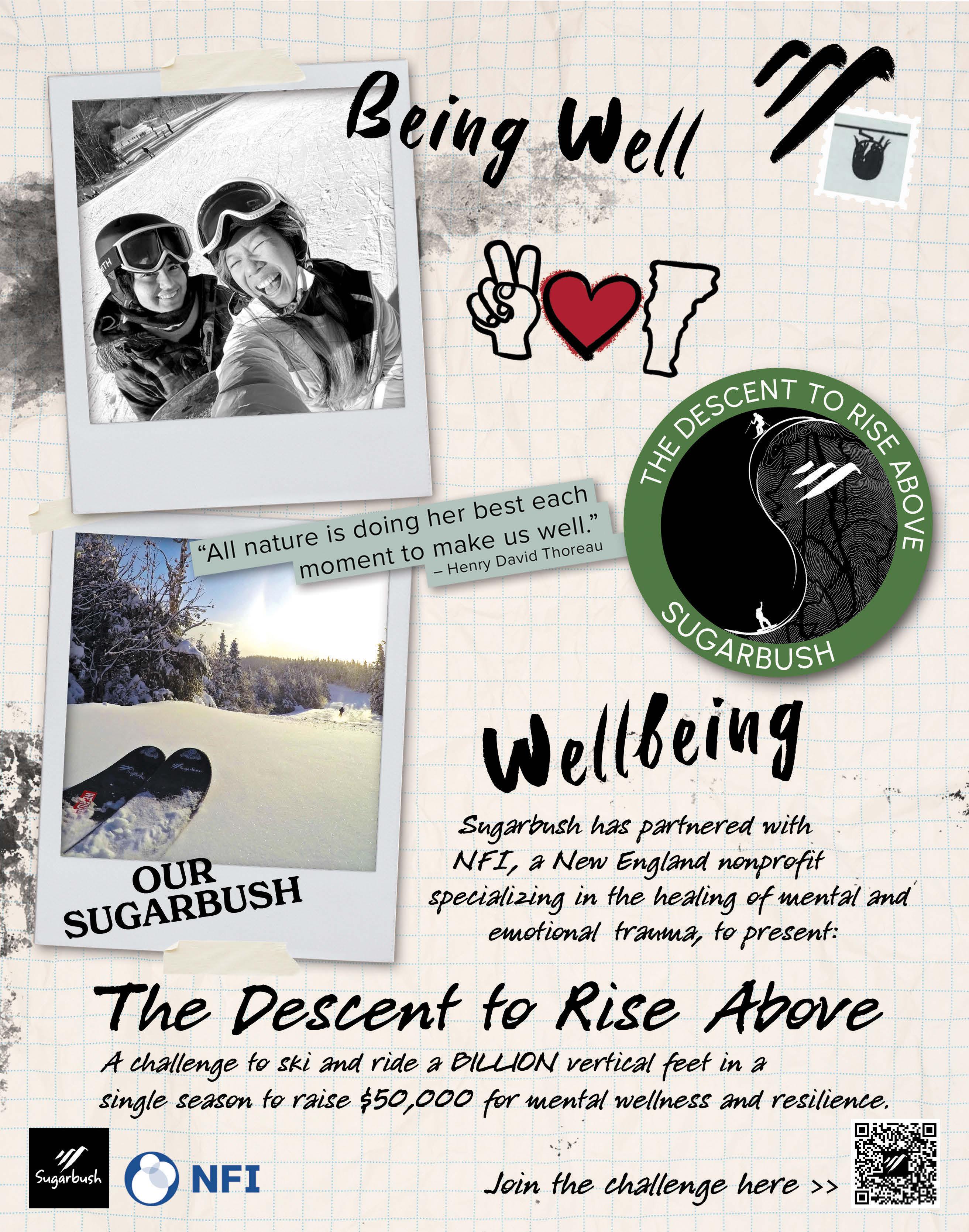
Vermont’s Mountain Sports and Life
What’s New for 2025 The Year of Skiing Uphill Record Breakers


Vermont’s Mountain Sports and Life
What’s New for 2025 The Year of Skiing Uphill Record Breakers
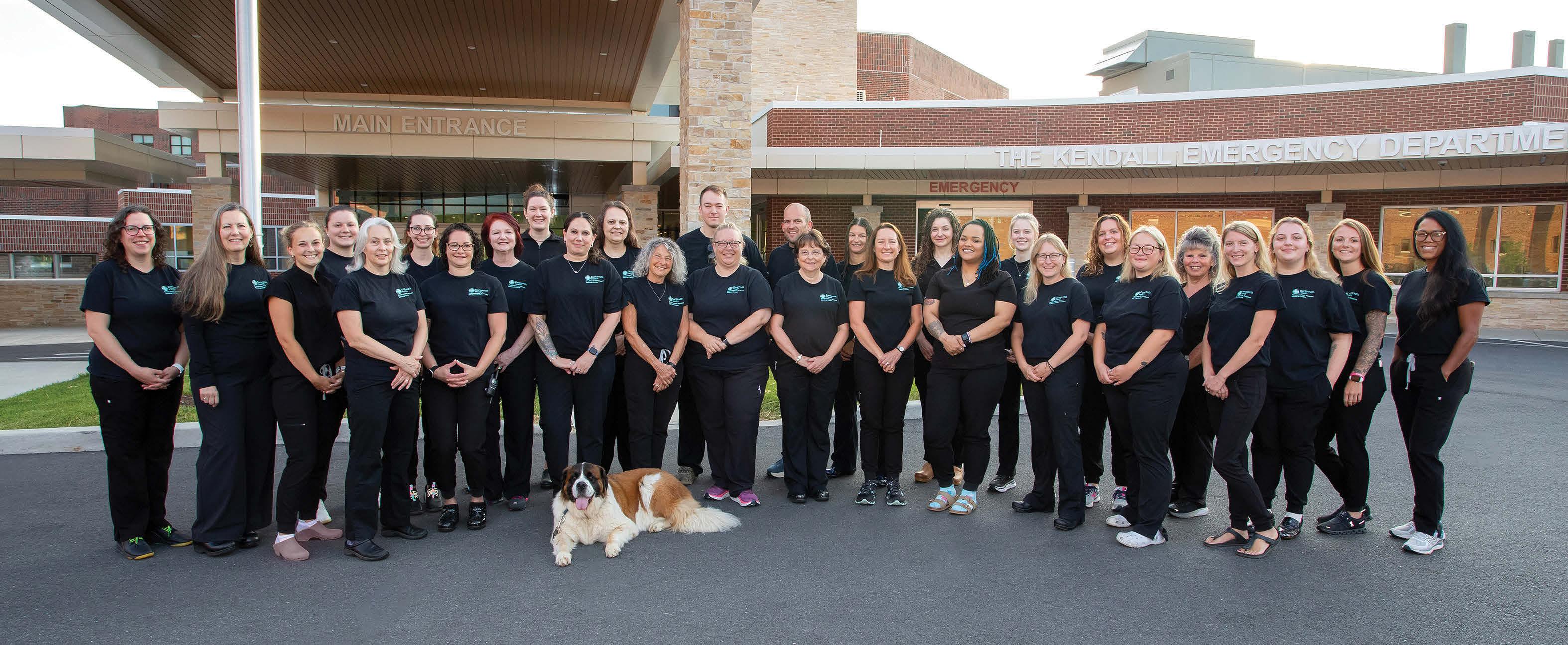
together to provide better care. As a member hospital, we bring you improved access, upgraded technology and expanded specialty care including cancer treatments, orthopedics and heart and vascular care.
When the unexpected happens, you can rely on Southwestern Vermont Medical Center (SVMC) to provide exceptional care and comfort, with a team that is nationally recognized for excellence in emergency nursing.
Southwestern Vermont Medical Center is now a member of Dartmouth Health.
While we’ve been partners for years, Southwestern Vermont Medical Center and Dartmouth Health are coming even closer together to provide better care. As a member hospital, we bring you improved access, upgraded technology and expanded specialty care including cancer treatments, orthopedics and heart and vascular care.
The Kendall Emergency Department (ED) at SVMC was recently selected as a recipient of the Emergency Nurses Association’s 2024 Lantern Award® for demonstrating excellence in leadership, practice, education, advocacy, and research performance. SVMC’s ED was one of 94 departments nationwide to be recognized, and the first in Vermont
Learn more at svhealthcare.org
So now, the great care you’ve always received from SVMC will be even better. All right here, close to home.
The Lantern Award showcases ED accomplishments in incorporating evidence-based practice and innovation into emergency care. Congratulations to our skilled and compassionate team for achieving this prestigious honor.
At SVMC, exceptional care is not only our specialty, it’s our mission.
Learn more at svhealthcare.org
So now, the great care you’ve always received from SVMC will even better. All right here, close to home.

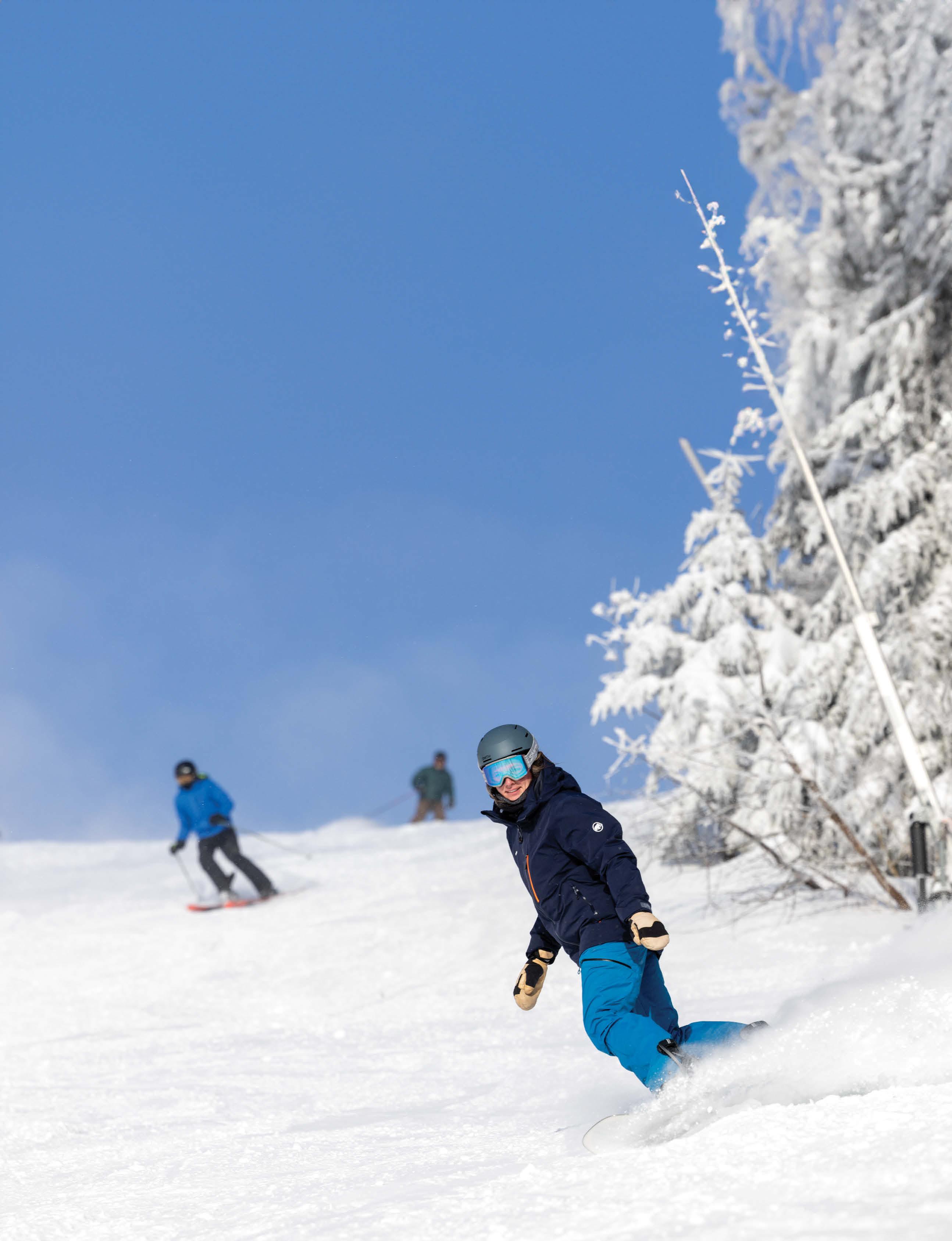

Winter means bolder adventures when you let your wild spirit roar at The Beast. Tackle the steeps, explore the deeps and find your place with a Beast 365 pass, good every day Killington is open, and loaded with perks including discounts on retail, rentals and food and beverage. Plus, the Beast 365 pass includes an Ikon Base Pass, good at more than 40 additional locations so you can explore even more this season.
Scan code or visit killington.com/seasonpass for more information.

28 | Calls in the Wild Smart phones. GPS. Garmin. Strava. We rely on these technologies in the backcountry. But at what cost?
32 | The Year of Skiing Vertically
Stowe skier Noah Dines set out to break the record for human-powered uphill skiing in a year, a record previously set by his friend and neighbor.
The Ivy League of ski schools, Vermont’s ski academies have been producing winners on and off the slopes. Now they are growing and evolving.
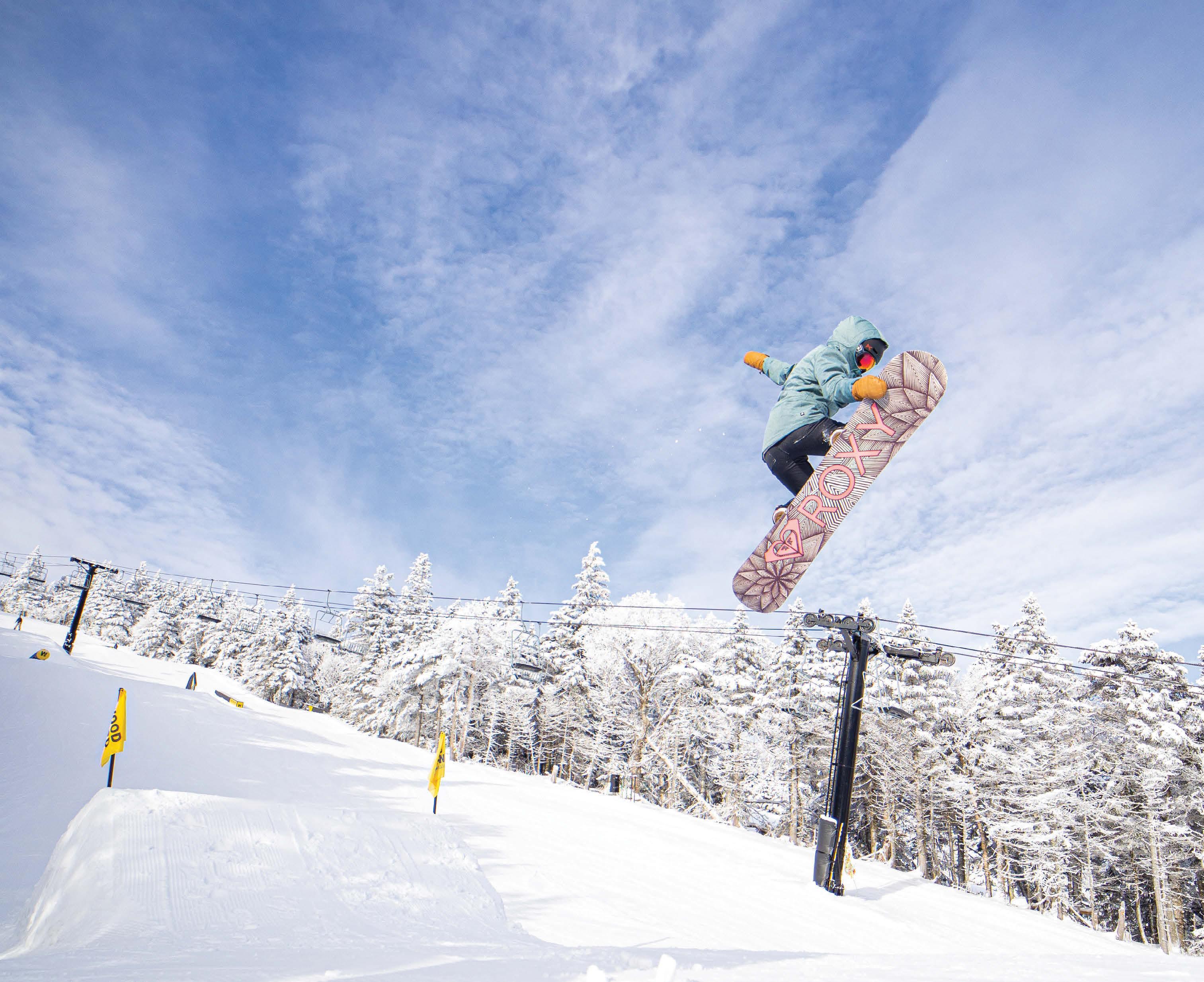
8 | FIRST TRACKS | The Beast Unleashed
What does new ownership mean for Killington? Owner Phill Gross on how the deal came to be. Plus, how moguls are impacting mountains.
16 | SKI AREA NEWS | News Briefs
How to save on lift tickets. New lifts and towers. Middlebury Snowbowl’s new management. Grants for good causes and more.
19 | WELLNESS | GOING HOT AND COLD
Two trends in wellness that go well together? Cold plunges and hot saunas are becoming popular at new locales around Vermont,
22 | DREAM HOME | A Home for Two
When this couple set out to build their second home, they knew exactly what they wanted. And got it.
51 | GEAR | The Right Fit: Bootfitting Fixes
Feet hurt? There may be some simple solutions. A seasoned bootfitter explains what to do. Plus, new custom boots on the go.
55 | SKI HISTORY | The Hall of Fame
Meet the Vermont Ski & Snowboard Museum’s 2024 honorees.
60 | GREEN MOUNTAIN CALENDAR
64 | LAST RUN | The Record Breakers
Recent records in skiing, from the ridiculous to the sublime.
COVER: Maia Buckingham exploring the backcountry beyond Bolton Valley Resort. Photo by Carter Clark. THIS PAGE: Snowboard training at Killington Mountain School.. Photo courtesy Killington Mountain School
GINGHAM and GABLE

INTERIOR DESIGN

VT • CT • NY • Hamptons
April Shen | April@ginghamandgable.com & Lisa Ehrlich | Lisa@ginghamandgable.com
@ginghamandgable


One thing that print magazines do that Instagram or Tik Tok don’t: we tell long-form stories. While so many digital outlets are scrambling over each other to break the same news, VT Ski + Ride likes to dig deeper. That’s what we did with our story on Noah Dines’ quest to ski 3 million vertical feet. It’s not just a story of a record, but of the struggles and rewards, friendships and frustrations that pursuing such a record entails.
Or take the news about Killington being sold to local skiers and investors— terrific news we are all cheering about. But what was fascinating is the behind-the-scenes story of how the deal was put together, a story new owner Phill Gross kindly shared with us.
I’d like to think it is this kind of story telling that the Vermont Ski and Snowboard Museum honors with its Paul Robbins Journalism Award, handed out October 19 at their annual Hall of Fame gala. It’s an award that has recognized some of the storytellers I’ve admired and had the privilege to work with: Stu Campbell (the first honoree) who wrote eloquently about ski technique for SKI. Peter Miller, a legendary photographer and writer who could nail all things Vermont. David Goodman, the guru of backcountry skiing and a gifted raconteur.
It’s an honor to follow in their footsteps this year in receiving that award. But the honor really goes to this magazine, as much as anything, for publishing works by them and others. And for keeping the long form storytelling in our sport alive. —Lisa Lynn, Editor

p. 28
Jesse McEntee, Ph.D
is a writer whose work has been featured in The Boston Globe and Northern Woodlands. As an adventurer and social scientist, Jesse offers unique insights into the intersection of nature, community and resilience at jessemcentee.com.

p. 42
Alaena Hunt and Lucia Lovell (not pictured) were invaluable summer interns who helped research our article on Vermont’s ski academies, among other stories.
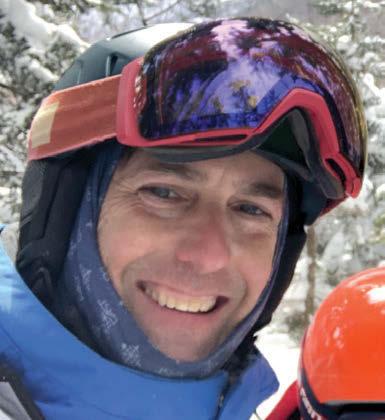
p. 51
Doug Stewart is a PSIA examiner (training and certifying ski instructors all over the East Coast) and staff trainer at Stowe Mountain Resort. Doug became a boot fitter in 2001 after seeing how many times boot issues were affecting his students.



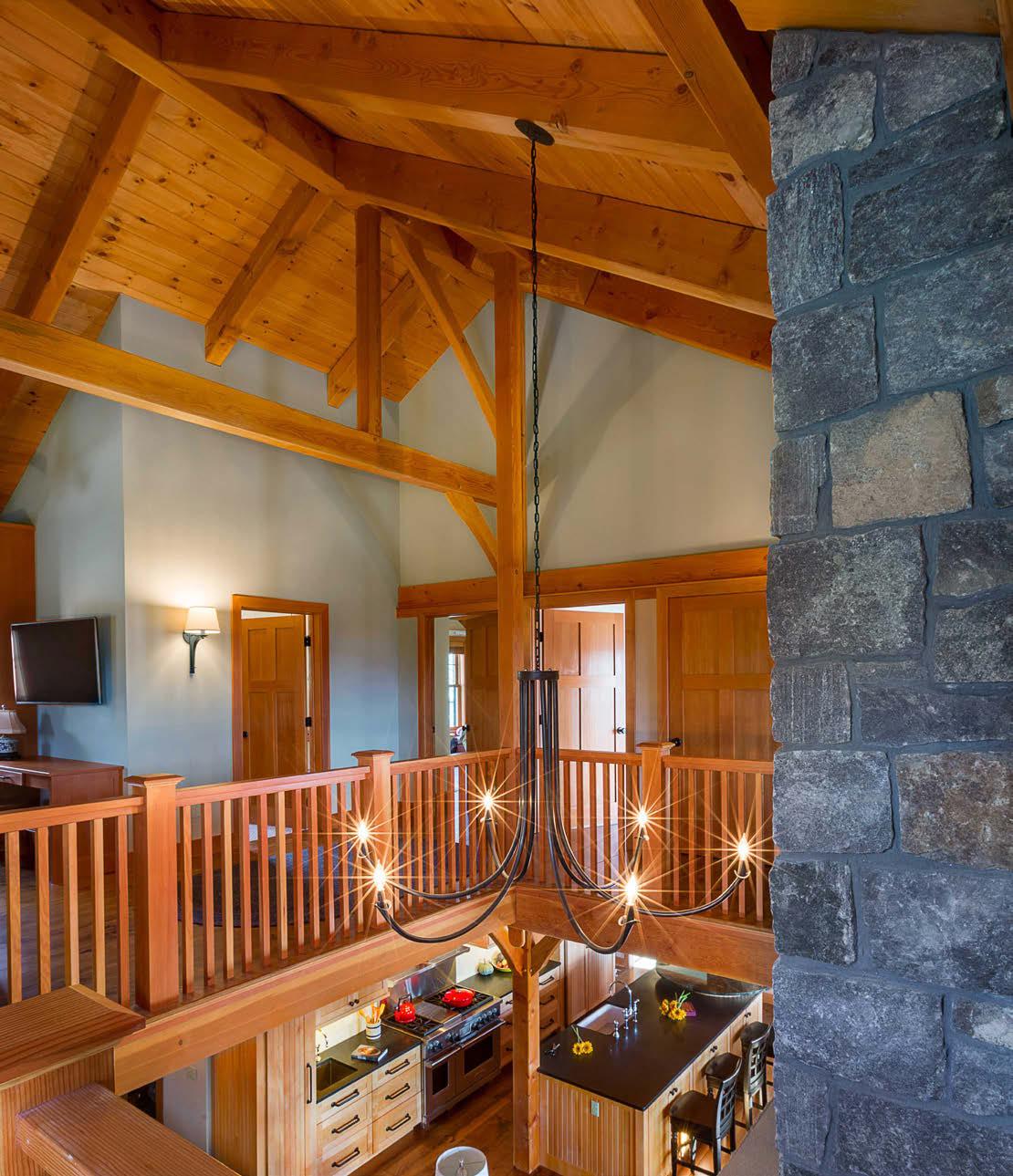
EDITORIAL
Publisher Angelo Lynn angelo@vtskiandride.com
Editor/Co-Publisher Lisa Lynn editor@vtskiandride.com
Creative Director David Pollard
Interns Alaena Hunt, Lucia Lovell
Contributing Writers and Photographers: Victoria Gaither, David Goodman, Brian Mohr, Doug Stewart, Jeb Wallace-Brodeur
ADVERTISING SALES & DISTRIBUTION
For general advertising and media kits: lisa.lynn@vtsports.com | 802-388-4944
Greg Meulemans greg@vtskiandride.com
Dave Honeywell dave_golfhouse@madriver.com
VT SKI+RIDE is published four times a year by Addison Press Inc., 58 Maple Street, Middlebury, VT 05753
VT SKI+RIDE print subscriptions are available for $60 (U.S.) per year. Digital subcriptions are free. Subscribe at vtskiandride.com. What’s
. GET THE NEWS FIRST Sign up for our e-newsletter for breaking news and deals, contests and more.
LOG ON to see videos and stories that you won’t find in print.
SUBSCRIBE FOR FREE Don’t miss an issue—read our free digital edition and find back issues at vtskiandride.com
JOIN US Follow us on Facebook and Instagram.






The East’s largest ski area is now in the hands of local skiers. But there’s even better news.

For the past few years, it looked as if just a handful of corporations were going to divvy up the kingdom of skiing.
Vail Resorts has been on a continued buying spree adding, most recently, Swiss resorts Crans-Montana (in 2023) and Andermatt (in 2022) to its stable of 42 ski areas. In August, Blick, the largest newspaper in Switzerland wrote that “The Weisse Arena Group in Graubünden is at the top of Vail’s shopping list, as Blick research shows. But other well-known Swiss ski resorts are also being considered as takeover candidates.” Weisse Arena owns the Flim Laax Falera ski resort. The newspaper also named Saas Fe and Verbier/4 Vallees as targets for an American takeover. However, in an earnings report Vail Resorts also announced it was reducing workforce by 14%.
Rumors also began circulating earlier this year that POWDR Corporation was looking to sell off some of its 9 mountain properties. The company, which was founded by John Cumming, started with the purchase of Park City Resort in Utah. POWDR went on to buy, and then sell, a handful of other ski areas
Last summer, word got out that POWDR was marketing a five pack of ski areas: Eldora in Colorado, Mt. Bachelor in Oregon, Silver Star in British Columbia and Killington and Pico, in Vermont.
It would have made sense for an Alterra or a Vail Resorts to pick up the package. John Cumming and Eric Resnick, who co-founded Alterra’s parent company KSL, both served as trustees of the U.S. Ski and Snowboard Association Foundation. Both have been ardent supporters of the U.S. Ski Team (Resnick’s daughter Emma is on the 2024 U.S. Alpine D Team) and steady presences in the VIP tent at the Killington World Cup.
But then Cumming made a call to another friend, Killington skier Phill Gross. In what Gross calls a deal that “was never a straight line” and saw some nail-biting moments, Killington and Pico were sold to a consortium of 16 entities with Gross, Michael Ferri and a third unnamed party leading the group of “passionate local passholders.” As Gross said, “I think John Cumming really wanted to see Killington put into locals’ hands.” (See interview with Gross on following page). POWDR and Great Gulf, which is creating the new base village for Killington, are also investors.
The deal was scheduled to close, without debt, on Sept. 27 and Killington to announce that nearly $30 million in investments would be made over the next two seasons in three areas: lifts, snowmaking and the mountain bike park.
The lift investments will include replacing the Superstar Express Quad with a six-person lift and replacing all 116 of the Skyship gondola cars next summer. While this is great news for skiers, it could shorten the spring ski season on Superstar and put Killington’s ability to host the World Cup there in 2025 in

jeopardy. “I think that World Cup will still be in the States but we may not be able to host it here next winter,” said Gross.
Killington president Mike Solimano said: “We do plan to make more snow in the North Ridge and Canyon areas to offer late-spring skiing and riding and are working with the lift manufacturer to finalize the construction plan for the lift before making the call on the 2025 Killington Cup and announcing firm details of our spring operations plan.”
Work is already underway installing four new fullyautomated HKD tower and fan guns on Superstar for this season. A total of 500 guns have been purchased and will be installed for the 2024-25 season, with
another 500 to be put in next summer. The investment also includes expanding the 30 miles of trails in Killington’s bike park.
This past summer, work began on bringing new sewer and water up the Mountain Road for the planned new village with 193 condos and 32 homes that Great Gulf expects to build near the current Snowshed base. The water/sewer project is expected to take two years.
“The timing of what’s going on here is really exciting: the timing of the village and the new housing in conjunction with investment in the mountain itself. I think it’s really going to be great to see over the next several years,” says Michael Ferri.
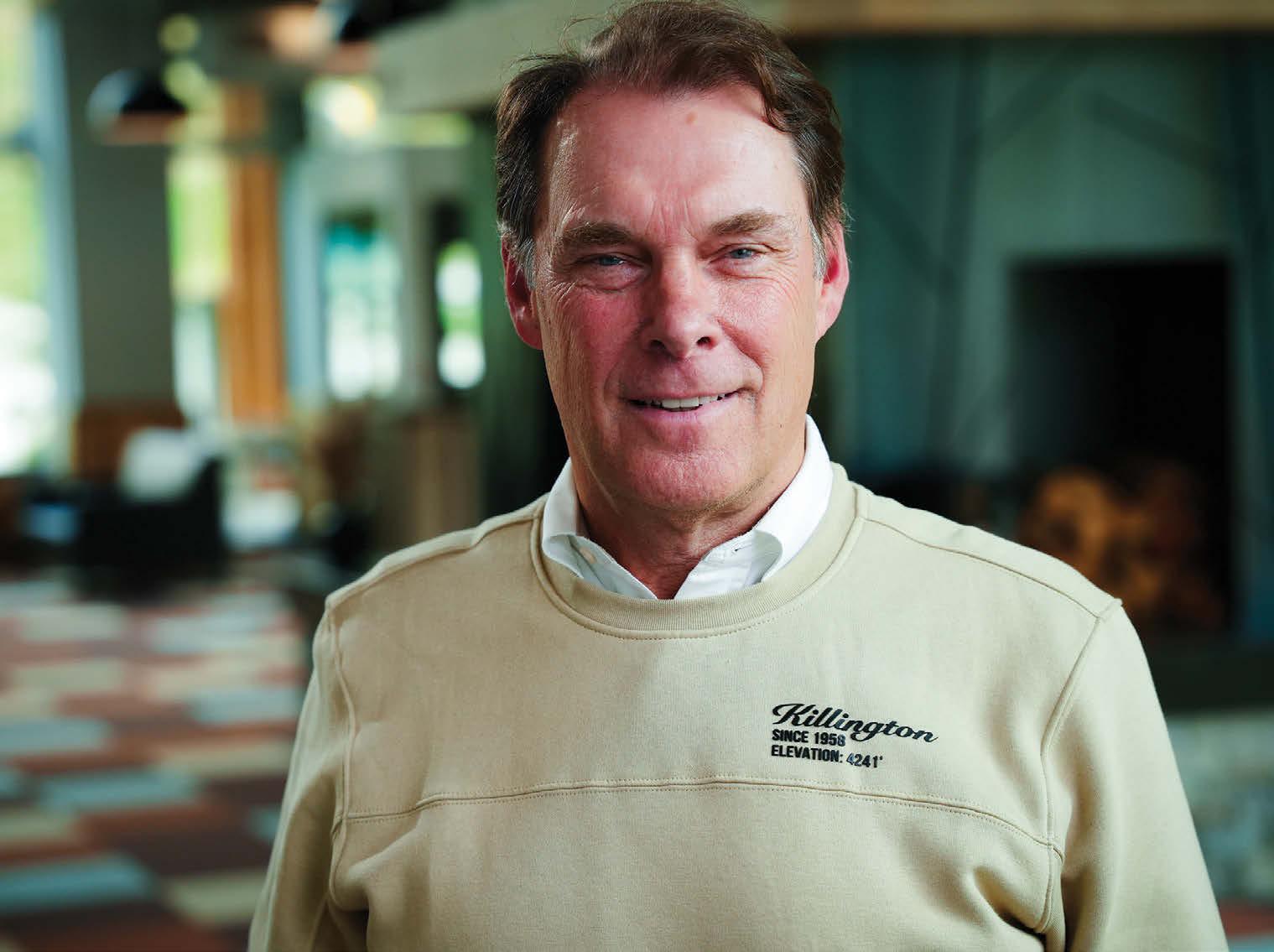
Ito buy the resort, he jumped. Courtesy photo.
n September, Phill Gross, Michael Ferri and a group of Killington skiers purchased Killington Mountain Resort and Pico from POWDR Corp. The group was led by Phill Gross and Michael Ferri. Gross co-founded Adage Capital Management in 2001 and it has quietly grown into one of the world’s largest hedge funds. An avid tree skier who learned to ski at Killington, Gross has been a bboard member of the U.S. Ski and Snowboard Association and the World Cup Dreams Foundation and a founder of Share Winter Foundation and the Killington World Cup Foundation.
He still commutes from Concord, Mass., to Killington on weekends.
Michael Ferri has been involved in skiing and ski racing at Killington since he was a boy and his family has owned a home in the town of Killington since 1970. Ferri is a partner and owner of Valvoline Instant Oil Change Franchises on the East Coast and his children went to Killington Mountain School, where he has been a trustee since 2008.
We caught up with Phill Gross to learn more about the purchase.
On a scale of 1 to 10, where 1 is pure business and 10 is pure passion, what did this acquisition mean to you?
I’d say definitely an 8. We wouldn’t have been able to do it if Michael Ferri hadn’t carried the ball and these other people hadn’t come in early on to give us the confidence we could get it done. It would have been easy to walk away and just say, ‘It’s too much work, too much time, too much effort.’ But nothing was going to let that happen for us. We were going to plow forward and make sure we gave it the best shot that we could. There was a period of time when POWDR was very skeptical that we would get there, and we realized how close we came to not getting there. Looking back on it now, I just wouldn’t want to think of the alternative.
How did the deal come about?
John Cumming, the CEO of POWDR Corp, and I have a long history. When POWDR bought Killington in 2007, one of the ideas that was floated was to shut down the Skyeship




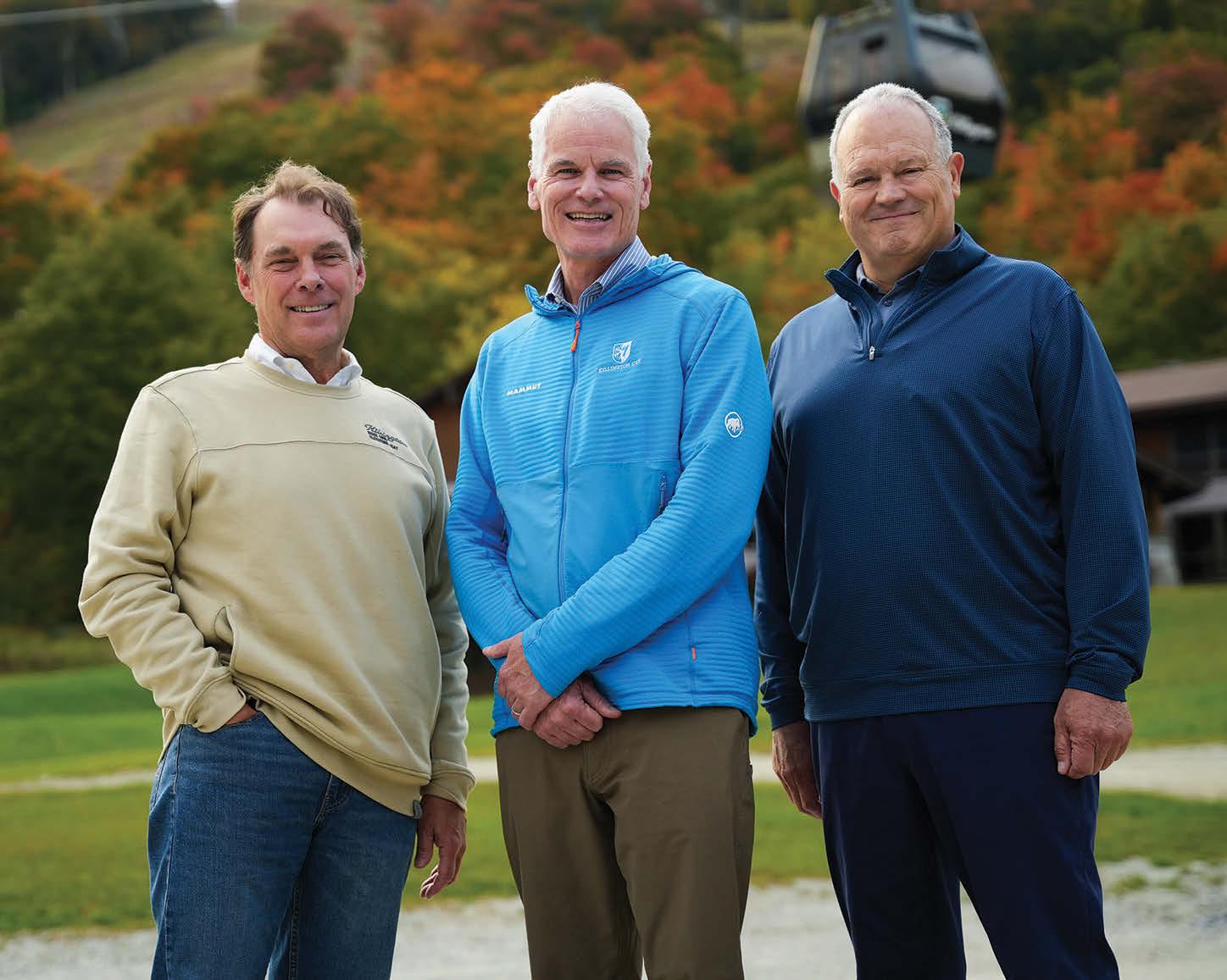
gondola on the east side of the mountain. John and I were both on the U.S. Ski Team board of directors and a mutual friend of ours connected us. Chris Nyberg was also involved— he was the president and general manager of Killington at that time. We had several meetings talking about how important the Skyeship was. And eventually they kept it open. I think they were just going to shut the whole thing down, to be honest. So last fall John reached out to me and said: ‘We want to sell Killington to the locals and we want to sell it to you.’ I said, I’ can’t buy the mountain!’ But, I thought about it, and I thought to myself: maybe we can try to put a syndicate together to put the investment in place.
Who are the other investors?
The first call that I made was to Michael Ferri. I was thinking I’d have to talk him into being a part of the deal as the dollar amount was significant. Neither of us would have been able to come close to doing it without a lot of help. Michael’s attitude was, ‘We got to do this, I’ll help you. Let’s go.’ We got together 16 investors; either groups, families or individuals. We’re all small to midsize investors who really care about Killington and that’s been the most amazing thing to me. Nobody owns 20% of the mountain.
Do the investors get any special benefits, like early lift access?
Not one investor has asked for anything special – not even a season’s pass. I just bought six season passes for myself, my wife and four children.
What was your process for due diligence?
The first thing we did was hire a consultant to look at all the lifts and put together a schedule of replacement. That was not as significant as we thought it could be, but it was significant, and it meant that the returns on investing in a ski mountain that needed to replace lifts weren’t super high. But the other thing that we found out was when you looked at the financials: when Killington invested in the mountain and put in the Peak Lodge and the Snowden six pack, and particularly the new K1 base kodge, the operations got significantly better. Obviously, the customer experience got much better, but so did the operations. Looking at that, Michael and I said, ‘You know, number one, we’re going to invest in the mountain and continue that trend.’
The second thing we did was we hired the SE Group, the number one consulting firm in the ski area business, to look at the operation of the mountain and do due diligence, because we don’t really know that business or what’s good and what’s bad. They came back and told us that Mike Solimano and his management team are the best in the business: top to bottom, front to back. That told us that we had to make sure we keep them there and let them run the mountain.
The third piece of the puzzle came when we sent our numbers back to POWDR Corp. and they sent back a model that included the construction of the new base village and what that would mean to the customer experience and the operations of the resort. Great Gulf is going to develop the mountain village. It may not happen tomorrow but it’s definitely going to happen in this next, five- to ten-year period.
Will you still be an owner in 10 years?
Yes, I have to be. This is a long-term thing. We were basically telling investors that for 10 years, you’re not going to get any cash out of this thing. We’re all going to devote most of it to the mountain. I was, quite frankly, really surprised at the number of people that really wanted to do that and got it. They realized that we’re building a franchise here. They care about Killington. They want it to be independent. They want us to be able to use our own cash flow to continue to upgrade the customer experience.
If you told me that we would have an all-equity transaction, with no debt (in other words, we raised all the money from investors to buy the mountain), I would have been skeptical. But when the announcement came out that we intended to buy, a few extra people came out of the woodwork and got us to where it turned into a 100% equity transaction. We probably had more investors than we could get into the deal, but we didn’t increase it.
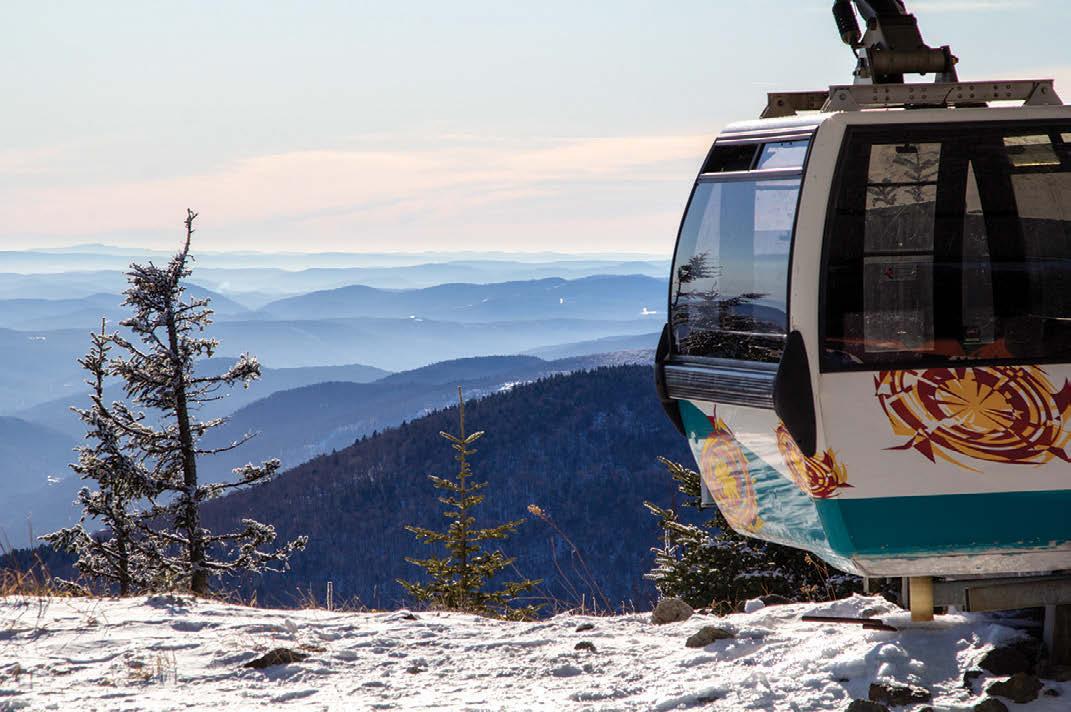
The price isn’t public, but do you think it was market value?
I think POWDR might have gotten more for it if they put it up at auction, but I think John Cumming had a soft spot for Killington and wanted to see it in the hands of locals. One thing that is important to understand is that Killington is one of the only mountains in the East that can sustain itself and invest what we’re investing back into the mountain. Most of the Eastern mountains have single digit earnings in the millions — say two, four or six million — and it’s hard to generate the money that you need beyond regular maintenance to expand the operations and lifts. The conglomerates are phenomenal for those properties because they have the money to invest.


How did you first come to ski Killington?
I didn’t start skiing until 1985 when I was 25. We rented a house in in Barnard and drove to Killington and I tried to learn how to ski but I wasn’t very good at it. And then I fell in love with a house in Killington East— just the house, not necessarily skiing. I bought the house when I was 26 and that was the beginning of my ski career. I learned to ski at Snowshed and all my kids learned there as well. Two of the four are married now and while they don’t yet have kids, we hope the grandchildren learn to ski at Killington as well.
So living off the Great Eastern trail, the Skyeship Gondola was pretty important to you?
In 2007 we thought they were going to shut down the Skyeship and that created the relationship between John Cumming and me. And now one of the first things we’re doing — and believe me, I have nothing to do with this — is replacing the cabins on the Skyeship. It’s not like I said to Mike Solimano “Mike, I live right here. Can you do this first?” It was on their list of upgrades, which I think is pretty funny. u
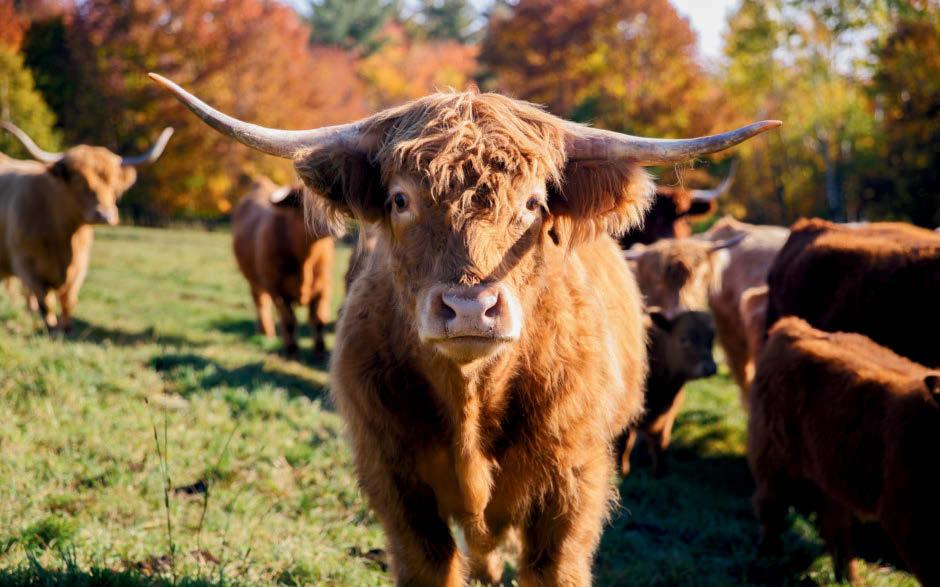
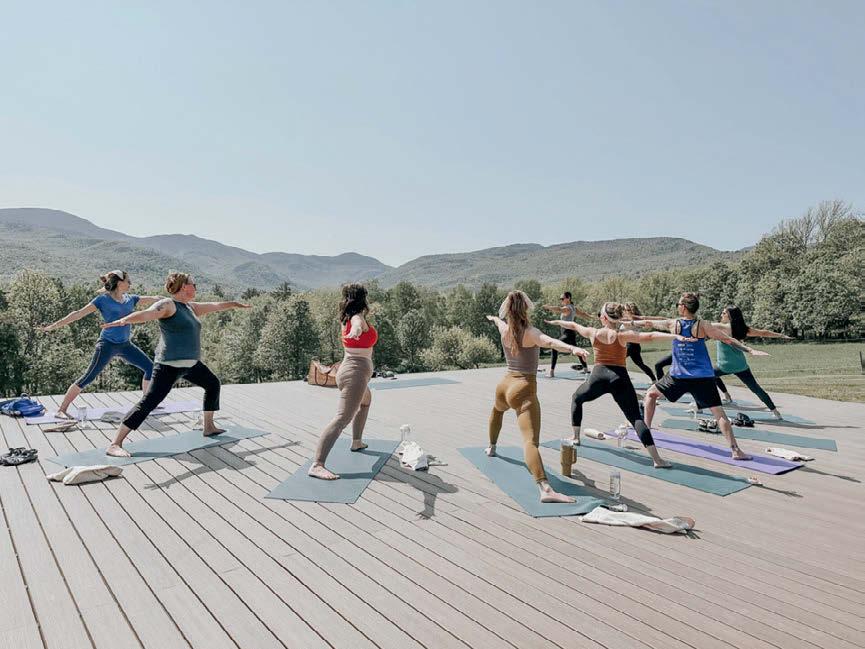

A decades-old conversation about the Skyeship gondola was a catalyst for Phill Gross connecting with POWDR’s John Cumming. Now, new gondola cars will be put in.



What happens to a ski area when it gets bought by millionaire — or billionaire —investors?
While it may seem as if ski areas are all being bought up by corporations, in recent years there have been a number of private investors who have bought back some of the best-loved ski areas in the country.
In Vermont, Win Smith an investment banker and the former executive vice president of Merrill Lynch, bought Sugarbush Resort from the failing American Ski Company in 2001. In the 19 years he and several partners in his Summit Ventures owned it, they invested more than $75 million, building out the Lincoln Peak Village with a new hotel, base lodge, and skier service buildings, doing two real estate projects, and investing in numerous mountain upgrades. When Smith decided to sell to Alterra Mountain Company in 2020, he wrote: “The multi-resort season pass has changed the landscape. It will be increasingly difficult for ski areas like Sugarbush to compete alone against Vail Resorts, Alterra Mountain Company, and others like POWDR and Boyne Resorts. The recent acquisition of Peak Resorts by Vail was the tipping point in my decision to sell.”
But in 2017, the DesLauriers family bought back the ski resort Ralph DesLauriers had founded in the 1960s: Bolton Valley Resort. Ralph cut the trails, built the lifts and owned and operated Bolton Valley Resort for 30 years until he was forced to sell to the bank in 1997. His daughter Lindsay is now CEO, son Adam works in marketing with his brother Evan and son Eric oversees operations. Under Lindsay’s leadership, Bolton Valley revamped the water and sewage system for the Bolton Valley community. The ski area has become a renowned base for backcountry skiing and the resort has created a new lift-served downhill mountain biking operation.
Magic Mountain in southern Vermont had a bumpy history of ownership and closures. But in 2016, marketing expert and local skier Geoff Hatheway put together a group of local investors to buy the mountain.
Since then, they have invested in a new Black Line quad
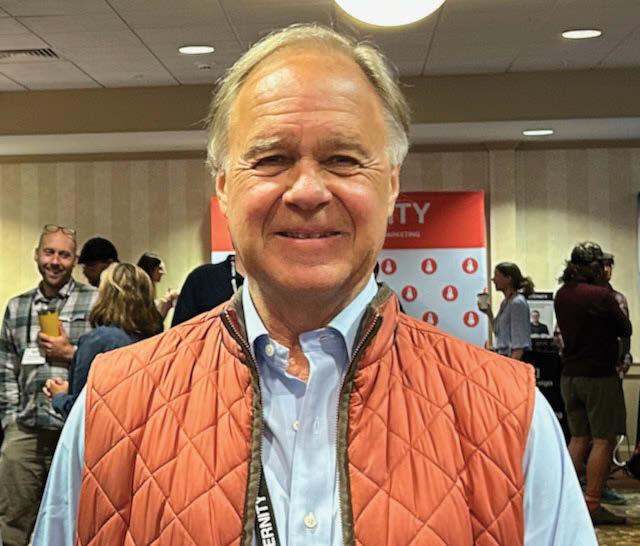
chair (purchased from Stratton) and branded Magic as fiercely independent and an alternative to corporately-owned ski areas.
However, Vermont’s ‘moguls’ are not in the same category as the billionaires who have purchased Western mountains. In 2013, Louis Bacon, a hedge fund manager and Middlebury College grad with a net worth that Forbes estimates at $1.5 billion, purchased Taos Ski Valley in New Mexico from long-time owner Ernie Blake.
Since then, Bacon has made Taos the first ski area to earn B-Corporation status, meaning it has committed to environmental standards, public benefits, accountability and transparency. In 2016, Bacon also hired former Stowe resident Dave Norden to run the ski area.
Wyoming’s Jackson Hole Mountain Resort had been in the Kemmerer family for 30 years when they decided to sell in 2023, citing the consolidation in the industry. However, before a Vail Resorts or an Alterra could swoop in, Eric Macy (an investment banker) and former Citibank CEO Mike Corbat put together a group of local investors to buy the resort.
Both Macy and Corbat were full-time Jackson residents and former board members at the resort. For 2024, the resort is replacing the Sublette lift with a faster and more powerful detachable quad that will cut riding time in half.
In 2023, Reid Hastings, the billionaire founder of Netflix, threw down $100 million to buy a relatively unknown mountain in Utah, Powder Mountain. The previous owners had bought it in 2014 for $40 million and capped day passes and season pass sales to keep it from being overcrowded. Hastings, who had owned home on the mountain, took that concept a big arcing GS turn further. He reserved 2,000 acres of the skiing terrain for people who owned homes atop the mountain and paid membership fees reported to be between $30,000 and $100,000 a year.
A headline in The Wall Street Journal last February read: “Are Billionaire Owners Bad for Skiing—or Its Only Hope?” The answer may be “both”.

























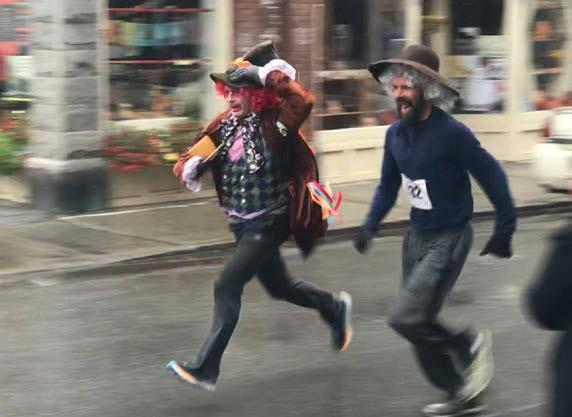

In the ski business, the path to general manager often leads through operations or accounting. This fall, the Middlebury Snowbowl took a different tack in hiring Kim Essensa as the new general manager. Essensa’s forte? The guest experience. Essensa (shown at right) grew up skiing in Maine, graduated from St. Lawrence University in 2007 and then headed to Jackson Hole where she served first as the Guest Experience manager at the ski resort and then as the customer service manager at skiwear company, Stio. Essensa came back East and was working in a similar role at Dartmouth Skiway when she was tapped to run the Snowbowl just as this magazine went to press. Down the road from the Snowbowl at the Middlebury College Breadloaf Campus, Rikert Nordic Center scored a coup in hiring Justin Beckwith, a Middlebury College grad and former ski coach and program director at Green Mountain Valley School to be the new manager. Beckwith has been a pillar of the New England Nordic Ski Association (NENSA) where he served as the competition director and boosted roller ski races. such as the App Gap Challenge.



Ever wondered how new lifts are installed? In the months bracketing the Bicknell Thrush’s nesting season (May 15 to Aug. 1) helicopters have been busy ferrying towers and concrete to and from Sugarbush’s Lincoln Peak as part of the project to replace the 40-year-old Heaven’s Gate fixedgrip triple with a fixed-grip quad chair. The new chairs will be heavier (making them less wind prone) and spaced farther apart with a conveyor belt to make loading faster. Total lift capacity will not change but the ride up will be smoother and faster.
$330,000
That’s how much the Killington World Cup Foundation awarded this year. Mount Snow Adaptive, the Middlebury Ski Club and Prospect Mountain are just three of the 33 organizations that earned grants that ranged from $1,500 to $25,000. KWCF also donated $170,000 to support athlete housing at the Killington Cup. These grants were made possible by funds raised by ticket sales at the 2023 Stifel Killington Cup. In the last four years KWCF has donated more than $2,000,000 in incremental resources to the winter sports infrastructure and youth snow sport programs in the region.
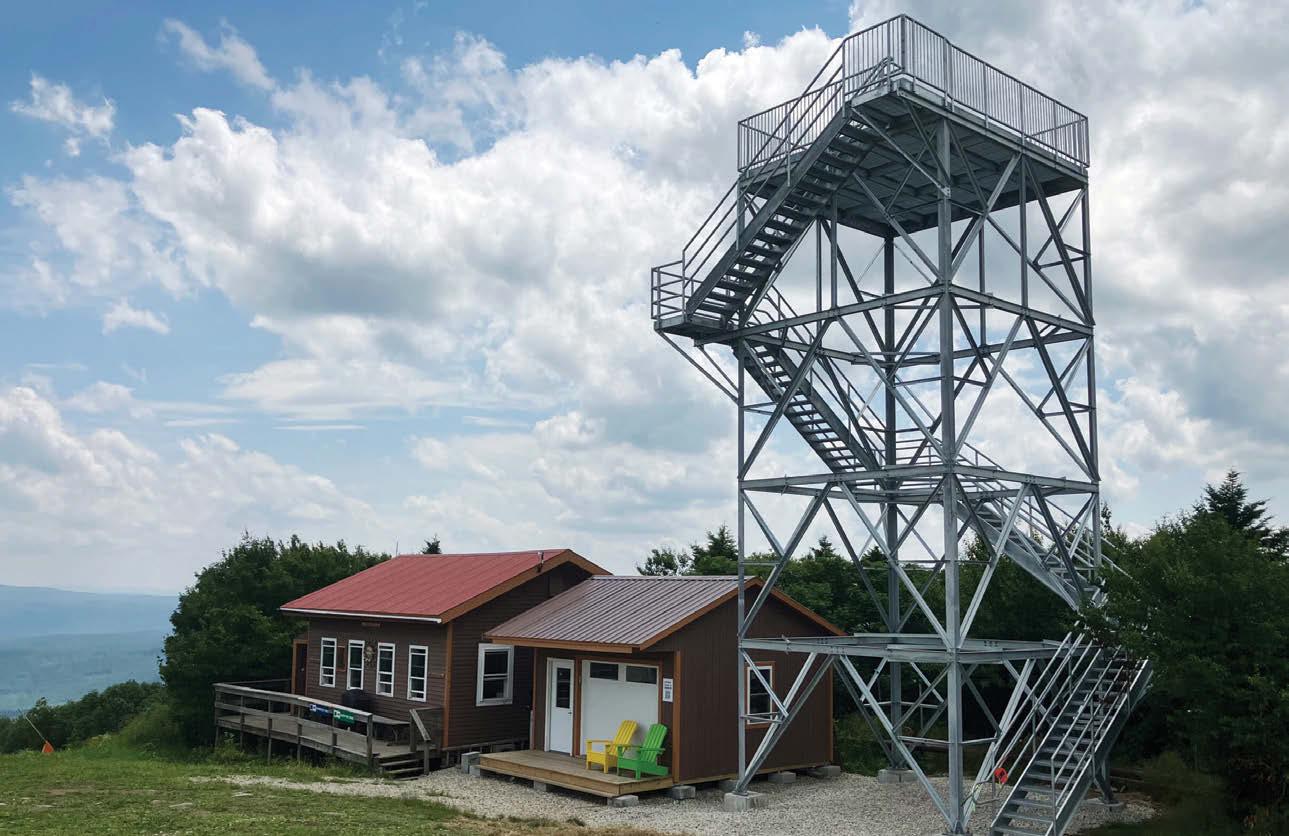
Tired of schlepping your ski gear through airports? Or trying to pick the right pair of skis to bring on your trip West? Vail Resorts hopes to reduce those hassles with its new My Epic Gear program. The way it works? You pay a $50 membership to join. That gives you the option of reserving any of 60 models of skis, snowboards and boots from 13 name brands such as Atomic, Burton, Jones, Libfest, Salomon, Stockli and others. The available skis and boards are shown on the MyEpicGear app and website. The daily cost to then rent the skis/snowboards and boots is $50 a day ($40 if you bring your own boots) or $45 for those under 12. Helmets are another $10 a day. The gear can either be picked up slopeside or delivered to your resort. At present, only 12 resorts offer the program. The good news? Three of those — Mount Snow, Okemo and Stowe — are in Vermont. All of Vail Resorts’ Colorado resorts are participating as well as Park City, Utah, Whistler/Blackcomb and Heavenly and Northstar in California.
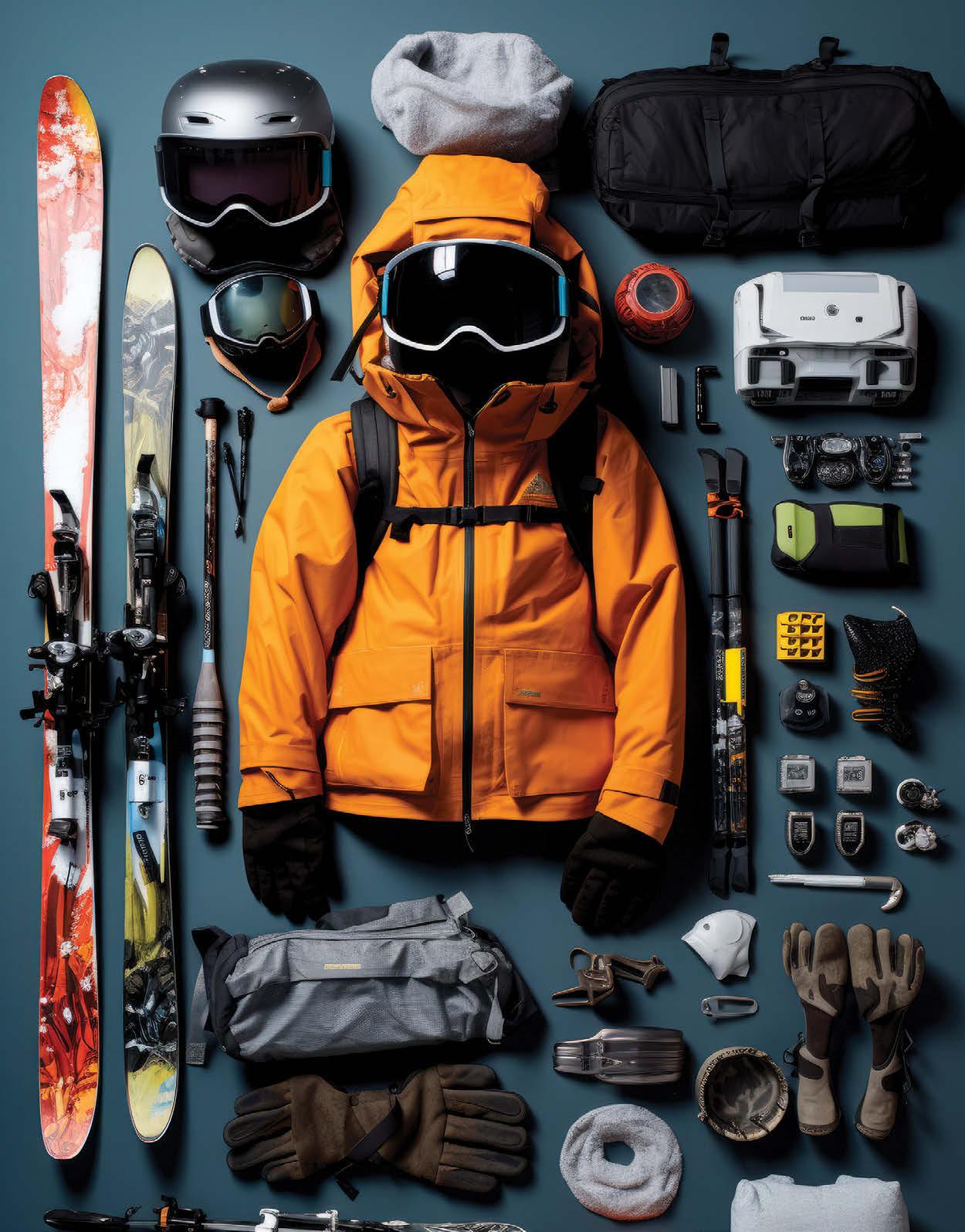
If you hike around Vermont, you may notice observation towers, some dating back to the 1920s. Nearly 38 towers were built, many to serve as watch stations for forest fires. Some of those still stand. At Bromley Mountain, the wood observation tower that was first erected in 1962 was dismantled for safety reasons in 2012. Now, thanks to fundraising and a partnership between Bromley Mountain Resort and the Vermont Dept. of Forests, Parks and Recreation, there’s a new 40-foot steel tower atop Bromley that’s managed by the Green Mountain Club. If you’re looking for some of the best foliage views in the state, take the 6-mile hike up Long Trail to the summit.

Most prices in skiing go up, especially lift tickets. If you walk up to the ticket window in Vail, Colo. on Dec. 28 and ask for a day-ticket, be prepared to fork over $329 (or $295 if you buy it online). Stowe is $239 at the window. Jay Peak, though, is $129. That’s because for 2024/25 Jay Peak (shown above) opted to freeze or even lower prices. “These past few seasons have been difficult to navigate with inflation,” said general manager Steve Wright in a release. “For the 2024-2025 season we are either freezing or reducing the costs on most of our admission products, food and beverage items and across various revenue centers.” That said, there are many other ways to save, beyond buying a season pass. A Sugarbush $399 Quad Pack, for example, includes four prepaid lift tickets that are transferable. Stratton’s Summit Saver lets you buy four or five days of tickets ahead of time for just $89 a day. Perhaps the best deal we could find was a night-time season pass at Middlebury’s Snow Bowl: Just $149 for the season (nights only). And if you are willing to commit to Bolton Valley Resort, its Green Pass is back: five unrestricted winter seasons of skiing for $3,000 (or $2,600 with blackout dates.)

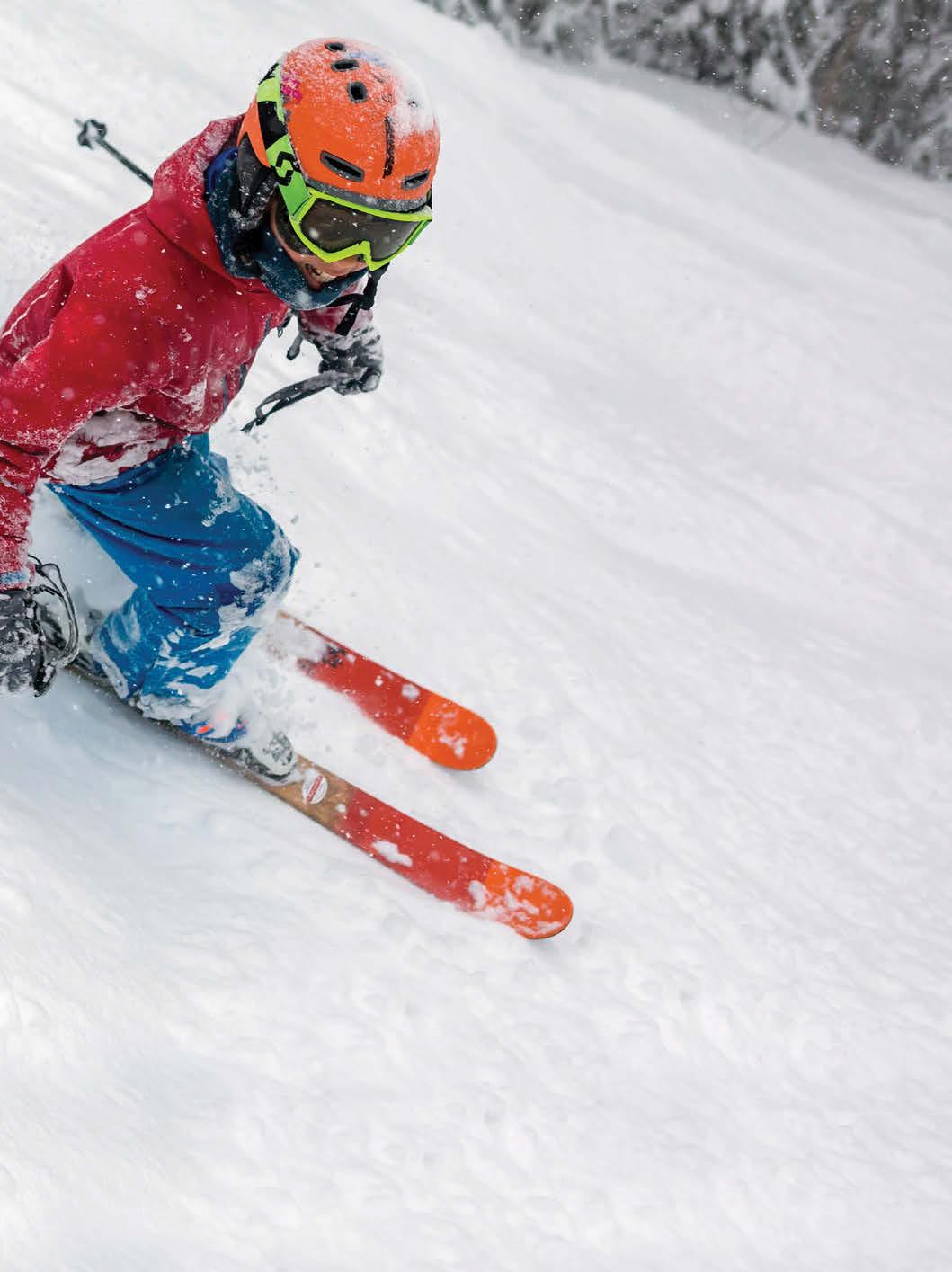






Scandinavians have long made it a practice to combine saunas and cold plunges. Now, more and more places around Vermont are offering that option. By Lisa. Lynn

If you see someone jumping into an icy brook in the middle of February don’t be surprised. Cold water therapy, a regular practice in many countries that rim the Arctic Circle, has long been used by athletes to reduce inflammation. For instance, coaches such as former Stowe resident Bud Keene, long-time coach of such star snowboarders as Shaun White, swear by it to help relieve sore muscles.
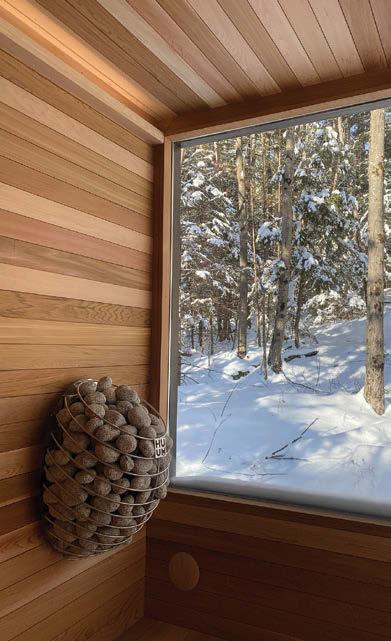
Studies have shown that in addition to decreasing inflammation, regular immersion in cold water can create a higher antioxidative defense system, lower blood pressure, and boost the immune system.
Some studies have also shown ice swimming can increase insulin sensitivity, cause a drop in triglycerides, and increase cortisol, according to a meta study published in Dec. 2020 in the International Journal of Environmental Research and Public Health
For some, cold water immersion is about swimming, for others it is part of a practice that has been popularized
by the Dutch extreme athlete and cold-water guru, Wim Hof. Hof has the record for running a marathon barefoot in snow and ice, and swimming 57.5 meters under ice. He developed the practice of cold-water therapy, meditation, yoga and breathing now known as the Wim Hof Method. Today, Hof has an international network of instructors who make taking short ice baths a practice.
Rob Williams, 54, of Waitsfield is a Level 2 Wim Hof certified instructor. He teaches cold water therapy as part of his NORDIC Flow coaching program, which focuses on multiple modalities of breathwork. Williams, a former ultrarunner, hosts events all around the country and has taught the Wim Hof method at the Burlington Surf Club.
“The Wim Hof approach has three pillars – ice, mindset and breath—and it helps build resilience,” he explains. “As humans, we evolved to deal with all the stresses of the natural world – cold, hunger, you name it. But today, we have so little physical stress in our lives, that by inducing this little bit of stress and training our bodies to deal with it in small doses, it creates a hormetic effect that’s been proven to help as we age,” says Williams, a journalism professor with a Ph.D. in history. Williams recommends beginning with cold showers. “I started out with a trough from my yak farm that I filled with ice and a few times a week I’d submerge in it. I came out feeling energized,” says Williams. “It really clears your mind.”
For Stowe’s Tim Bettencourt, the mind is what led him to become a certified Wim Hof instructor. “I’d hit this rock bottom stage in my life where I was drinking too much, not eating properly, had career troubles and I needed a change. When my father was diagnosed with Alzheimers, I started reading more and more about brain health. I discovered that inflammation has so much to do with how your brain functions and mental health, and repeated sessions in cold water can help” he says. “I’d also played football in college and knew what a few concussions can do to your brain.”
At the encouragement of a coach, Bettencourt changed his life drastically – working up to running the Catamount Ultra Marathon near his house in Stowe. He left his career as a financial analyst and started his Vigor Outdoors coaching program, using the outdoors as a gym and incorporating the Wim Hof Method as

one of his offerings.
Participants in his Stowe practice do a core workout in the fitness center, learn the breathing techniques and then submerge themselves in a barrel filled with ice.
Perhaps the flip side of ice baths are saunas. In 2020, a researcher reviewing past studies found that sitting in a hot sauna provokes a physiological response that helps regulate the hormones associated with stress response. That’s a fancy way of saying, it helped participants relax.
Studies have also shown a correlation between frequent sauna use and better sleep, protection from heart disease and a reduction of systemic inflammation.
Most spas around the state – such as those at the Woodstock Inn or Topnotch Resort, have saunas. But more and more saunas are springing up at places where you can also do a cold plunge. While for some, rolling in the snow is enough of a way to cool down,
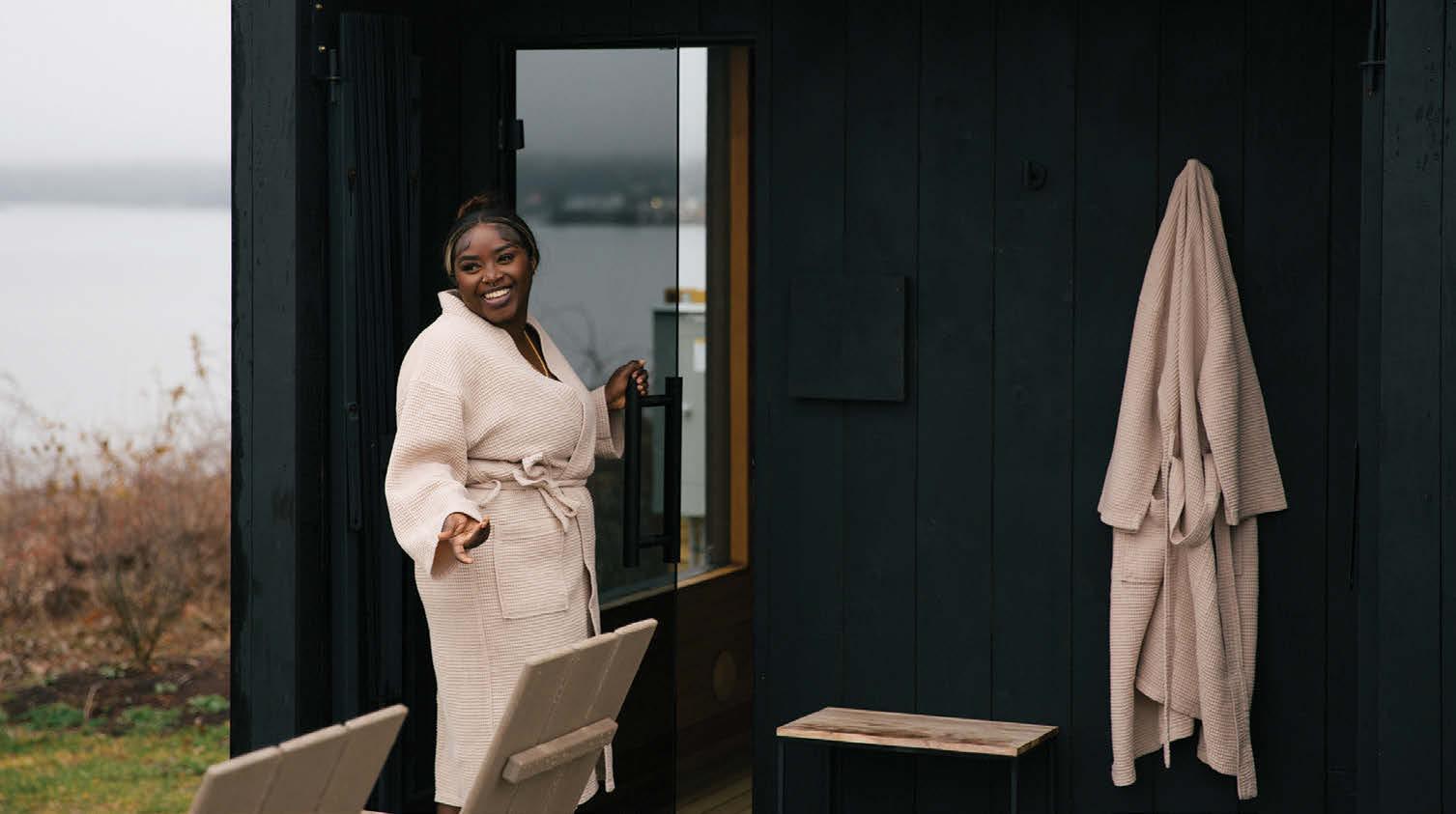
and for $25 you can spend an hour taking a sauna, going for a cold plunge by the falls and then relaxing by an outdoor fire pit. There’s a changing room and eucalyptus infused towels are add-ons.
You can also book one of the two Warren saunas for a private session for $70. Savu also has a sauna
Spend your season exploring the slopes of Vermont's friendly mountain. Grab a Vermont Student Pass for unlimited access to Pico Mountain all season long, plus perks for you and your family, including discounted lift tickets,, 50% off rentals, 15% off retail, food & beverage and more. This pass is available exclusively for Vermont students in grades K-12 for just $134. Proof of eligibility is required.
Scan code to learn more and purchase or visit picomountain.com/seasonpass.


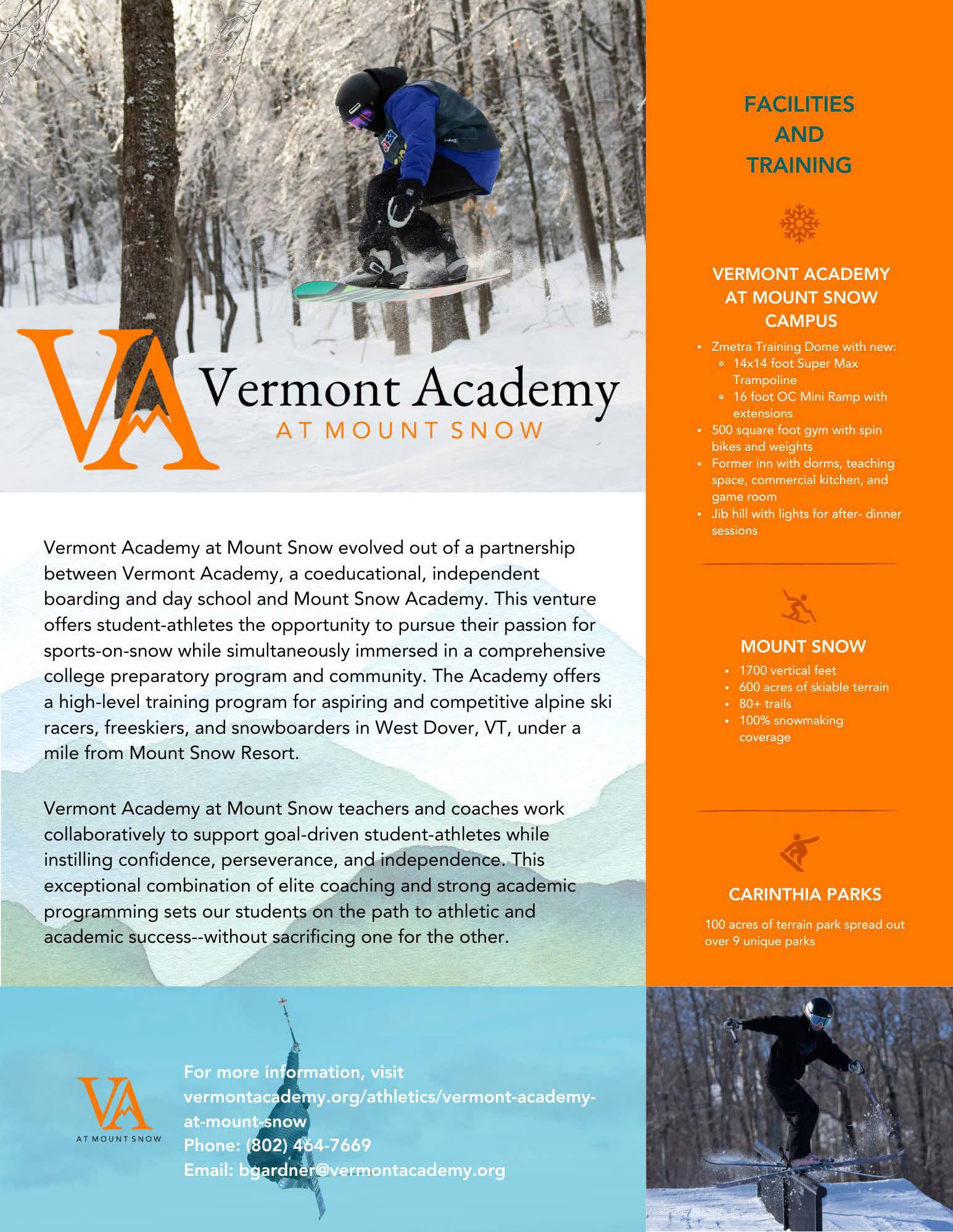
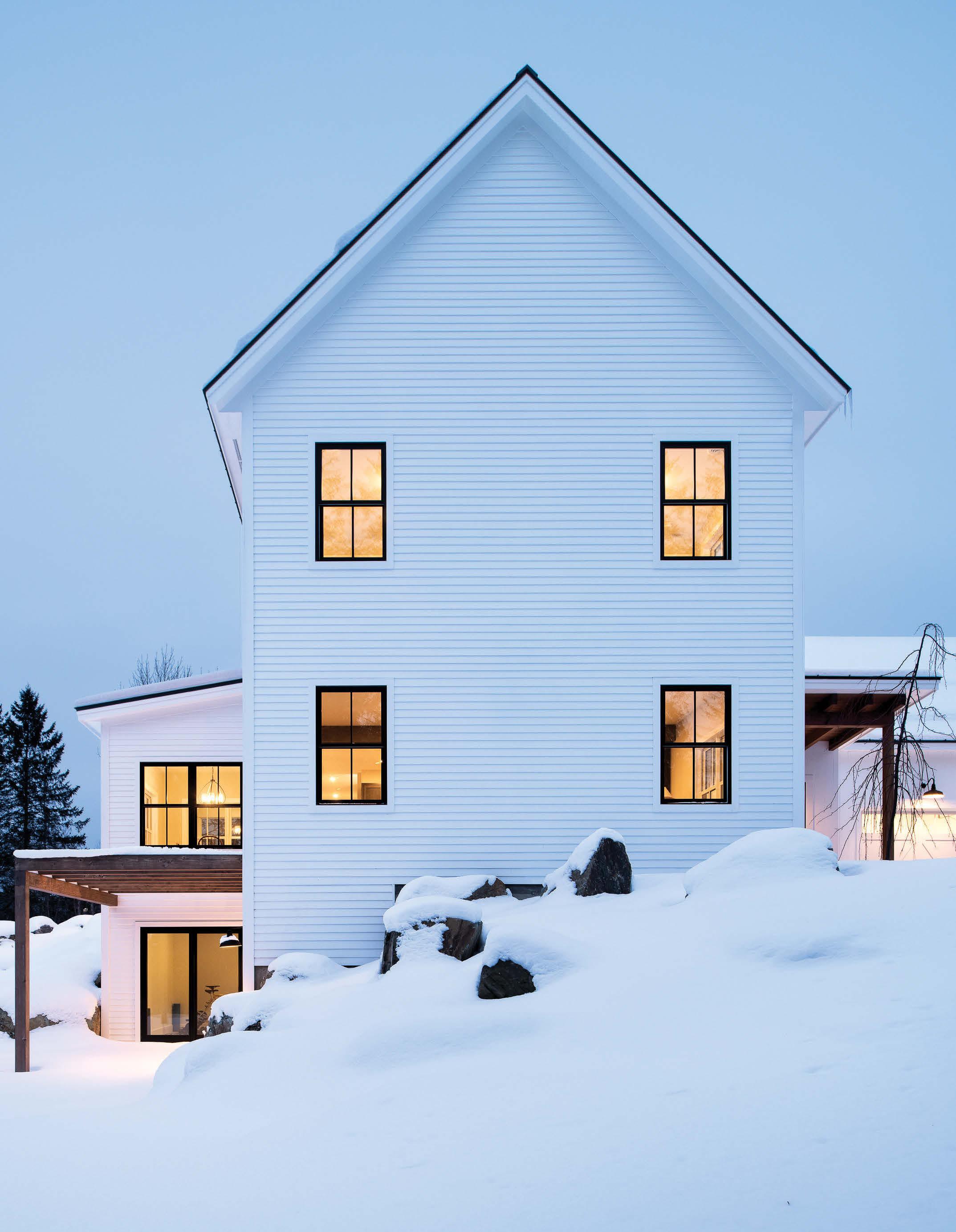
Thirty-two years after they built their first home, a couple had a chance to build a second home in Stowe. This time, they knew exactly what they wanted—and got it in spades.
By Lisa Lynn


Pull into the driveway of the Gladstone’s home high on a hill in Stowe and the first thing you are struck with is the view. Mount Mansfield is framed through a tall window in the entry. The view extends from the entryway, through the kitchen to the dining room where windows frame the mountain like a postcard.
“That was intentional,” says owner Julie Gladstone. “Erika actually moved the house site 10 feet over on the lot so that we could line up that view and you could look through the entry to the mountain. She also sited the kitchen island and counters just so you would have an unobstructed view.”
Erika is Erika Dodge, the principal of ELD Architecture, an architect who moved to Stowe from Lake Tahoe several years ago with her husband, a builder, and young family. “What we loved about Erika is that she really married the classic modern farmhouse design with touches from Lake Tahoe, like the sloping roof over the entryway,” says Julie.
The Gladstones had been coming to Stowe for many years. Avid recreational athletes, they were drawn first by the cross country skiing at the Trapp Family Lodge and later by the cycling on quiet roads.
They bought a timeshare at the Trapp Family Lodge,
and then a condo in town. In 2008, they came across a 7.5-acre lot in Stowe Hollow that looked appealing. They bought it.
“It sat empty for more than 12 years,” said David, who was just back from a cycling trip in Italy. Occasionally the couple would walk the property. It wasn’t until they began looking at homes for sale in Stowe that they began to consider building on the lot. “We looked at a lot of nice places, but none were on lots as nice as ours,” he says.
“I would walk my dog in the village past Tim Meehan Builders,” David recalls. One day he went in. David and Tim Meehan clicked and Meehan gave him the names of three architects.
Though Meehan had never worked with her, he had heard good things about Erika Dodge of ELD Architecture. The Gladstones chose her.
The decision to build came right as the pandemic settled in. “The challenge then was getting materials,” said Meehan. He worked with Planet Hardwood in St. George to secure the floorboards and the ash beams. “We were able to buy all the wood even before we started building and stockpile it,” he said. That also saved the Gladstones money.
The other challenge was translating what the Gladstones’ wanted for living spaces into architectural plans. “We were
in Connecticut for much of that time during the pandemic so we ended up doing a lot of video calls with Erika and talking on the phone. She was great in that she talked to us about how we live, what we do when we are in Vermont and what our lifestyles were like,” Julie recalls.
The couple talk excitedly as they tick off the things they wanted in the house and, now that it’s built, what they love: “We knew that Julie wanted an art studio, which she has on the first floor. I have an office on the second floor and I can periodically work remotely from there. We did a whole bunch of things that reflected the way we live now, like the garage,” says David.
Julie picks up from there, “We joke about how many bicycles we have — I think there are 6 or 7 there — but it’s a heated garage so if David wants to work on his bikes in the winter he can.”
The Gladstones are dog people. Their latest is a rescue they got from North Country Animal League. One of the more creative features in the home is a mudroom that is closed off to the foyer by sliding barn doors. It also has a door that opens into the garage and has a separate Dutch door that opens to the hall in back of the kitchen. “We close the bottom half of the door when we have company
Erika Dodge of ELD Architecture designed the entryway (below) so that the views as you approach the house extend through the kitchen (left) and out the dining room windows to Mt. Mansfield. Builder Tim Meehan purchased all the wood for the floors and the beams from Planet Hardwood, in St. George, Vt., which specializes in using sustainable-sourced wood and other materials.

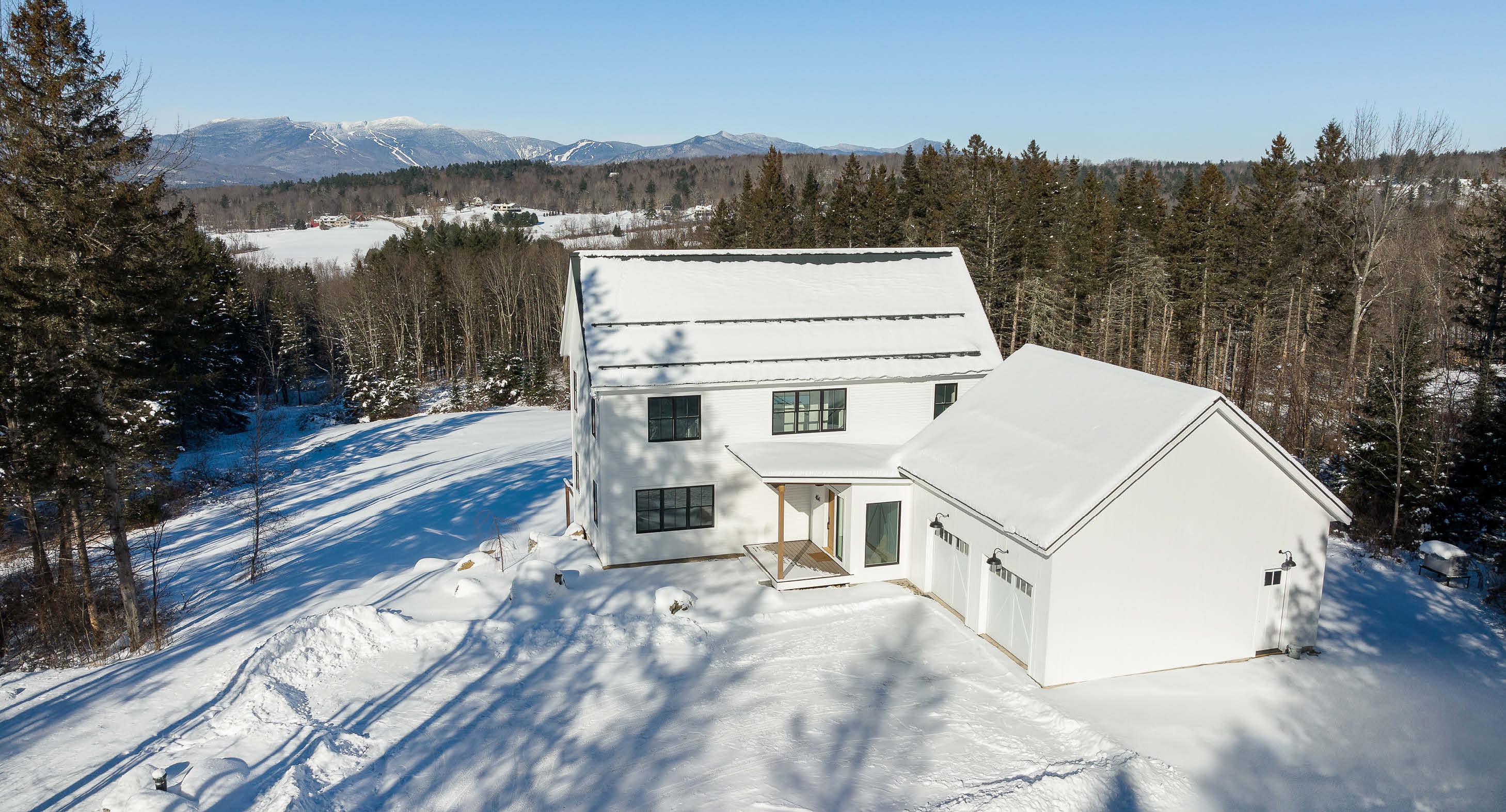

so our dog can peek out the half and be part of things but not underfoot,” Julie explains.
The couple didn’t need or want a huge house – there are just two bedrooms and two baths upstairs and a third bedroom and bath on the walk-out lower level.
Still, Dodge and Meehan persuaded them to put in a five-bedroom septic and Dodge designed the home on the lot so that it could be easily added onto.
“We don’t have kids, we just have our dog, and Julie’s got a horse,” says David. “I realized that we probably could have gotten more return on investment if we had built bigger and then sold it at some point, but that wasn’t what we wanted. So, we built just what we wanted.”
The main entry of the house has long vertical windows that frame the views and let light spill in. Just inside the entry, the large open-plan kitchen faces a stone fireplace and living area and off to one side, a dining table is positioned beneath a row of windows that frame the mountains.
A short hallway leads to a screened-in porch on the western side and Julie’s studio where she is working on watercolors. The studio can easily disappear, closed off by more barn doors. Upstairs are two bathrooms, two bedrooms and David’s office.
On the lower walk-out level is a huge laundry room,



an exercise room where the couple keep their bikes mounted on trainers in front of a big TV screen. That room leads off to a guest bedroom that opens out onto a small patio, shaded by a pergola.
Outside, Martin Werth landscaping used several of the large stones that were found on the property to create a patio and a stunning firepit.
Many years earlier the Gladstones had built their current home in Connecticut. “I love our house there,” Julie says. “It’s been our home for 32 years, but it just doesn’t feel like us the way this house does. We now know ourselves better and I feel like we use every part of the new house as it was designed to be used. It’s us.”
Perhaps the best testimonial to how well the building and design process went was that when the project was done the Gladstones wanted to keep the sign that was posted by the road during construction. It hangs in the garage where it proudly proclaims: Tim Meehan Builders and ELD Architects. u

The type of wilderness I enjoy is hard to define, but I know it when I experience it. It’s standing alone on a ridge late in the day on a cold December afternoon. Wind blowing, snow flying, sweat freezing on my back, and my red fingers gripping a muzzleloader as I chase a deer until sunset. It’s having to paddle a rowboat back to camp across the lake in the dark after my struggling 2.5 Suzuki outboard fails. It’s finding a streambed on a mountainside filled with so much snow that the untouched powder below my skis feels endless. These places are wild to me, and I seek them out because they offer moments of solitude, freedom, fear, and thrill.

in the backcountry. But at what cost?
By Jesse McEntee
I was first able to give these feelings context after reading “Wilderness Ethics,” Guy Waterman and Laura Waterman’s landmark environmental call to action, published in 1993. Even then, the Watermans were asking how technology would transform our experience of being outdoors. Thirty years later, the question is: What exactly does it mean to be in the wilderness?
Humans have been systematically un-wilding the earth for a long time, but this process has rapidly accelerated in the past 150 years, as roads, electricity, cellular networks, and broadband have greatly simplified exploring and living in remote places. Today, there are many people in areas where there used to be few. In the backcountry, this influx leads to overuse and degradation of the natural landscape. One need look no further than crowded trailhead parking lots and trail erosion for proof.
Guy and Laura Waterman moved to Vermont in the 1970s as part of the Back to the Land movement. They homesteaded and became preeminent figures in New England’s hiking and climbing communities. The Watermans’ numerous books laid the foundation for modern backcountry ethics; their prescient observations and recommendations are as relevant today as when “Wilderness Ethics” was published. Already in 1979, when their first book, “Backwoods Ethics,” came out, the Watermans were concerned about the symptoms of overuse they observed during their adventures in the mountains. Northern New England once had seemingly unlimited space to explore and make camp, but this limitlessness declined in the 1960s and 1970s as more people ventured out to escape the city. Recollecting an encounter with a group of Boy Scouts in the mid-1960s in the White Mountains, the Watermans described a scene that is startling by today’s backcountry standards. After realizing that the shelter couldn’t accommodate the scout troop, the boys made a new camp farther down the trail:
“. . . a beehive of activity, centering around an enormous jerry-built lean-to, large enough to sleep 14 underneath, with long fresh-cut poles (some up to six inches in diameter) lashed together and covered over with a thick matting of fresh-cut evergreen branches. . . . Just multiply that troop of 14 by several hundred other Scouting outfits, summer camps, outdoor clubs, and college outing clubs . . . try to imagine what would be left of the woods, had that pattern continued unchecked.”
The ethic the Watermans advocated for involved treading lightly: Use a camp stove, sleep in a hammock, stay off alpine vegetation, and leave your dog at home. Pack it in, pack it out.
Don’t litter the woods with plastic flagging.
This is basic appropriate outdoor behavior that ensures future enjoyment of unspoiled places. What happens, though, when we add to the mix technology and the promise of unlimited connectivity, even in the world’s remotest places? This question already concerned the Watermans when they published “Wilderness Ethics.”
“All too evident today are the thousands of affluent but nervous people, seeking some sort of synthetic physical challenge,” they wrote. “In every outdoor activity that once demanded well-earned skills and genuine honest-to-God risk, you can now buy a guided weekend of imitation thrills on a guaranteed no-risk basis.”
And in the three decades since “Wilderness Ethics” was published, technology has rendered our wild places less wild, our remotest places less remote, if only virtually.
Crowds, connectivity, and safety replace the sense of wildness, danger, and the unknown that make heading to the outdoors so thrilling. I once listened to a person make dinner reservations while eating lunch at the top of Vermont’s Mount Mansfield. Did I imagine it or was she speaking louder than necessary so we could all hear the posh restaurant’s name?
As our technological capabilities expand, the size of our wilderness shrinks, which raises the question: How un-wild do we want to make wilderness?
The story of two people killed in a Canadian national park in fall of 2023 was widely reported. A repeated detail was that the couple used a Garmin inReach device to send an SOS that included their coordinates and the final ominous message “Bear attack bad.”
Satellite communicators aren’t new, but their cost has decreased considerably in recent years.
‘A Cabela’s flyer I received this August has Garmin’s
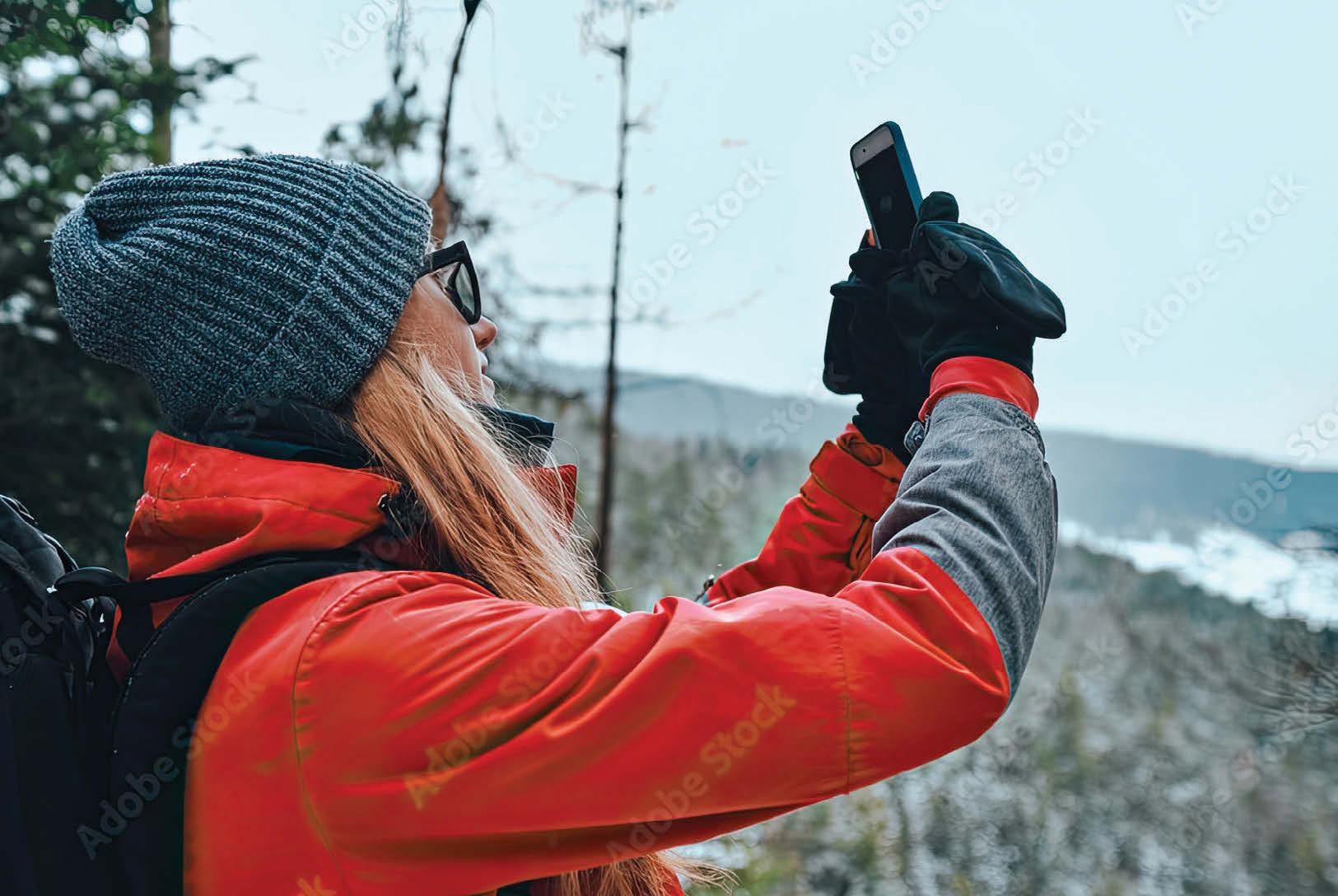
In Vermont, there are plenty of placees where cell service is sparce.

inReach Mini Satellite Communicator for sale at $249.98. I bought one three years ago, and I cannot overstate the number of logistical challenges this little device has helped resolve.
My family no longer wonder where I am or if I’m OK, and my buddies can quickly adapt to circumstances, saving hours of driving. Every October, November, and December during hunting season, I splurge on the $64.95 a month plan, which allows me to send unlimited text messages from anywhere and to anyone on the globe.
Satellite communicators have saved the lives of even experienced outdoors people, such as a Colorado hiker who became stranded on a ledge in unpredictable conditions in Rocky Mountain National Park in the summer of 2022. No one would deny that it was a great thing that he entered the woods with a satellite beacon in his gear. But how should we feel about the guy who proposed to his girlfriend using his Garmin inReach while backpacking in the Sawtooth Range of Utah.
As advanced connectivity technology becomes ubiquitous, I look back at the Watermans’ discussions of wilderness ethics and wonder if wilderness even exists anymore. Safety and preparedness are paramount to any outdoor adventurer. But so is adventure. And if global communication via a device that fits into the palm of our hand is the outdoors enthusiast’s new normal, one wonders just how wild the wilderness can be.
As we venture into the outdoors, do we leave no trace or do we litter? Do we stay in designated campsites or do we make new ones, cutting trees for a single night’s stay? Do we trample the alpine vegetation, destroying it, or do we stay on the designated trail? For most stewards of the outdoors, the answers to these questions are obvious.
The more complex choices relate to the mental spaces we carve out for ourselves. Just as “Wilderness Ethics” was published, cellphones were on the cusp of becoming commonplace. Today, cellular coverage and social media have created a new set of challenges.
Do we post the location of a remote campsite, fishing spot, or ski line on social media? Do we need 100 percent connectivity at all times? Is it even possible to get lost anymore? Is the possibility of getting lost integral to the wilderness experience?
If more people want to access public lands, that’s a good thing. But how can we accommodate the variety of interests and abilities without turning the entire globe into one big connected playground where ever-fancier gadgets replace skill? Navigating where contemporary connectivity and wilderness preservation meet is pivotal; overuse of wild spaces challenges the core of solitude and wildness, redefining the concept of wilderness.
I remember shooting a deer in a remote area before I owned an inReach. After I caught up with the buck, I rested my muzzleloader against a little striped maple, and the deer’s last few breaths dissipated. The deer had led me on a chase into an unfamiliar zone. Removing my iPhone from my pocket and sealed quarter-gallon ziplock bag, I planned to look at my map, figure out where I was, and call my buddy to help me field dress and drag the deer.
As I stood above that buck, clumped snowflakes melted on our backs. Unlocking the screen of my iPhone with numb fingers took three tries. Google Maps opened, and I started typing a text to my buddies: “Got one!” The message wasn’t sending, and the map wasn’t loading. I looked at the upper right-hand corner of the screen. “No Service. “
Chuckling to myself, I got to work. For the next two hours, I was alone but not lonely. It was a solitude that was precious and fragile, a solitude worth preserving. u
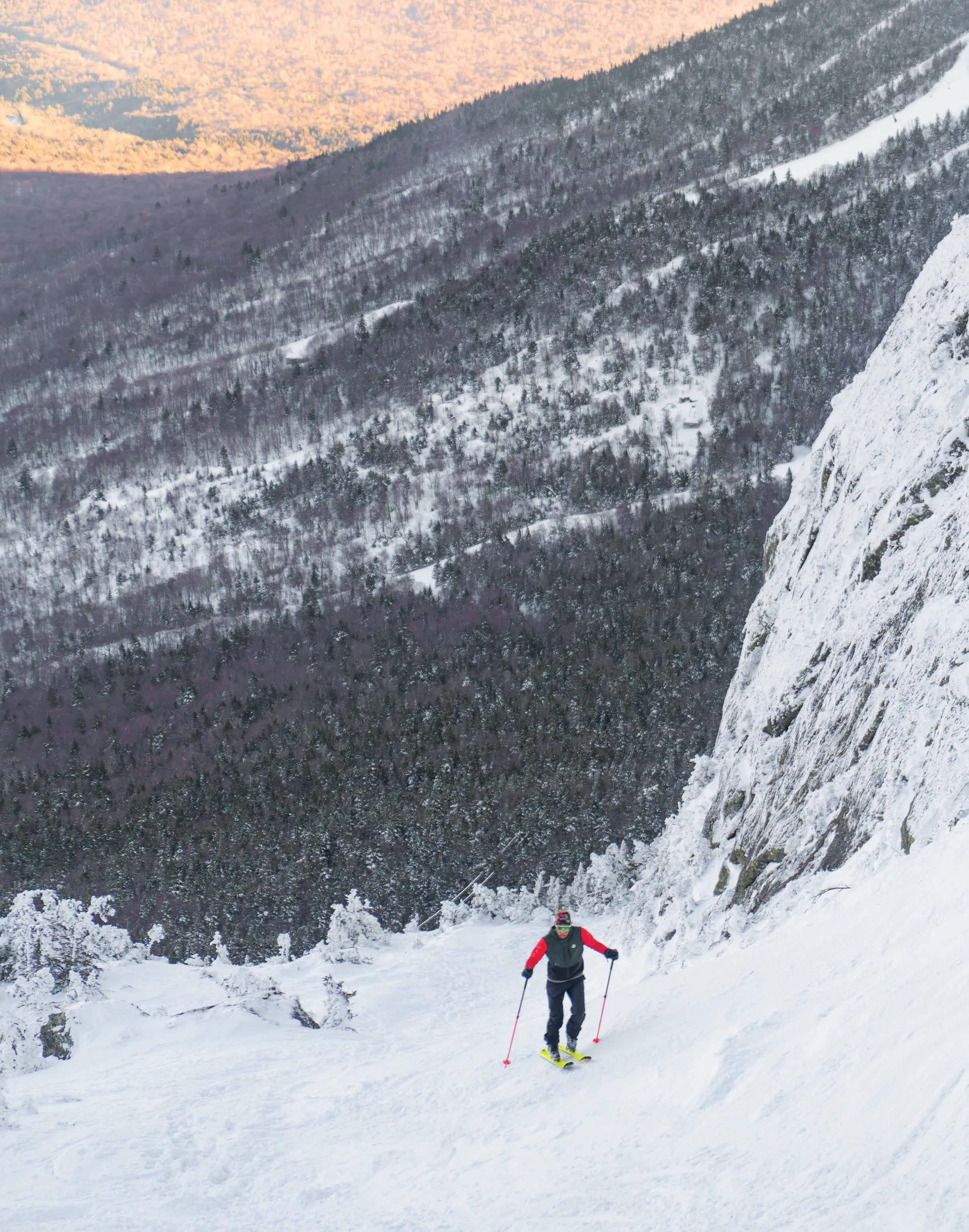
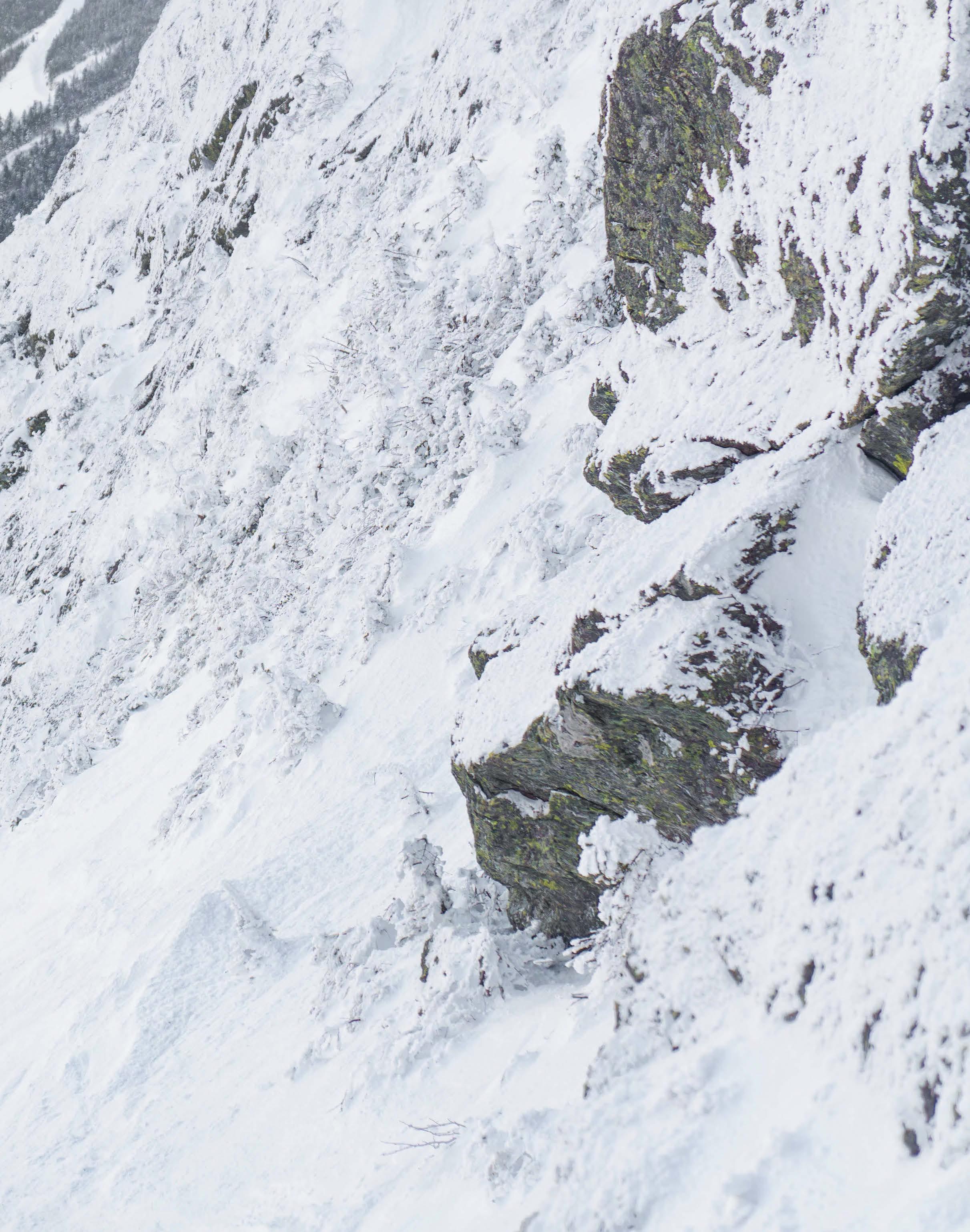
IN 2024, NOAH DINES SET OUT TO SKI 3 MILLION HUMAN-POWERED VERTICAL FEET UPHILL. IN DOING SO, HE WOULD BREAK A RECORD SET BY HIS FRIEND AND STOWE NEIGHBOR, AARON RICE. BY LISA LYNN
BBefore dawn on a January morning in 2024 a steady stream of cars pulls into the parking lot at Stowe Mountain Resort. Skiers get out and stretch, cups of coffee steaming from their gloved hands. In the waning darkness, they ease their feet into all-terrain (AT) or even lighter ski mountaineering (skimo) boots, adjust headlamps, and pull climbing skins over ski bases. Then they click their toes in, lift their heels and start climbing.
At the top, they rip off the skins and zig zag down in the predawn light. Many then head to work. Some will do another lap or two as the sun rises over the Worcester range.
Noah Dines, a lanky 29-year-old with frizzy ringlets trailing behind his buff, will keep doing laps for as long he can before the lifts start operating and Stowe Mountain Resort closes all but one trail to uphill traffic.
Dines has plans to keep skiing uphill as much as possible in 2024, more precisely: a record-busting 3,000,000 humanpowered vertical feet in a calendar year. That’s just counting the uphill feet.
Aaron Rice is another skier you might spot at a trailhead in Stowe. A University of Vermont grad, Rice is perhaps the only person who can fully understand the magnitude of the goal Dines has set. That’s because a big part of Dines’ goal is to beat the record of 2.5 million feet that Rice set in 2016.
Rice did so while skiing around the West, from Utah and Colorado to California and Oregon, as well as in Argentina and Chile. During that time, Rice broke his hand in a fall and continued skiing in a cast. He also overtrained to the point where his body couldn’t heal, and he had to take time off.
But by December 29, 2016, Rice, then 26, had logged 2,506,499 feet, breaking the 2 million record Greg Hill had set in
2010. At the end of a film about Rice’s record year “2.5 Million,” filmmaker Tyler Wilkinson-Ray asks, “What will you say to the person who wants to ski 3 million?” Rice responds: “I can’t wait to watch.
Aaron Rice and Noah Dines have remarkably similar backgrounds. Both grew up outside of Boston, skiing and ski racing at Nashoba Valley. Both later moved to Stowe.
Rice clearly remembers the first time he encountered Dines. “It was a spring day, and we were both skinning up Spruce Peak and I see this guy wearing just the shortest of shorts, ski boots and nothing else, long hair flying and just being kind of loud,” he remembers.
“I knew who Aaron Rice was, of course,” says Dines, speaking by phone as he huffed up a slope in Chile in late August. “But I thought he hated me. Aaron is really quiet and shy, especially in the early morning when we’d see each other at trailheads.” It wasn’t until both Stowe skiers were at a skimo race at Bolton Valley that Dines realized he’d been wrong about Rice.
`“We were both putting on our skins and Aaron looked over and said ‘Hey Noah, how was your day?’ I was like, ‘Wow, the dude knows my name! Later on, we connected on a bike ride in Quebec and that’s when we really started talking.”
Dines was a relative newcomer to Stowe at the time. Like Rice, he had grown up skiing at Nashoba Valley, a 240-vertical foot hill just outside of Boston. He got more into backcountry skiing while working as an educator at the Kieve Wavus Education, an experiential learning camp in Nobleboro, Me. There, he would skin up Camden Snow Bowl on heavy telemark gear.
In 2019, Dines accepted an offer to teach French at Stowe’s Mount Mansfield Academy. “I couldn’t think of a reason not to move to Stowe,” he says. He began skinning regularly but was



soon sidelined by an injury. “I was ice-climbing in Smuggler’s Notch when I had a ground-fall, which was bad.” Then, in March 2020 the pandemic shut everything down.
“I didn’t have many friends in Stowe at the time and the teaching became all remote,” Dines recalls. “So, I started skiing and skinning every day, grinding out 5,000 feet or so.” In early 2023, after a date in Burlington that didn’t go well, Dines spoke to his camera: “It’s February 6, 2023, and I think I want to ski 3 million feet in 2024,” he said and posted it to Instagram. Rice was there for him. “Aaron said ‘Don’t kill yourself. Make sure you eat enough. And ‘I’ll be cheering you on,’” Dines recalls.
Dines set out at midnight on New Year’s Eve in Stowe, hit a button on his Garmin watch and began recording the first of thousands of laps he would ski from the Green Mountains to the Andes, the Alps to the Cascades.
There is no Guinness Book of World Records entry for uphill skiing in a year. “There’s really no way to verify it,” says Greg Hill who first put the stake in the ground by logging 2 million vertical feet in 2010. Hill, a professional skier based in Revelstoke, B.C. says “I didn’t tell anyone what I was doing until mid-February when I posted to my blog.”
For Hill, it was as much about ski mountaineering as it was going uphill. He skied, by his own estimate, 80 percent in the backcountry and mainly on fat skis. “For me, it was about an adventure – skiing 77 different mountains, doing first ascents and expeditions. It was adventure with a number. I think for Noah, it’s more of a number, with an adventure.”
Aaron Rice was living in Utah when he began his year of uphill skiing and much of his efforts, too, were in the
backcountry, meaning he was often breaking trail on his ascents and using fat skis, by his estimate, 96 percent of the time. Both men accomplished their goals by chasing the snow, traveling around the western U.S. and heading to South America in summer months. Both were accomplished backcountry skiers.
Dines took a different approach. Unlike the other two recordsetters, he opted for lightweight ski mountaineering (skimo) gear from his sponsor, Fischer. His boots were the Fischer Travers CS touring boots that weigh in at around 980 grams. For skis, Dines mostly used either the Fisher Transalp RC, a superlight, 680-gram ski with a 65-mm waist or the Transalp 86 CTI Pro. He planned to do much of his skiing on packed terrain and mitigate the avalanche danger that backcountry powder forays might entail.
Dines may not have started out with the same level of backcountry skiing experience the other two had, but he made up for it in fitness. “I wasn’t ever a high school or college athlete,” Dines admits. “But I was pretty fit and strong for a recreational athlete.”
That might have been an understatement. In October 2023, for instance, Dines happened to be in Flagstaff, Ariz., and decided to bike from there to the Grand Canyon, run it rim to rim, some 42 miles, and then ride back.
As Dines described it: “It is 75 miles from Flagstaff to the Canyon. The day after I arrived, I started my run at 2:45 am. There was a super moon, and it was just incredible to be there, running with my headlamp and nobody around and then seeing the canyon come alive with flora and fauna. It got to 106 degrees at the bottom of the canyon, but it was absolutely incredible. It was the hardest run I’ve ever done.”

Aaron RIce based out of Utah when he began his quest to ski 2.5 million vertical feet uphill in 2016. Rice, by his own estimate, skied off-piste 90 percent of the time, often breaking trail to seek powder. His efforts took a toll on his body, however, and during his year, it broke down. His advice to DInes? “Eat enough and don’t get too tired.”
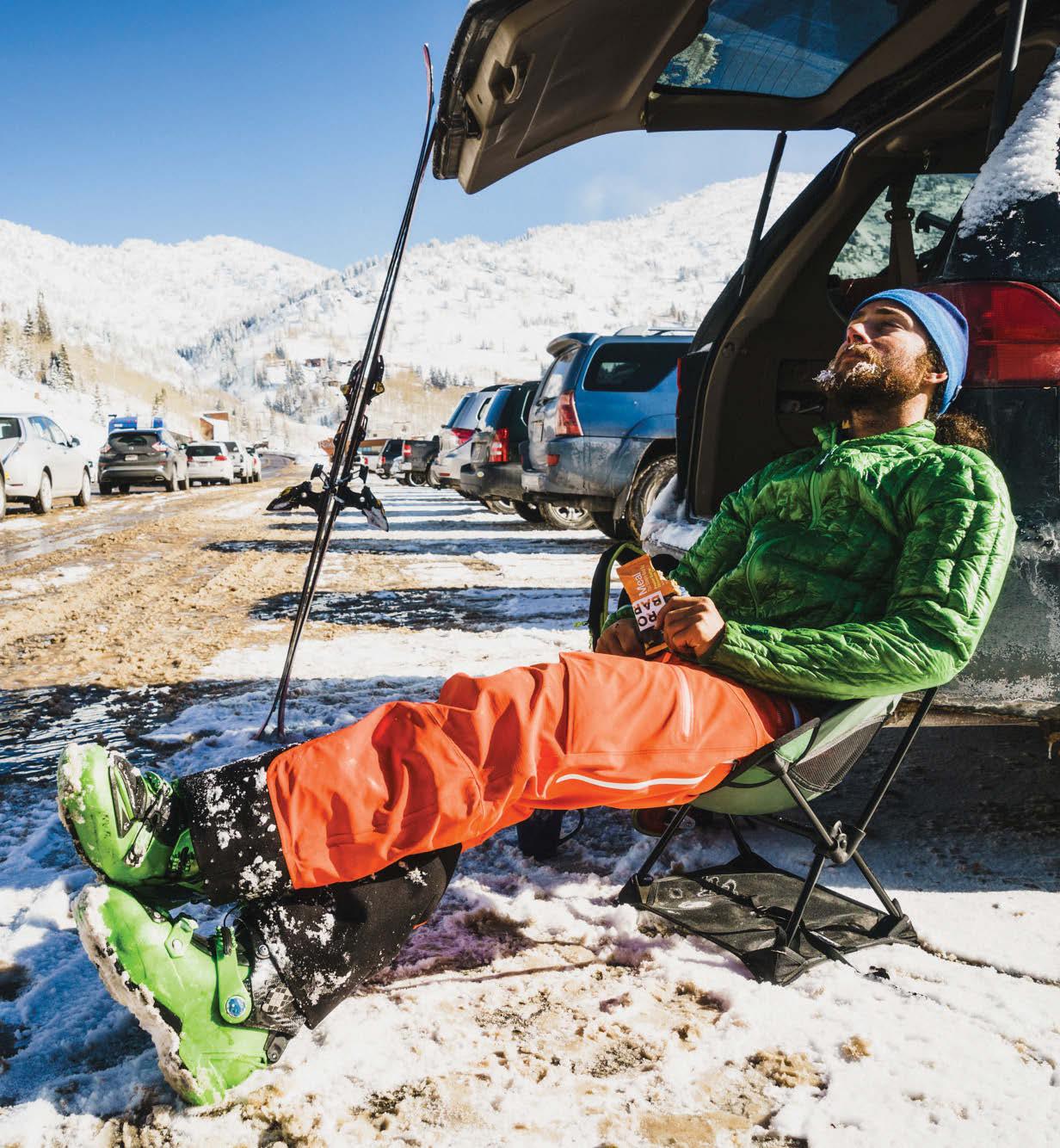
In the spring of 2023, Dines also tested himself to see if he could “Everest” in a day, skiing 29,029 vertical feet, the elevation of the world’s highest mountain. He did so by logging 16 laps up the Spruce Peak side of Stowe in what he said were “horrible spring ice conditions.” He also decided to Everest on a bike and rode Route 108 where it snakes from Stowe over the mountain gap through Smugglers’ Notch to Cambridge. He rode it back and forth 11 times, cycling a total of 162 miles in a day.
Dines spent most of January skiing around northern Vermont.
On January 8 he posted: “This past week has been a dream. I skied 30,000 more vertical feet this week than in any other week in my life. And I still truly go to bed every night still psyched to ski.”
On an 11,000-ft. day of skiing up Jay Peak, he recorded his food intake roughly as: “Coffee, lots of it. Three eggs. Thee Eggo waffles. Oreos, Cliff Bar. Donuts. A ‘naner…. More donuts, donuts, donuts. Red Bull. Tinned fish. Donuts. Apple fritter. More donuts. Another bananer. Yet another donut.” And when he got home “Real food. Coleslaw. Tea. Dumplings.”
On some days he’d be joined by friends as he skinned up Bolton Valley or the backcountry around Stowe. By January 28, Dines had skied 328,315 vertical feet, often doing a morning session and then heading out again after a rest.
He had caught Greg Hill’s attention by now. “My biggest month was 330,000 feet up and that wasn’t during my 2 mil,” Hill texted to Dines. “Keep calm and crushing it. I hope you are filming the highs and lows, emotionally capturing this challenge and feat,” Hill continued. He ended with “Stay authentic.”
Unlike Rice, Dines did not have a film crew signed on. Dines raised only about $10,000 of a $30,000 goal on GoFundMe. He got product and some support from sponsors such as Fischer, Vermont-based Plink! (makers of hydration tablets) Maloja clothing and mountainFLOW eco wax.
Travel was the most expensive portion of Dines’ efforts. He had planned to spend February and March in France, a place where he had spent a year studying while in college. He based himself out of St. Gervais Les Bains, near Chamonix staying at hostels and Airbnbs. In the Alps, there was near-record heat for some of the time Dines was there and he found himself skinning in shorts in February. On what he described as his worst day, he had his pack and two pairs of skins stolen from where he had stashed them.
After spending some time skiing in St. Anton, Austria, Dines came back to Stowe in April and in early May he and Rice hiked and skied Mt. Washington. There, in the Mount Washington parking lot was the first time Dines was recognized by a fan. “We took a selfie,” he said. “It was kind of funny that they recognized me, but they didn’t recognize Aaron,” he said of the skier who was the subject of the film “2.5 Million.”
Later that month, Dines packed his Tacoma with everything he’d need to make it his home base and headed west. In Utah, he connected with Steven Nyman, the former U.S. Ski Team downhiller and Olympian, who also skis for Fischer. Dines was so excited to meet Nyman, he told the legendary downhiller,

“I’m freaking out that you are actually showing up.”
As they began skiing, Nyman said to himself. “‘This guy is cool. I like this guy.” Next, he told Dines: “Dude, you’ve been sleeping in your truck. You need a bed. We have a bed.” Nyman also encouraged him to pursue sponsorship. “Yeah, but I don’t really want to,” Nyman remembers Dines saying. “And that’s what’s so cool about him. It’s just a really honest, raw and true effort,” Nyman says.
Nyman’s wife, Charlotte Moats, a former Junior Olympic Champion and extreme ski champion, is from Fairlee, Vt. The couple and their two daughters welcomed Dines into their home in Park City. During their time together, Nyman talked to Dines about nutrition and gave him supplements from Momentous, the company Charlotte works for. He also
ended up connecting Dines with other skiers along the way who could offer a couch or a place to park his truck.
“Steven and Charlotte were awesome,” Dines said. “Steven would cook me breakfast then I would head up to Alta to ski.”
After a few weeks, Dines continued west, following the snowpack to Mt. Hood, Ore. where he spent part of June and July. There he had a chance to ski with Jeremy Jones, the former Stowe skier who founded Teton Gravity Research, Jones Snowboards and Protect Our Winters.
At Stowe’s Mt. Mansfield Academy, Dines had taught two of Jones’ nephews. One day, Jeremy Jones, his son Kai and some friends climbed to the summit of Mt. Hood with Dines. Jones then filmed him as Dines made Hail Mary turns down the rutted, crusty off-piste snow on the volcano on his narrow boards and lightweight skimo boots, still wearing the shortest of shorts, hair flying, and in Dines’ signature style, clutching the non-adjustable poles he uses midway down their shafts.
“He [Dines} plunged full boar (sic) into the variable steeps on his glorified xc skis and my stomach dropped,” Jones posted to Instagram. “What if he hurts himself following me?” he continued, adding, “Don’t ever underestimate a Vermonter!”
Jones also noted: “I am stoked I got to participate in his mission. (I can claim I climbed .001% of his vert total with him!) I love seeing people take big swings and go all in on the improbable.” Jones also noted: “He is self-funded and living in the back of his old Toyota pickup truck.” On July 8, Dines hit 2 million.


One of the hardest things about devoting a year to skiing is you peel away everything else in your life except skiing,” Rice says. “Your family, your friends, your work: You can’t make commitments to anything except to ski every day. You can’t develop a sense of place or be part of a community. It’s almost a monastic life. While I was skiing, I thought a lot about the things I didn’t have and how I would prioritize my life after the year was done.”
As Dines moved from mountain to mountain, Rice was in touch, sliding in comments on Instagram and talking by phone about once a month. “Mostly, it was just words of encouragement,” Rice said.
In late July, Dines had the biggest frustration of the year: his flight from Portland, Ore. to Chile was canceled during the Crowdstrike airline fiasco and he lost four days. “Noah called me almost in a panic,” Nyman remembers. “I told him, just go back to Mt. Hood and ski two more days.” Dines flight was rescheduled and in Chile, he made that up.
When we spoke on August 26, Dines was skiing uphill at El Colorado, Chile and had logged 2,441,000 feet for the year. “I think it will be Sept. 2 when I break Aaron’s 2.5 million record,” he said. “In some ways, that’s just a number but in other ways, it’s the only number that really counts. “
On Sept. 2, Dines did indeed break Rice’s record. “That 2,506,500 is hard to process,” Dines posted on Instagram. “Beginning this year, I knew I could ski a lot, but I had no clue what I was capable of doing. I am proud and overjoyed and overwhelmed and yes, a little bit tired.”
The next day, Noah wrote a tribute to Aaron. “Dear Noah…
,“ it started and concluded with: “Your support and guidance has been critical!!! More than vert, I have gained an exceptional friend… I promise to treat the next person who goes for it like you (and Greg Hill) have treated me.”
Aaron responded: “Dear Noah…From the day I broke [the] record, I was excited to watch the next person break it. But never did I imagine I would get to watch and support such a close friend do so. It has been a highlight of my year to watch you and talk to you as you achieve such an incredible goal.”
But the year is not over.
Dines plans to finish off his year of skinning back in Stowe, culminating in party lap on December 31 that Aaron Rice will be sure to join in.
So how is it that two Stowe skiers have held the record for human-powered vertical feet skied in a calendar year?
Nyman has a theory. “My wife Charlotte is from Vermont and when I ask her why we don’t live there, she says, ‘You haven’t spent the winters here.’ They’re long, cold, dreary, it’s gray, and it just makes it tough. You have to learn to love skiing, because it’s not this bluebird Utah power, these incredible California days. You get creative, you learn to be resilient, you learn to find the best in the situation. That’s something that you have to play with mentally when you’re pursuing a goal like that. You really have to find the positives, and in the times when you have challenges there has to be a lot of positive self-talk and fortitude with every day, every step, every run.”
Greg Hill’s answer is more succinct: “Maybe when your mountains aren’t that big the challenges are to make them big
by going up and down them many, many times.”
When I ask Hill how many vertical feet he thinks Dines will have skied by the end of December he doesn’t hesitate. “I have always encouraged him to go for 3.3 million feet —which is a million meters. A million meters! That’s massive, kind of like the four-minute mile. I don’t think anybody will really do more,” he says. That number, he added, would make the Europeans pay attention.
Should Dines accomplish that goal, what awaits? As Hill says: “I did it not for fame, not for recognition. It was just something that I dreamed of and a challenge. I felt like Aaron was the same and I feel like it’s the same with Noah: he’s doing it to see if he can do it, not to become famous.”
But there are rewards that can’t be calculated. Says Hill: “It’s great having goals that scare you and challenge you for long periods of time. Then, if you’re successful, the ability to just dream big and go for goals is amazing. And the rewards? The emotional reward that came from doing my challenge has echoed with me ever since and made me a better person, a stronger person.”
Before he set out, Dines had another, simpler answer to that question. “Skiing makes me happy. So, skiing a lot makes me even happier,” he said on the podcast Vermont Trail Chatter.
And, as he said after passing the 2.5 million mark: “I still love to ski.” u



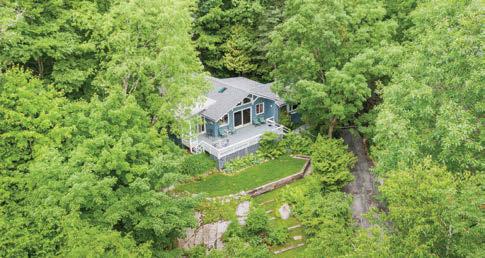



The Ivy League of ski schools, Vermont’s ski academies have been producing winners

on and off the slopes. Now, they are growing and evolving.
By Lisa Lynn
AAlpine super star Mikaela Shiffrin. Mogul Olympian Hannah Soar. Freeskiing World Cup winner Max Forehand. Snowboard legend Kelly Clark.
You might have seen any of them standing on the podium at a World Cup event or at the X Games. What they share in common? All of them honed their skills at one of Vermont’s ski academies.
In the early 1970s, academies that combined a classic high school curriculum with on-snow training began to mushroom around Vermont. The first of its kind, Burke Mountain Academy was founded in 1970. Stratton Mountain School started in 1972 and the Green Mountain Valley School opened in Waitsfield in 1973. A year later, Killington Mountain School was formed.
Over the last 50 years, these schools have turned out champions in all respects, people who have met with success both on and off snow.
In the last few years — often thanks to generous alumni — many of these schools have kicked into high gear making big leaps in improving both their on-snow training, facilities and academics. For many academy students, it’s no longer a matter of choosing whether you go on to the U.S. Ski Team or race at a top-tier college: with the right training, they do both.
The following all offer a full academic year and boarding, with options for winter terms or shorter programs focused on coaching, as well as intensive post-grad training programs. Nearly all take students to train in the West or Europe for more time on snow.
If skiing in the morning and studying in the afternoon sounds like a good plan, take a look at what’s going on at Vermont’s top ski academies, listed here south to north, and how they are evolving.
You might have heard of Vermont Academy. Founded in 1876, the red brick buildings of its Saxton’s River campus have hosted students such as NBA player Jordan Ifeanyi Nwora, Aerosmith founder Joe Perry and extreme skier Rob DesLauriers, whose family started — and again now owns — Bolton Valley Resort.
You certainly know Mount Snow Academy, which was responsible for training Olympic champion snowboarder Kelly Clark and overall freestyle World Cup champion Devin Logan at Mount Snow’s Carinthia terrain parks, the most extensive in the East.
In August 2023, the two organizations joined forces to create Vermont Academy at Mount Snow. Snowsports athletes are lodged at the Mount Snow campus, the former The Matterhorn Inn, but have access to Vermont Academy’s facilities in Saxton’s River. In addition to 25 dorm rooms, the Mount Snow campus has a science lab and classrooms. And, of course, a 500-square foot gym, a new 14x14-foot Super Max Trampoline, a 14-foot OC Mini Ramp with extensions and a small jib park that’s lit up at night.
“The goal is to have Mount Snow be a satellite campus
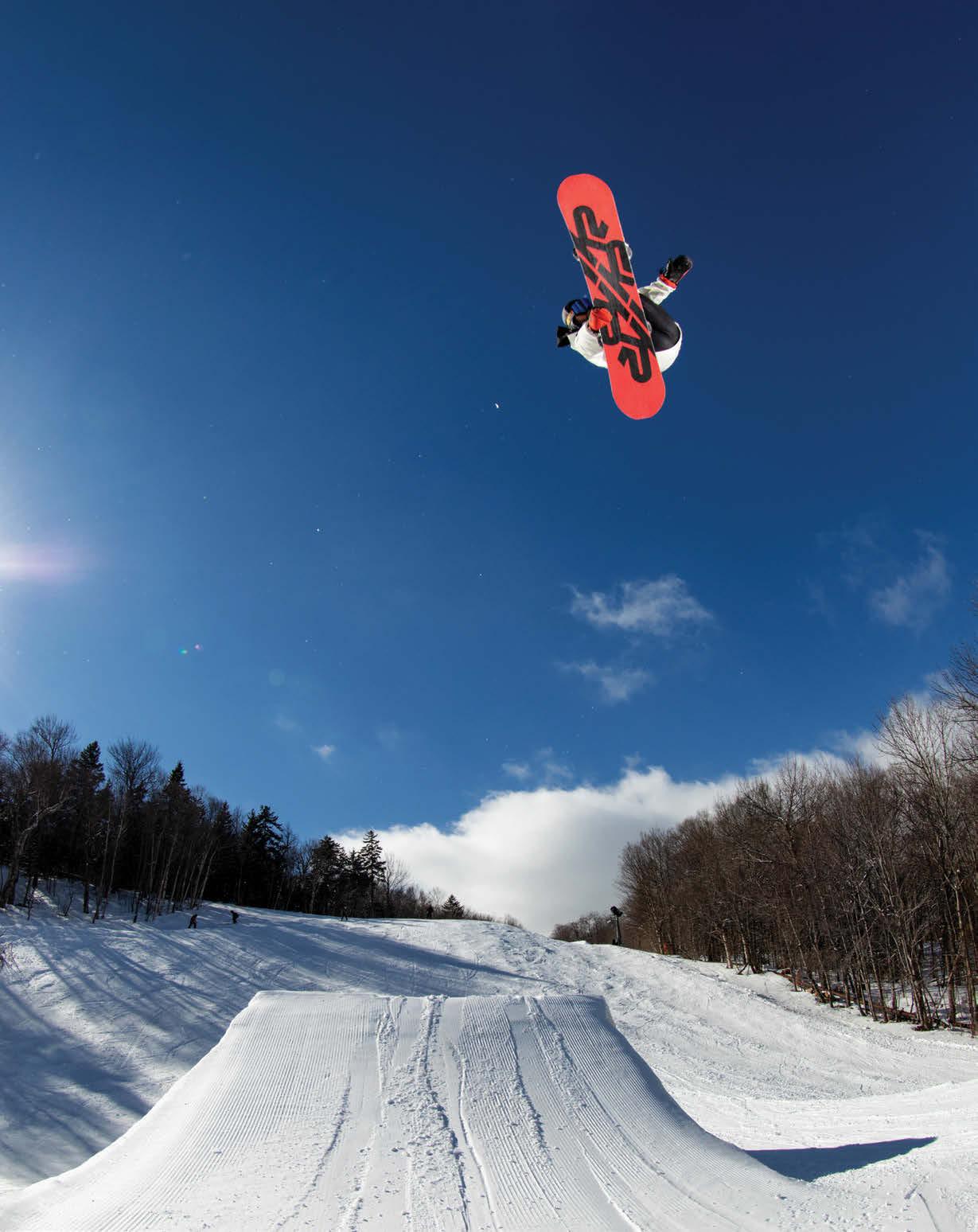
of Vermont Academy,” says Ben Gardner, the new Director of Vermont Academy at Mount Snow. Gardner has a B.A. from Colorado College, an M.A. in Educational Psychology from University of Colorado and came from the Telluride Mountain School.
What’s Gardner bringing with him from Colorado? “We’re going to start a block program, similar to what Colorado College has, where a student can dive deep into a topic,” says Gardner.
The merger allows students who want to do a full academic year at Vermont Academy to spend their winter semester at Mount Snow.
“With the block program, we’ll also have our own curriculum,” says Gardner. “Cross-curricular classes will be taught so that one block equals one month of time. These are opportunities for students to immerse themselves in larger topics. The teacher designs the block as well as instructs the block. When a teacher is able to do this, their passion comes through tenfold.”
The blocks tie into student interests. “For example, we’re designing a block around how climate change is impacting the winter sports industry and another on Designed Thinking (the user-first design process developed at Stanford University) around action sports,” says Gardner.
As for those who just want the on-snow training? The Jumpstart program provides intensive on-snow training on Friday, Saturday and Sunday from the end of November
through the end of March, along with mid-week holiday periods (Christmas/New Year’s & Presidents’ Day Week.)
Gardner is also looking to launch a summer program in 2025 with mountain biking as a core focus.
School size: Vermont Academy at Mount Snow generally has 15 to 20 students at the The Matterhorn Campus at Mount Snow, with a winter semester-only option for 8th graders. Training Grounds: Mount Snow and Carinthia Parks for on-snow, plus a 500-square foot gym, a new 14x14foot Super Max Trampoline, a 14-foot OC Mini Ramp with extensions and a small jib park that’s lit up at night at The Matterhorn campus. What sets it apart: The block program, the merger with a classic prep school, Vermont Academy, and Carinthia Parks for freeski/snowboard training.
With Stratton Mountain as its backyard, you might expect Stratton Mountain School to turn out top alpine racers. And yes, three current or recent U.S. Ski Team members — George Steffey, Alice Merryweather and Jay Poulter are all grads. But what has made SMS, as it is called by most, exceptional is its strength in pretty much every ski/ride discipline. Olympic snowboard medalist Ross Powers (himself an SMS grad) coaches the snowboard team. SMS’ snowboard alumni
also include Olympic medalists Lindsay Jacobellis and Alex Diebold, current U.S Snowboard team member, Noah Avallone and X Games medalist, Zeb Powell.
Jesse Mallis (formerly of Mount Snow) has coached SMS’ freeski team, including two recent Olympians, Mac Forehand and Caroline Claire.
As for Nordic skiing? Ben Ogden, Julia Kern and many on the U.S. Cross Country Ski Team have gone to Stratton as undergrads or post grads. The SMS T2 Team, led by World Cup champion Jessie Diggins, trains there each summer.
It’s no wonder the school can claim 51 Olympians, with more in the pipeline. The 20,000-square-foot Burtscher Fieldhouse houses the Greg Needell gymnasium and strength and conditioning rooms, a sports science lab and a sports medicine and rehab room with hot and cold whirlpools. There are also indoor courts for volleyball, basketball, paddleball, and a turf field.
In addition, the 10,000-square-foot Simpson Center for Action Sports has a new progression ramp, a MaxAir Supertramp, two Ross trampolines, a foam pit, a small skate park, and strength and conditioning training space.
As for academics, SMS offers a classic college-prep curriculum with electives such as Sports Psychology, Exercise Physiology and — parents, this will make you happy — Personal Finance and Management. Class size is usually

12 students or fewer and the campus has 12 classrooms, including a STEM lab.
School size: SMS has about 128 students enrolled in its 7th through 12th full-year academic programs with the option for students to enroll in just a winter term. The main dorm has 28 double rooms and a smaller dorm has two doubles and three triples. Training grounds: The training grounds are the slopes of Stratton Mountain and, for freeksiers and riders, the terrain parks at Mount Snow’s Carinthia Parks. What sets it apart: Strength across disciplines: Alpine, snowboard, freeski freestyle and cross-country.
Imagine you could train on the same slalom course where Mikaela Shiffrin raced at the Stifel Killington World Cup. That’s just one of the perks that Killington Mountain School students have. (Granted, the week after the World Cup is over, the course is open to other schools and clubs for training, but KMS students have that slope right in their backyard).
“The mountain is our biggest resource,” says Head of School Claire Butler. KMS students also have the legendary moguls that pop up each spring on Highline, moguls that have honed the skills of Olympian and current U.S. Ski Team members Hannah Soar, a KMS grad. The mountain also offers up a half-dozen terrain parks that KMS’s snowboard and freeski programs make good use of, plus there’s a four-season airbag for sticking those sends. Ella Andrews, a 17-year-old KMS slopestyle skier, has made good use of those. She will be a rookie on the U.S. Ski Team in 2024-25.
All told, Killington Mountain School claims its students have stood on more than 100 podiums at the national or Olympic level. `
But that’s not just in skiing.
Butler, herself a KMS grad.
In August the school also announced it was annexing the 5,780-sq.-ft. building that housed Moguls Restaurant and Pub and its 1.9-acre property, to KMS’s adjacent 6-acre Mountain Road campus. VIA Architects of Middlebury is working on a plan for the building as part of what Butler calls a reimagination of the campus.
With Killington Mountain Resort now in private hands (Michael Ferri, one of the resort’s new owners, is a trustee and sent his three sons to KMS) and a huge new village development planned, KMS is poised to grow.
School stats: Killington Mountain School has about 120 students in grades 7 through 12 with roughly half doing a full academic year and 40 to 45 boarding at the school. KMS offers a 4-month winter term as well as a 3- to 4-week BOOST program for 6th to 8th graders. Training grounds: Killington Mountain Resort’s 155 trails, 6 snowboard parks, 30 miles of downhill bike trails and an air bag. What sets it apart: One of the best cycling programs in the Northeast as well as a strong alpine, freeski and snowboard program.

One of the areas where KMS differs from other ski academies is its exceptionally strong cycling program which has earned it a designation as a USA Cycling Center of Excellence (COE). The program focuses on endurance cycling and downhill mountain biking. Using Killington’s 30 miles of lift-served downhill mountain bike trails to train on, KMS grad Mazie Hayden parlayed her success as the national champion in skiercross and silver medalist in the World Junior Championships, into success as a professional downhill mountain biker.
In 2024, the school drew back some of its most popular former coaches including snowboard coach KC Gandee and former World Cup freestyle skier and KMS alumn Nick Keating. “This school really leaves a mark on you,” said
In August, Green Mountain Valley School scored a coup. The school lured Mike Day, the former U.S. Ski Team coach who worked closely with World Cup athletes Bode Miller, Ted Ligety and Mikaela Shiffrin, to serve as Assistant Head of School and Alpine Program Director. Day had previously been at Mount Mansfield Academy.
Day joins a long line of former U.S. Ski Team alpine coaches who have helped GMVS skiers such as Sawyer Reed (’23) win the Junior Nationals in GS and earn a spot on the Stifel U.S. Ski Team, or Ben Ritchie (’19) who won gold at the World Junior Ski Championships. GMVS

is also known for training strong Nordic skiers such as Brian Bushey, who made the U.S. team in 2023 and 2024, and Tabor Greenberg (’24) who earned a bronze at the 2024 Youth Olympics. The school boasts 26 Olympians, including Canadian Alli Nullmeyer, AJ Ginnis and past downhill great, Doug Lewis.
Another bit of good news for GMVS: this past year Sugarbush invested more than $3 million in upgrading its snowmaking at Inverness Peak, the training hill GMVS uses at Mt. Ellen. The courses at Mt. Ellen’s Kelly Brush Race Arena are specifically groomed for race training, so much so that the Swiss and other foreign teams who come each year to compete at the Stifel Killington World Cup, spend a few days practicing there. Another advantage GMVS alpine racers have: the school has a Wintersteiger Jupiter ski tuning machine which can produce variable edge angles for a refined race tune.
The school also has the Appalachian Gap for roller-ski training and a 30,000-sq.-ft. fitness facility that is a U.S. Ski & Snowboard High Performance Center where trainers, sports psychologists and physical therapists work with the athletes.
The campus, a passel of classic Vermont buildings, is tucked up on a side road off Route 100, not far from the Mt. Ellen base. Four dormitories have names such as Poundcake and Witch’s Hat and 60% of the students are boarders.
Class sizes go from one to 12 with a classic college prep curriculum but with some less common courses such as Film Studies, Eugenics and the Holocaust, and Nutrition and Energy.
School stats: GMVS has about 120 students in grades 8 through 12 and post grad, of which half are usually boarders. There is also a winter term option for those in 6th and 7th grade. Training grounds: The school has a dedicated race hill at Sugarbush’s Mt. Ellen. What sets it apart: A focus on alpine and Nordic racing, top coaches and a top training and tuning facility.
In the 1930s, long before there were ski academies, the Mount Mansfield Ski Club began cutting the trails at what would become Stowe Mountain Resort and building one of the country’s first alpine racing programs. The club program would turn out the likes of Olympians Billy Kidd, Tiger Shaw and current U.S. Ski Team star and Olympic medalist, Ryan Cochran-Siegle. Recent grad John Kerbaugh, ‘24, is now on the U.S. Ski Team, too.
In 1993, Mount Mansfield Academy began offering classes and in 2018, merged with Mount Mansfield Ski Club, offering a winter term. For the past five years, the school has also offered an accredited full-academic term and also has a two-year AP Capstone program with AP courses. In addition to the traditional course offerings, students can take classes such as Murder/Madness/ Mayhem which studies mystery and suspense in books and film and Public Speaking.
With a campus on Stowe’s Mountain Road, the Mount Mansfield Ski Club lodge at Spruce Peak and a dedicated training run off Spruce Peak’s Sensation lift, MMA
students have what amounts to quick access to a private training area.
In 2024, Stowe Mountain Resort and MMA partnered in raising the funds to bring more snowmaking power to the Main Street trail where the academy has often had to wait until January to train. Igor Vanovac, the executive director, hopes that with the new snowmaking the school will be able to set gates there as early as November.
Like the other academies, MMA often takes athletes to ski areas out West or in Europe to train, especially in the early and off-season. It also has a unique focus on alpine racing, though MMA continues to host the long-running Nordic race from the mountain to town, The Stowe Derby.
School stats: MMA has about 60 full-year students and also offers a Nov. – Apr. winter term and weekend training as well. Training grounds: Stowe Mountain Resort has a dedicated race hill at Spruce Peak. What sets it apart: MMA has a strong heritage of ski racing and continues to host legacy events such as the spring Sugar Slalom, first held in 1939, and the Stowe Derby.
If there were a grande dame of ski academies, Burke Mountain Academy would be it. The nation’s first elite ski academy, it has consistently turned out the top alpine racers in the country. Mikaela Shiffrin, who won her first World Cup as a 15-year-old, graduated from BMA in 2014 and eight-time national champion and former U.S. Ski Team member Nina O’Brien in 2015. Other skiing greats include Olympians Erik Schlopy, ’90 and Chip Knight ’93.
BMA graduates also include some of the school’s current coaches. Jesse Hunt ’83, who was the Alpine Director of the U.S. Ski Team, recently came back to Burke as Sport Director. Diann Roffe ’85, a former World Champion in GS and Olympic silver medalist, runs the junior program. Felix McGrath, who runs the European program, is an Olympian and five-time national champion. The Head of School, Willy Booker ’85 and a former U.S. Ski Team member, returned to Burke in 2017 after spending 15 years in the ski industry leading such brands as Fischer, Nordica and Marker/ Dalbello/Volkl.
While Burke Mountain Academy may be known for its alpine racing it has also produced Nordic ski racers such


as Ida Sargent, ’06, an Olympian and Dartmouth grad. She recently returned to Burke in the role of Academic Director. Corinne Prevot, ’09, went on to ski for Middlebury and founded Skida, the headwear company. Moriah Wilson, ’14, who was sidelined from ski racing by a knee injury while at Burke, went on to Dartmouth and became the winningest pro gravel bike racer in the country before she was tragically murdered in 2022. Wilson credited her strength as a cyclist to the off-season training she did while at BMA and mountain biking the nearby Kingdom Trails.
The school’s barn-red buildings are set on the side of Burke Mountain and dorms and classrooms are close to the dedicated surface lift and training slope.
The Ronnie Berlack Training Center, named for a former student who was killed in an avalanche, opened in 2017 providing a $2.8 million, 15,000-square foot, state of the art indoor athletic facility.
Classes include a STEM curriculum and electives such as Sports Science and Current Affairs. Fall mini-courses have included topics such as Native American myths and legends, CAD bicycle pedal design and ski industry marketing. At the end of courses, students are given a narrative evaluation.
In 2024, Booker announced a $30 million fundraising
campaign. The goals: to grow BMA’s endowment, increase financial aid, invest in the campus, lower the cost of junior participation and expand the European programs.
Perhaps the one big question mark in the academy’s future is what happens to Burke Mountain Resort. The resort was put in receivership following an EB-5 scandal and is expected to be sold by the end of the year. The receiver already has a stalking horse bid. Some suspect it was put up by BMA benefactor Don Graham, a former trustee who has a trail named for him, Graham Slam, and the T-bar, D-Bar.
School stats: Burke Mountain Academy has about 70 students enrolled in grades 8 to 12, with 90 percent boarding at the school. It also as a post-grad “E-Team” program and a winter program for U14 ski racers. Training grounds: A dedicated slope and surface lift at Burke Mountain. Mountain bike trails at Burke and Kingdom Trails. What sets it apart: The oldest and one of the most renowned of ski racing academies. Since 1975, the school has had students do an annual relay that involves running 211 miles to the Massachusetts border, following Route 100.
Additional reporting by Aleana Hunt and Lucia Lovell u





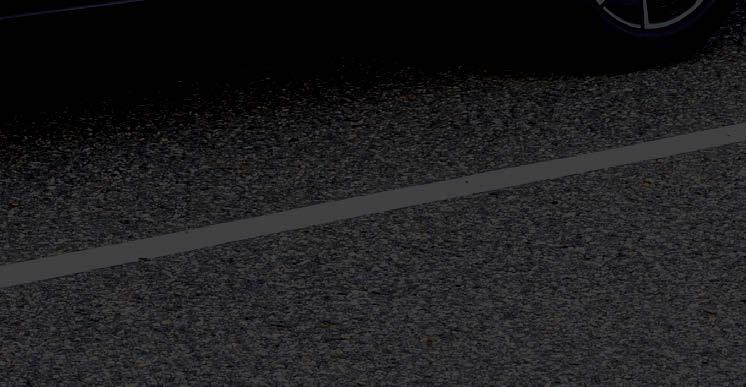

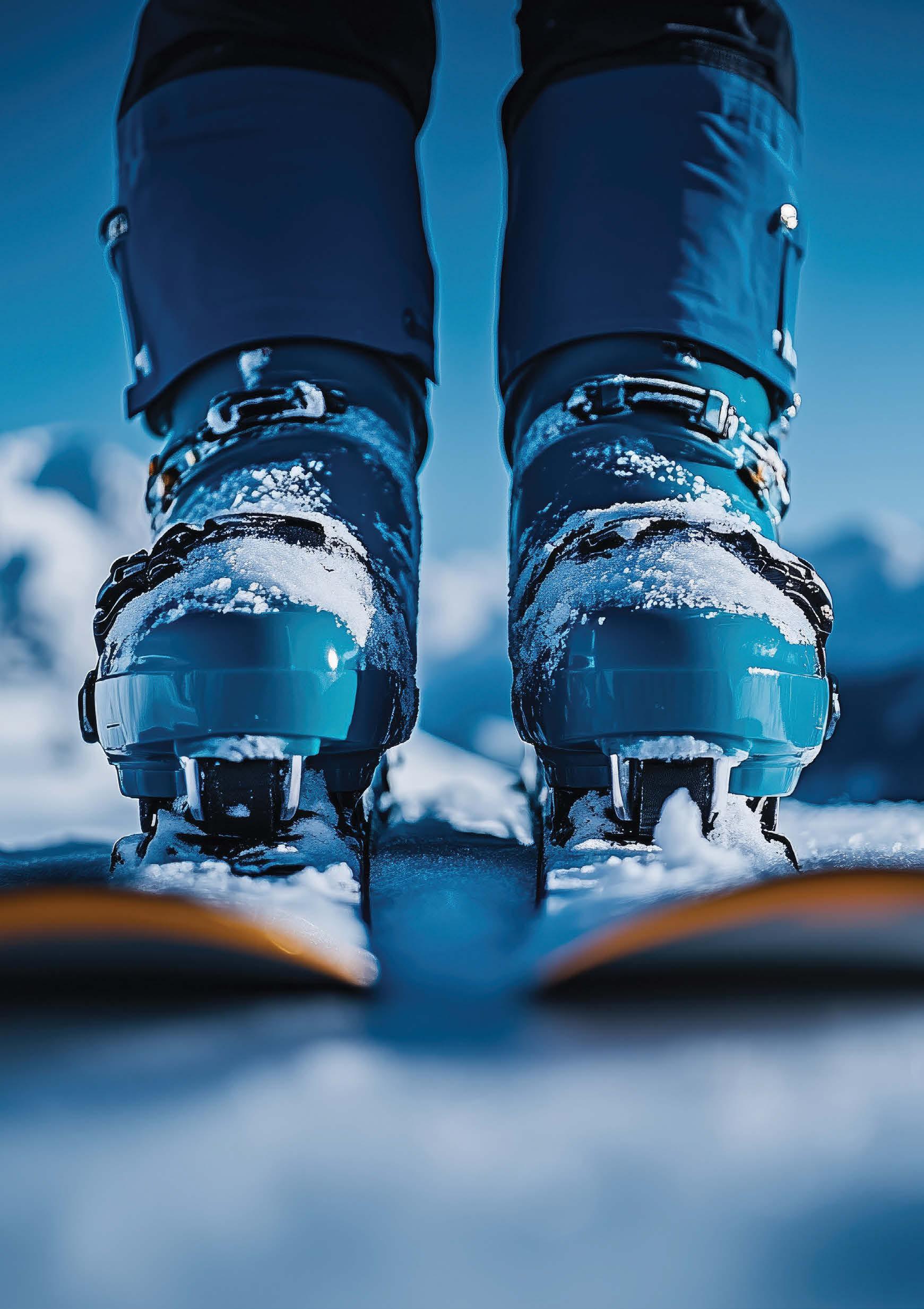
If your ski boots hurt, there’s no reason to suffer in silence. Find a good bootfitter and there may be some quick fixes. By Doug Stewart.
AIf your boots don’t fit right, it will be harder to ski well since your boot is the control point between you and your boards. .
t some point you took the dive and bought some nice new ski boots. Maybe it was recently, or maybe it was a season or so ago. Well, they have an issue and now you’re a little scared that you might have sunk a bunch of cash into a product that’s not going to be the star performer you thought it was. Is there hope for the boots and your skiing future? Here’s a list of five common issues that can arise with ski boots, and whether you might be looking at a quick fix, or if it’s back to square one.
MY FEET ARE FROZEN!
Too cold is never much fun on the hill but the answer is never, ever a thicker sock. In fact, it might be the opposite: you need a thinner one. Cold feet are usually caused by your boots being too small or too tight somewhere on the feet. Usually, it means the boot is a bit too tight over the top of the foot where the blood flows down to your toes, in which case a bootfitter can take some of the padding out of the tongue. But step one, as with many boot issues is having a good footbed. This will help keep your foot in the correct orientation within the boot and help the foot function at its best. After that, if your feet are still freezing, there are a couple other things to think about. Keep your feet dry. This means a good, thin Merino wool sock (like Darn Tough’s) and maybe changing socks at lunch after your feet get a little sweaty. Putting baby powder on your feet when you sock up and boot up can also help. If you love skiing when it’s really cold, you might want to invest in electric heaters for your boots, such as those made by Thermic or Hotronic.
MY BOOTS ARE SUPER TIGHT ON MY (INSERT FOOT PART HERE)
Pressure points where the boot is tight around a certain area in your foot, are usually an easy problem for a bootfitter to solve. Plastic ski boots are designed to be heated up and stretched out where the plastic is thin, or ground out to make more room where the plastic is thick. Any good bootfitter can figure out where your “too tight” spot is being caused by the boot and make the space needed in the shell or the liner. The boot might also feel too short on the toes, too narrow on the bunion, or too narrow on the heel. Those spots can be opened up and made nice and roomy in no time. This is usually not a hard problem to solve. While this concept may be counter-intuitive, a good footbed will keep your foot more “foot shaped” and can create room in your boots too. So many boot problems are solved by a good footbed.
SORE ARCHES END MY DAY EARLY. One of the most important parts of the boots doesn’t come with the boots. Every
alpine ski boot is designed to be used with an orthotic or footbed inside the liner, under your foot. A good footbed is specific to your foot and needs to be either selected off the shelf based on your foot shape or made custom to exactly match your foot. Boots don’t come with them because the company doesn’t know what your foot is shaped like. It’s up to the skier and bootfitter to figure out the best option. Nearly 95% of sore arches in ski boots can be solved with a footbed. A footbed can solve a lot of other boot problems too, and will last longer than your boots. Even if your boots are old and not working well, getting a footbed will help the current boots and will be great to use in the next boots too.
Staying in balance and keeping forward on your skis is essential in good skiing and the joint that makes that happen is the ankle. Keeping your ankles flexed and your shins connected with the cuff of your boots is critical to making good turns. So, when your shins are sore and you are being punished for being forward in your boots it’s a bad time on the hill! If there is a gap in front of your shin and your leg is banging into the front of the boot and then coming off of the front of the boots, you need to find a way to tighten the boots. My favorite way to close that space up is to put the power strap inside of the outer plastic shell and against the liner. Most skiers run the power strap (the Velcroed or cam-buckled strap at the top of your boots) on top of the shell where it’s hard to get it tight against your leg. If you open the shell and put the strap against the liner, you will connect the boot to your shin like nothing else! Sometimes even with this, the shell is just too high volume. If you relocate the cuff buckles farther apart to get the cuff tighter, and it still doesn’t feel close enough, you might just have the wrong volume or wrong size boot. That could be a bigger problem.
Boots always break in and get a little roomier over the first few days of skiing them. If the boots don’t start off a little tight, when this break-in period happens, they will become too loose. Any boot that is too loose is by definition too big in either the length or the volume, or both. If the boot was a size or volume smaller, and then too tight, that could be easily solved as discussed above. While it may be counterintuitive to some skiers, too small is easily solved, too big is sometimes not possible to solve. Wearing a thicker sock can help. Shims and padding to take up space can help. But ultimately, it is hard to make a boot smaller. Trust in your boot fitter to get you in the correct boot that might

seem a little small to start with, for a day or two, but will be great for the rest of its skiing life. If you ski a lot and at a high level, you probably want a tighter boot. The break-in time for that boot might be more like 5 to 10 days. If you aren’t tearing up the slopes and don’t ski as many days, it might only take a morning or two to get the boots feeling right. Just know that gaining space will happen naturally in your boots, and it is easy to speed up if needed.
Hopefully, if you are dealing with one of these common issues, this can help you demystify whether you are dealing with a little problem or something that’s more significant. Ultimately, once your boots are dialed in and broken in a little, you should never have to hang it up because your feet are hurting. It’s a complicated relationship with your stiff, chilly skiing footwear, but ultimately you should love skiing, and love being in your boots. Your ski boots are probably the most expensive footwear you own, and they should fit really well, so find a pro and get them dialed in!
Doug Stewart has been teaching skiing his entire adult life, and is a PSIA examiner (training and certifying ski instructors all over the East Coast) and staff trainer at Stowe Mountain Resort. Doug became a boot fitter in 2001.
If you want to get the most out of your ski day, start with a custom fit. By
There are two reasons you want a boot that fits right. For starters, you will ski better if the energy transferred from your foot to the ski isn’t lost shuffling around in a boot. Think of how a rock climber’s foot grips the crag: your foot applies pressure to the ski and the more precisely it does so, the better you will ski. The second reason is you’ll be more comfortable and able to ski longer.
But it’s rare to find a boot that fits your foot right off the shelf. Most, if sized right, will feel too tight: that’s because the liner is made to pack out. The shell of the boot can also be stretched or bumped out to fit your foot.
The best way to make sure your boot fits is to get a custom fit. That usually starts with an orthotic. Most good bootfitters can make you one as well as adapt a boot to your feet with a variety of tricks.
Surefoot, which now has shops in Stowe and Killington, offers another solution. Pick out a shell from a known ski boot manufacturer. From there, Surefoot will create a custom ski boot for you, from orthotic to liner to heating systems. (Trigger warning for the price-sensitive: this will set you back more than your season pass cost you – but aren’t pain-free feet worth it?)
Surefoot was founded by two skiers, brothers Bob and Russ Shay, and started out as a small custom ski boot fitting shop in Park City, Utah. It has since grown into the world’s largest custom boot fitting company, thanks to a proprietary system that scans the foot and then uses a CAD/CAM milling machine to create the orthotic the same day.
Surefoot now has 29 shops around the country and recently opened a new shop on the Mountain Road in Stowe last summer and we went in to try it out. Killington shop manager Ray Rice and Stowe manager Adam Ausura were there, putting the finishing touches on the new space.
Rice had me stand on a platform where a machine with a dozen tiny needles (well, not actual needles but tiny rubber pegs) pushed up to measure the contours of my feet in 538 locations. Who knew your feet even had 538 locations? “But that’s the point,” says Rice. “It’s not just how long or how wide your foot is but how it’s shaped,” he says. The goal of the orthotic they are measuring for is to get your foot to a neutral position so that the power from your foot is transferred into a ski boot.
The CAD/CAM drawing then goes right to the back room where the milling machine transfers the design to EVA blanks, cutting a shape out in just a matter of minutes. Surefoot product designer Barry Woods, a former Stowe ski instructor who works at the company headquarters in Park City now, selected the materials for the orthotics (ethyl vinyl acetate of EVA) and for ski boots’ liner material.
As someone with a high instep and bunions, getting a ski boot to fit is a challenge and frozen feet are something I learned to live with. But last season, after skiing on the same pair of boots for way too long, I switched to the new Lange Shadow. Though I was
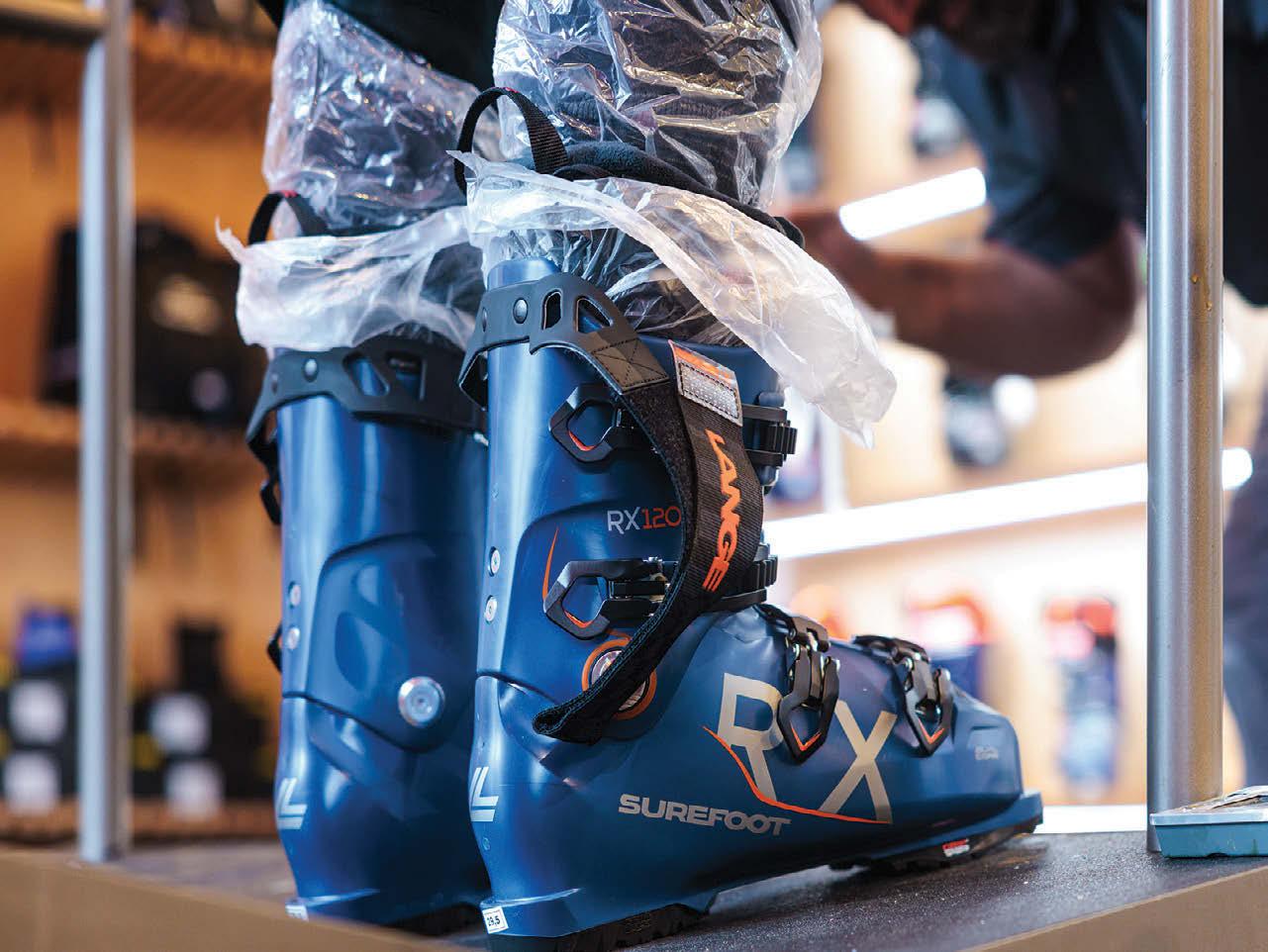
in the same size, I found the new Shadow comfier, but roomier, than my old Langes.
Surefoot had a fix: Rice had me step into a boot with a moldable liner. As I stood there, the liner was injected with a gel-like memory foam that squeezed my foot and calf snugly.
Within two hours, I had new orthotics and custom liners and a pair of Winterheat batteries. All Surefoot liners come pre-installed with the heating element. Add the batteries, download the app and you can control the 10 heat settings from your phone.
The cost for that package? Without a shell, $1,135 (about $1,685 if I’d opted for new boots). But comfortable feet and more precise skiing? Priceless. u
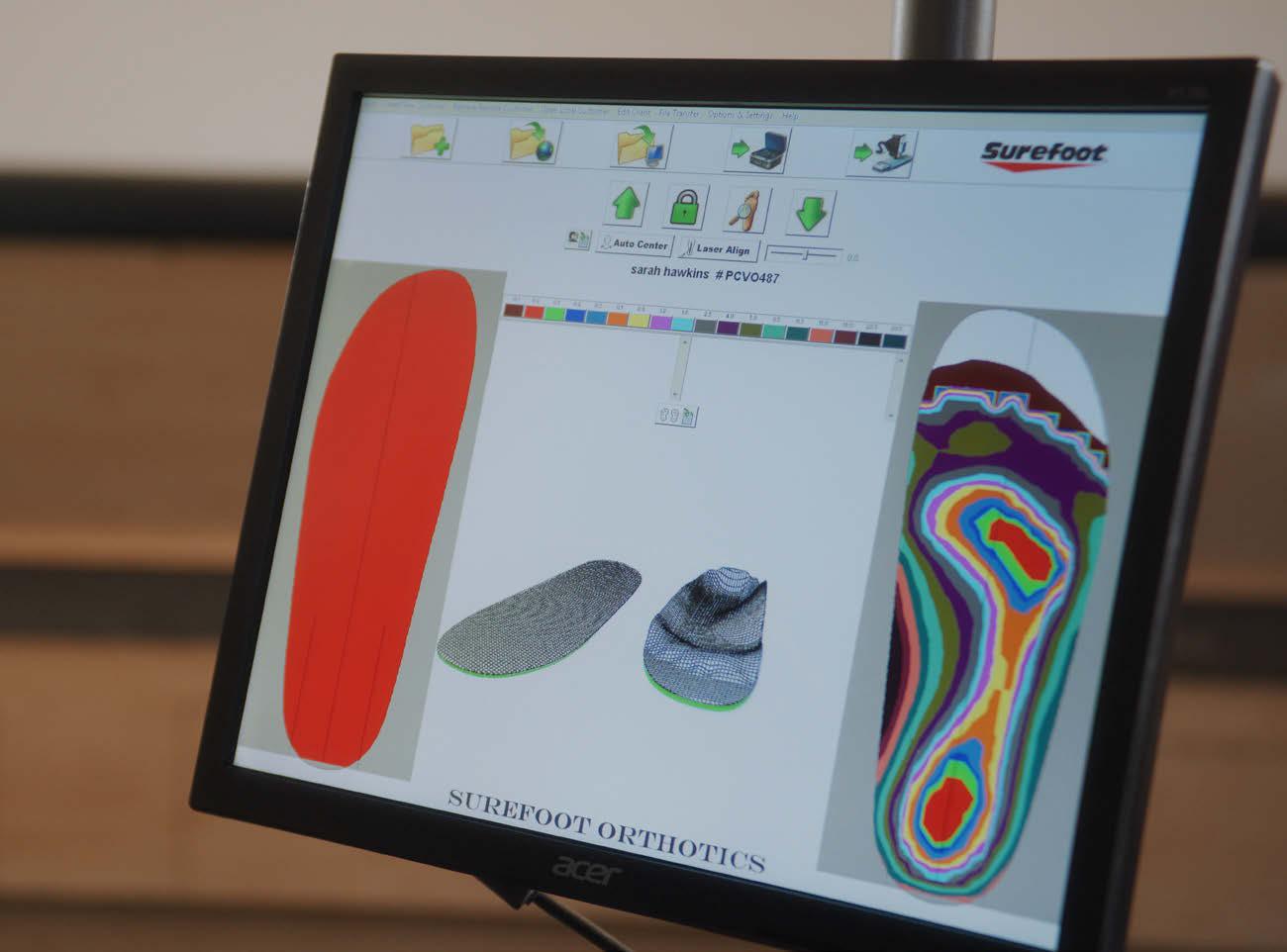
Surefoot uses a sensor to take measurements at 538 points on your foot so it can create a 3D model. That model is then sent to a millling machine that creates an orthotic based on your foot shape. The final step: new foam-injected liners.








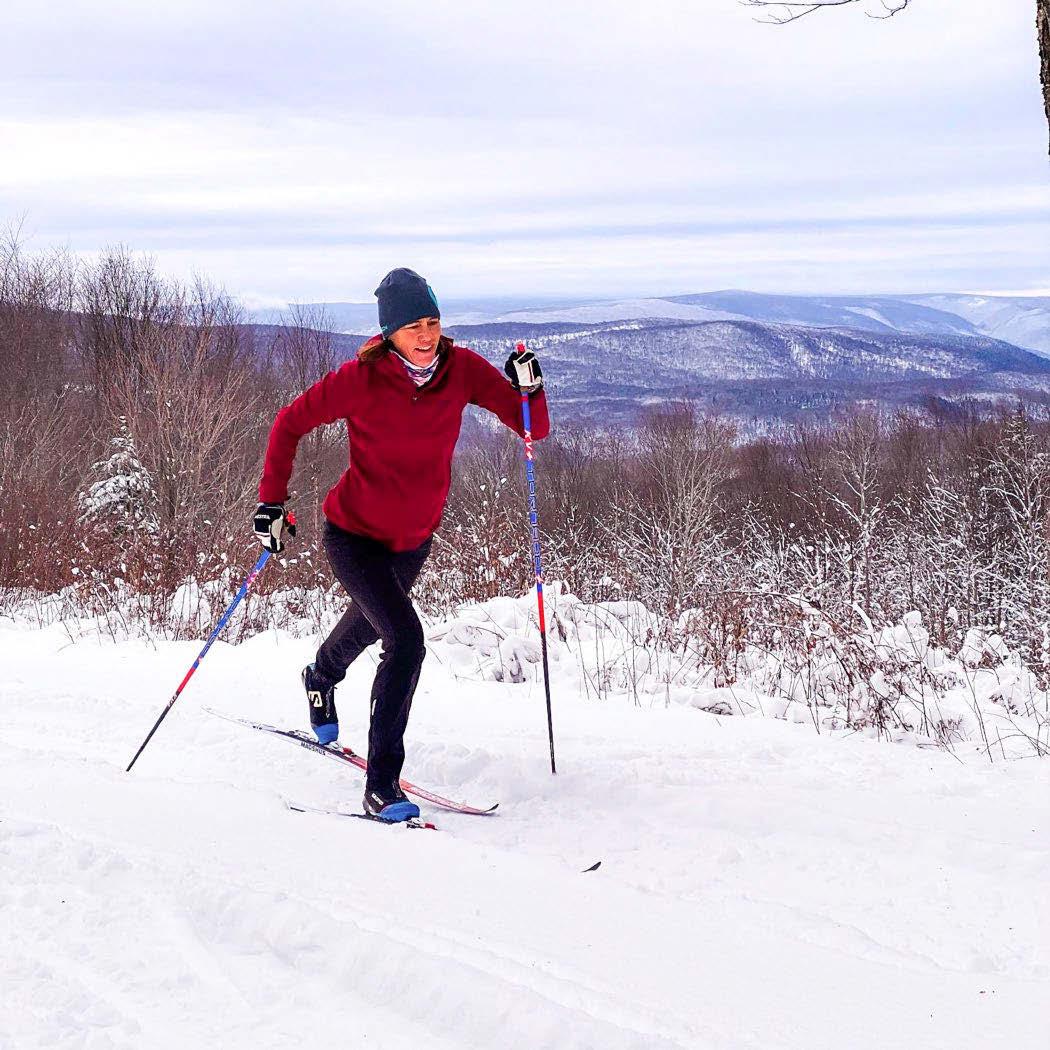



The winningest snowboarder ever, the voice of skiing and two young people who are bringing diversity to the sport. These are just some of the people being honored Vermont Ski & Snowboard Museum’s 2024 Hall of Fame ceremony.
From growing up at Mount Snow, Kelly Clark launched a career that put her in the history books as the winningest snowboarder — male or female— of all time. Photo Codi Mathison
If you ever want to get a taste of the impact that Vermonters have made on all aspects of the sport, reserve a ticket to the Vermont Ski and Snowboard Museum’s annual Hall of Fame gala. Held at Killington’s K1 Lodge this year on October 19, the event inducts people into the Hall of Fame. The museum also recognizes a journalist with the Paul Robbins Award, young leaders (who are under 35) in the sport with the First Tracks Award in memory of former board member Ian Graddock, and the Community Award in memory of Bill McCollom, a longtime supporter of the museum. Congratulations to this year’s winners and visit vtssm.org for gala tickets.
Kelly Clark, a five-time Olympian and three-time Olympic medalist who grew up snowboarding at Mount Snow is the winningest athlete — male or female — in snowboarding’s history. Of Clark’s 200 starts in international competition she stood on the podium 137 times, and 78 of those were wins. A trailblazer and dominant force in the sport of halfpipe snowboarding, she continually innovated and raised her own bar in every competition.
A woman of faith, Clark consistently strives to inspire people everywhere to live their dreams. “The greatest legacy I could leave would be to see my ceiling be the floor for the next generation. It is bigger than me, but it can start with me,” she has said. In her 2017 book Inspired: Pursuit of Progress, she wrote: “In this book, I set out to define what motivates me while helping others discover what might be motivating them.”
Clark founded the Kelly Clark Foundation in 2010 to help get more kids out on the hill. In 2022, she established Kelly Clark Snowboarding with a goal to make snowboarding easier for people.
Being on the Burton Snowboards team for the last 25 years, she still enjoys contributing to the sport through their partnership.
CARL ETTLINGER
As a distinguished researcher, Carl Ettlinger discovered methods to reduce ski injuries which led to the production of testing devices, training workshops, and videos

to make skiing a safer sport. His collaborative research and resulting innovations have saved skiers from tibial fractures that cost, conservatively, an estimated $600 million dollars annually.
After serving as a decorated second lieutenant in the U.S. Army during the Vietnam War, he returned to the University of Vermont in 1969 to complete a masters in mechanical engineering. His thesis, “On the Prevention of Ski Injuries,” laid out a case for the cause of, and solution to, tibia fractures in alpine skiing. This resulted in the development of the first commercially successful antifriction device (AFD). At his shop in Underhill, Vermont he established Vermont Ski Safety Equipment (VSSE) and created the world’s leading laboratory for testing, designing, and analyzing snowsports equipment.
Along with Drs. Shealy and Johnson, Ettlinger established America’s first formalized snowsports injury research program, called the Sugarbush Study. Researchers from around the world consistently recognize the Vermont study as the gold standard of ski injury data, and it has been used consistently by scientists studying injury prevention, mitigation, trends, and other analyses.
In 2006 he and colleague David Dodge combined their knowledge and research to form Vermont Safety Developments. Their understanding of ski binding engineering principles and the mechanism of injury for ACL injuries, helped them innovate traditional bindings with an “intelligent platform.” Together, they created several patented binding designs that could more accurately measure and respond to injury producing loads.
Carl co-authored more than 70 peer-reviewed journal articles and abstracts – most of them in collaboration
with his longtime friends and colleagues, Dr. Robert Johnson and Dr. Jasper Shealy. Many of these papers served to guide and inform the International Society for Skiing Safety (ISSS). Ettlinger was also the Technical Editor for Skiing magazine, from 1972 until 1993.
A Bennington, Vt. native, Peter Graves began his crosscountry ski racing career at Mount Anthony Union High School and was named to the Eastern Junior National team in 1970. He raced four years as a member of the varsity cross country team at Fort Lewis College in Durango, Colorado under Olympic coach Dolph Kuss. Graves later went on to serve four years as an assistant U.S. Ski Team coach under legendary Mike Gallagher.
Today, Graves is known as the voice of skiing in America. For over 40 years he has made a name for himself as a television sportscaster and race announcer for alpine, cross country, snowboarding, and freestyle skiing. He has also covered skiing as a writer, reporter, and broadcaster, contributing to publications such as Ski Racing, Ski Trax, and Cross Country Skier Magazine. Since 1977, Graves has illuminated countless iconic moments on skiing’s grandest stages.
From narrating the closest cross country ski race in Olympic history at the 1980 Lake Placid Games, to

anchoring the poignant post-9/11 Olympic opening ceremonies in Salt Lake City, to his expert commentary at the Vancouver 2010, Sochi 2014, and Pyeongchang 2018 Winter Games, Graves has provided the sonic backdrop to some of the sport’s most monumental occasions.
His versatility extends beyond skiing, as he has also lent his voice to cycling events at multiple summer Olympics and numerous World Cups. Graves also served as a U.S. Cross Country Ski Team coach, led the Harvard Nordic ski team for six seasons, owned a ski touring company, and directed cross country events for Special Olympics International.
Despite his global reach, Graves remains rooted in his Vermont community; always promoting Vermont athletes and skiing and snowboarding in the state.
Henry “Hank” Lunde was a pioneering contributor to the Vermont ski industry throughout his career at Killington Ski Area (1969 – 1996) and Stowe Mountain Resort (19972008) and until his retirement in 2009.
Born in Barre, Vermont Lunde started skiing at Barre Skyline and Mt. Mansfield ski areas in 1950. He graduated from Spaulding High School and Norwich University with a BS in Civil Engineering. After spending time with
the U.S. Army and later working for Penn Central Railroad constructing and maintaining railroad bridges, tunnels, and track right-of-way, Lunde and his wife Sandra decided Vermont was home and he accepted a position as construction manager at Killington Ski Area.
Lunde learned early on that the sooner a beginner skier gets to the top of the mountain, the sooner they become a lover of the sport. Through his contacts with various lift manufacturers, he was instrumental in developing lifts designed for higher speeds, capacity and comfort.

Lunde rose through the ranks eventually becoming President at Killington and then of SKI Ltd before becoming the president of the Mt. Mansfield Company in Stowe in 1997.
With the of support and input from 27 different groups he developed a long-range planning process that defined a future direction for the Mt. Mansfield
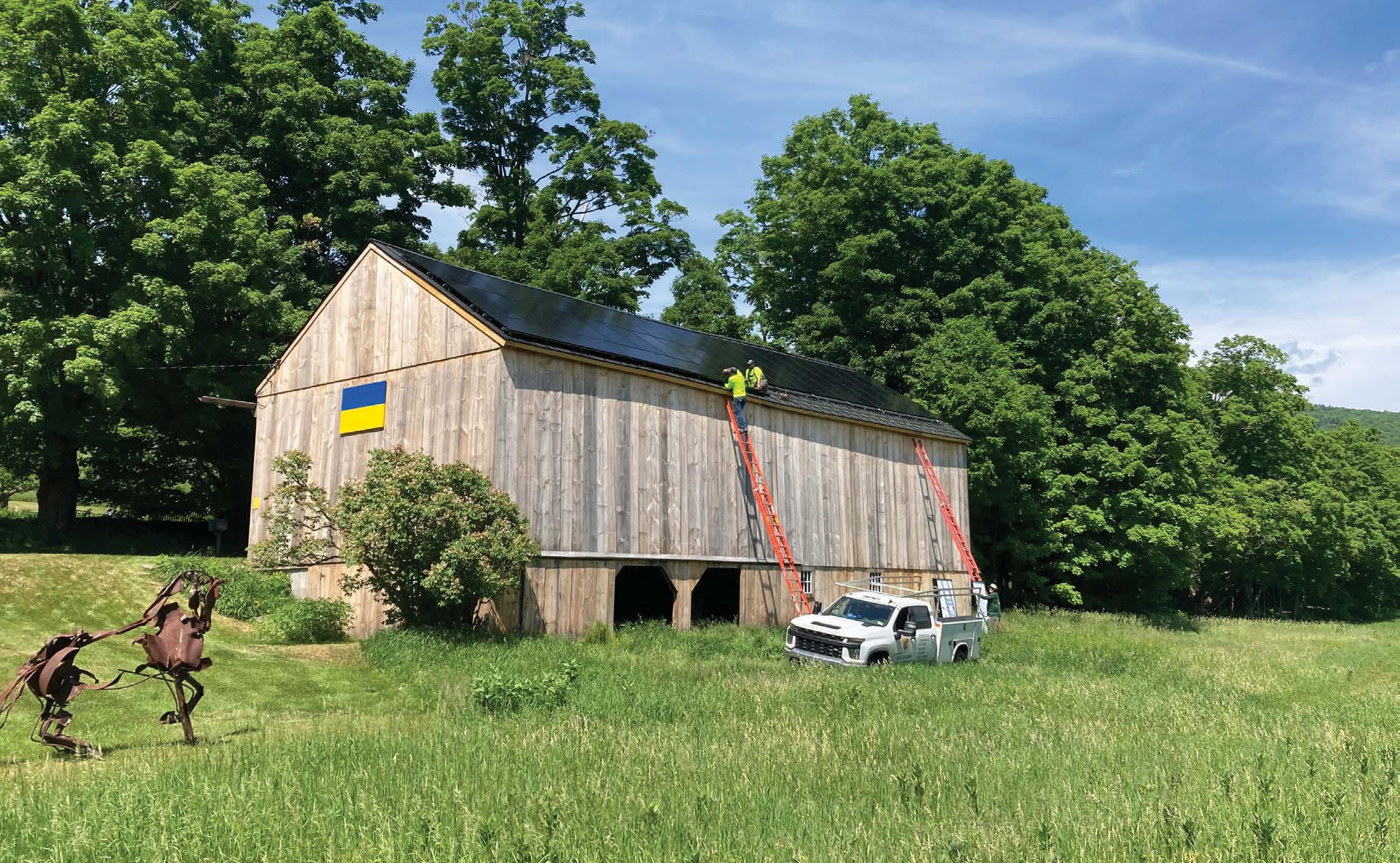
Company, the Town of Stowe, and Lamoille County. Once permitting challenges reached a successful conclusion, construction began for SMR’s infrastructure improvements including, snowmaking water quality, lift upgrades, and a golf course.
Today, skiers of all abilities enjoy the industry standard in resort infrastructure that Lunde helped develop in his nearly 40 years in the ski resort business.
As the executive editor of SKI Magazine in the late 1990s, Lisa wrote about ski areas around the globe. She also had the chance to work with writers such as Annie Proulx, Amy Tan, Pam Houston, and David Goodman on stories about the ski towns they loved.
While places like Tahoe or Telluride were tempting, Vermont — with its ski history and its strong sense of community — was where Lisa knew she wanted to make her home one day. She bought a house in Stowe in 2002.
After SKI, Lisa went on to be the editor-inchief of award-winning national publications Bicycling, Audubon, and Islands before the opportunity to lead EatingWell‘s editorial division brought her back to Vermont in 2006.
In Vermont, she met her husband, Angelo Lynn, publisher of The Addison Independent, The Mountain Times, Vermont Sports and what was, at the time, a small newspaper, Vermont Ski News, started by Roy Newton.
In 2015, Lisa joined Lynn’s Addison Press and turned Vermont Ski + Ride into a glossy quarterly magazine with 25,000 print distribution in 7 states and a vibrant digital presence. It is now the largest outdoors publication in the Northeast.
In recent years, Vermont Ski + Ride has twice been recognized by the New England Newspaper and Press Association with its highest honor, General Excellence. Lisa’s articles have also won top honors for Features, Profiles, and Reporting on Racial, Ethnic or Gender Issues. Her articles have appeared in Yankee, Men’s Journal, Town & Country, Newsweek, and other publications.
In 2020, the Vermont non-profit Unlikely Riders was established to promote diversity and inclusivity in alpine, backcountry and Nordic skiing, snowboarding, and other mountain sports. Founders Abby Crisostomo (34) and Hana Saydek (28) along with Amanda Moran, and Bettina Guevara wanted to create a welcoming community for underrepresented groups regardless of their backgrounds to get outside and enjoy winter sports in Vermont.
Today, Cristostomo and Saydek manage the organization and, together, bring extensive experience

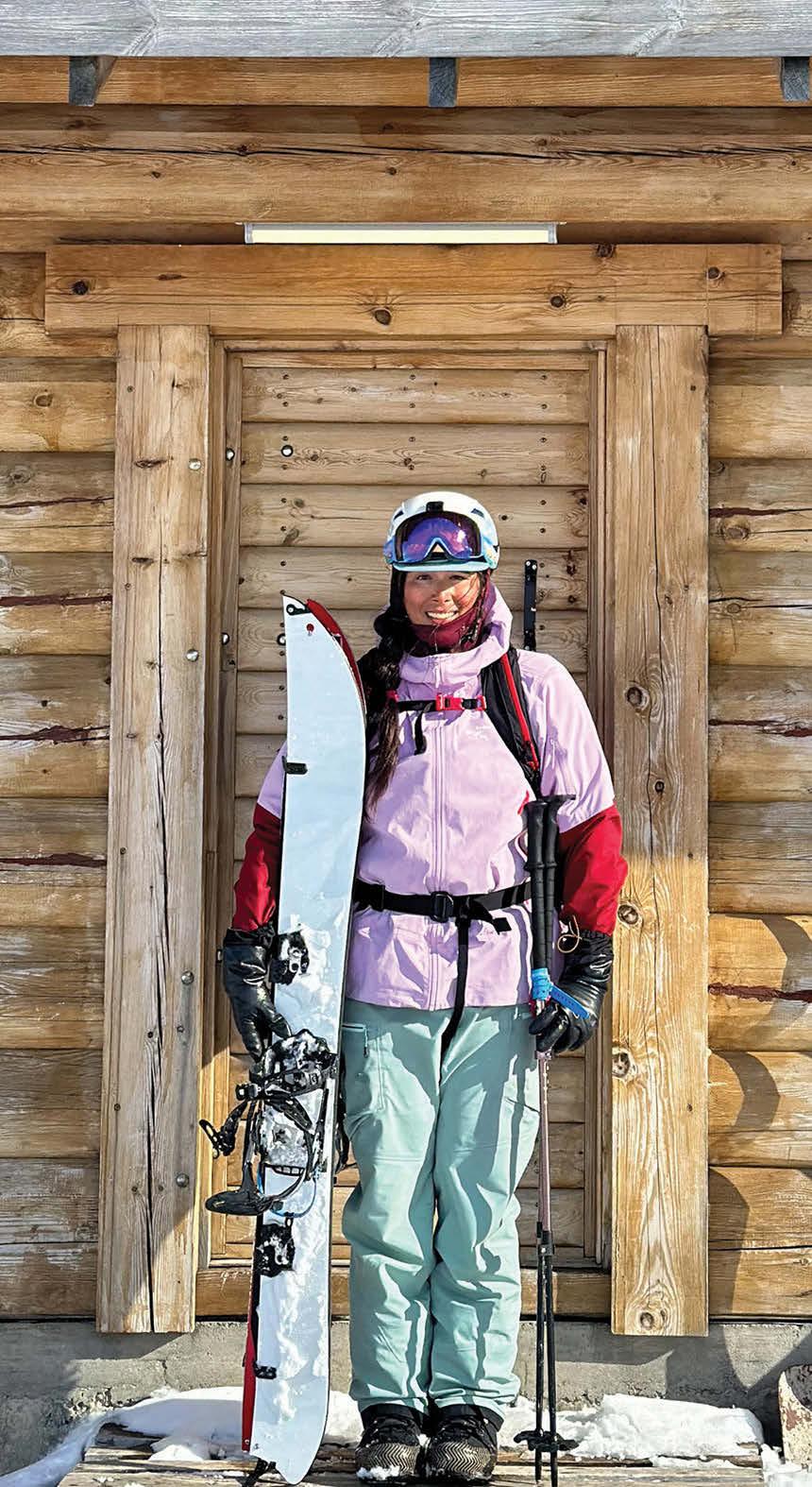
in social justice and community organizing to the endeavor. They work tirelessly to build a supportive and diverse community.
Unlikely Riders has hosted ski and ride days, skiing and riding instruction and provided gear and clothing for those in need. They have also hosted courses in wilderness medicine, avalanche education, and ski and snowboard instructor courses. Thanks to Cristostomo and Saydek, Unlikely Riders is breaking down barriers in skiing and riding.
Vermont Adaptive Ski & Sports is a nationally recognized organization and a place where youth and adults with disabilities gain a measure of self-confidence and independence by participating in adaptive sports programs and activities.
By offering the largest variety of program opportunities and unique, specialized equipment, Vermont Adaptive promotes independence and furthers equality through access and instruction to sports and recreational opportunities including alpine skiing, snowboarding, and other winter sports; kayaking, canoeing, stand-up paddle boarding, sailing, cycling, hiking, rock climbing, tennis, horseback riding, environmental programs, CORE
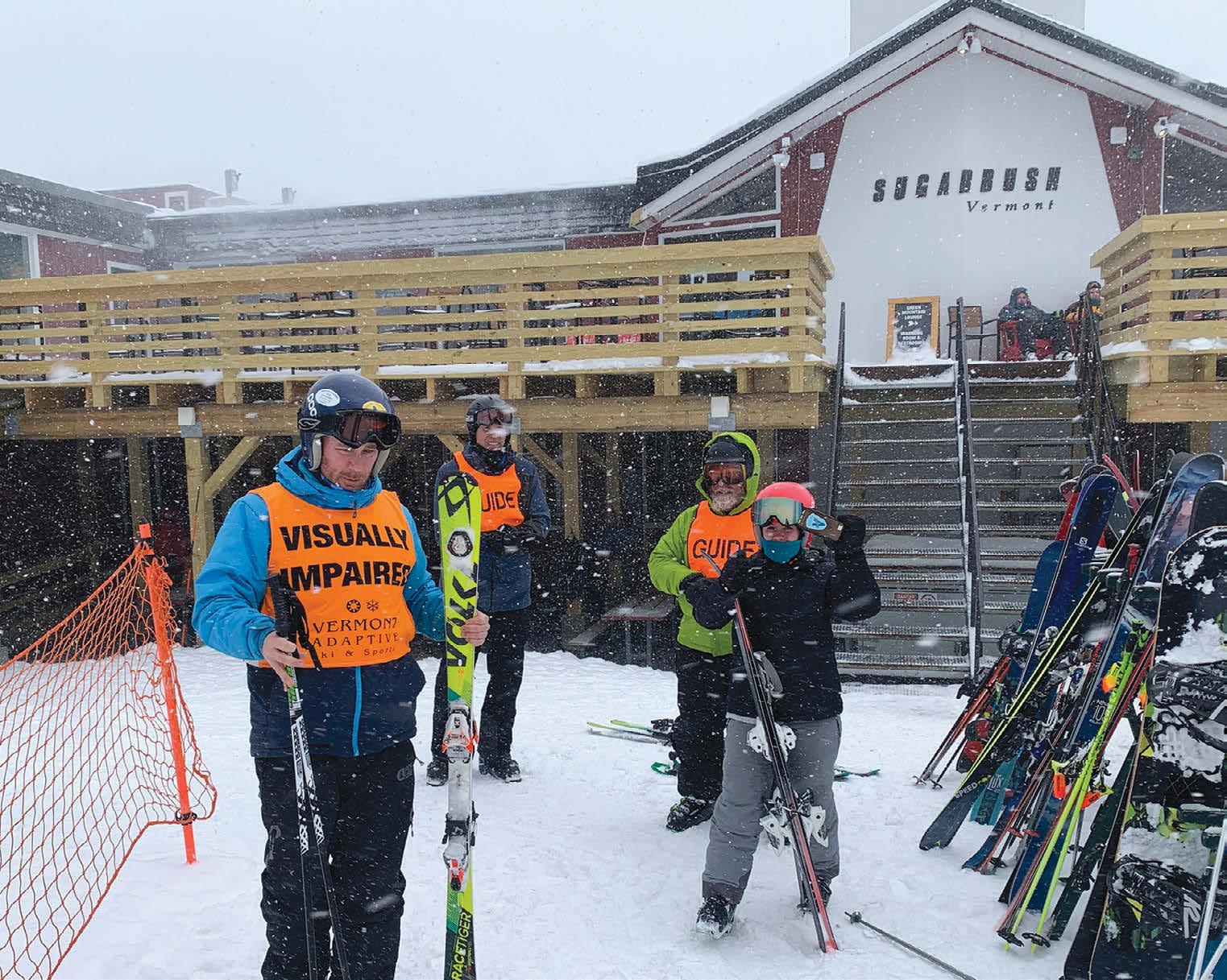
Connections wellness retreats, and more.
With nearly 400 active volunteers, bases in Sugarbush and Pico, plus generous partners and sponsors, Vermont Adaptive Ski & Sports has been at the forefront of sports and recreation for those with disabilities for more than 30 years. u










































































Ready for bigger slopes and bolder runs this winter? Snowbound Expo kicks o the 2024/25 season.
You spoke, we listened, and the deals are back! Colorado Ski Shop, the 2024 O cial Retailer will sell products directly to you at the expo. Find the latest gear, tech, apparel and accessories from 180 brands, explore 40+ resorts and see an epic speaker line-up.


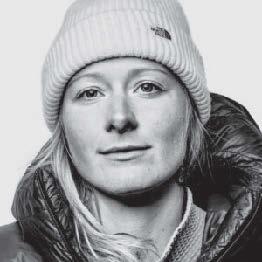
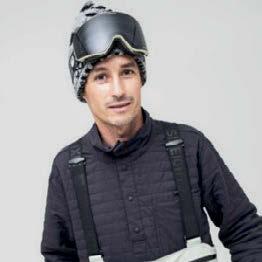
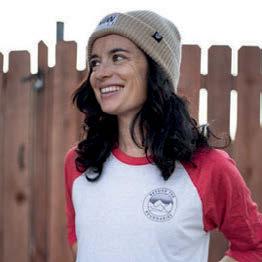

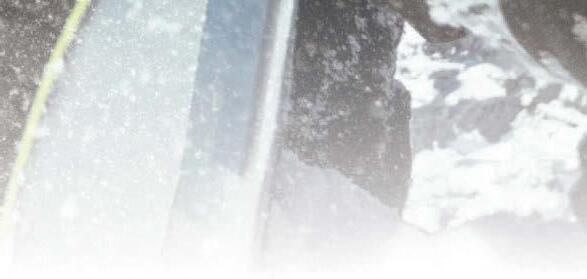








21 | Killington Brew Fest, Pico Mendon
Come to Pico to enjoy live music, fabulous food, and dozens of the finest craft beers, ciders, and seltzers in the region. killington.com
28 | Vermont Climbing Festival, Waterbury
Join CRAG VT at for a weekend of camping, climbing clinics, competitions, speakers, music & more. cragvt.com
28 | 30th Vermont 50, Mount Ascutney
Come support Vermont Adaptive and join a crowd of over 1,300 mountain bikers and ultra runners for the Vermont 50 race over the trails of West Windsor. All benefits go to Vermont Adaptive Ski and Sports. vermontadaptive.org
29 | Fall Pumpkin Chucking Festival, Smugglers’ Notch
A fall festival of pumpkin chuckin’ fun for the whole family. Contestants build trebuchets to see who can hurl pumpkins the furthest. smuggs.com
5 | Fell Run, Middlebury Snowbowl,
The Endurance Society is back with two race options: a short course (approximately 5K) and a long course (approximately 10K). Racers will navigate a series of checkpoints on the mountain, choosing their own routes to complete the course. Expect significant elevation changes, including a summit of the mountain. middleburysnowbowl.com
6 | The Middlebury Maple Run, Middlebury
The half marathon course promises scenic rolling hills into the farmlands around Middlebury and Weybridge with spectacular views of the Green Mountains and Middlebury College. Course is a mix of paved and gravel roads with a short stretch on a gravel trail. Run the full 13.1-miles, or run a newly designed and sanctioned 10K, or a 5K family fun run through the college campus.. middleburymaplerun.com
6 | Green and Gold Weekend, Mad River Glen
Guided hikes with the Stark Mountain Foundation, live music and rides up the iconic single chair for spectacular foliage. madriverglen.com
10 -14 | HarvestFest Weekend, Stratton
Saturday is a brew fest and chili cook-off, Sunday is the farmer’s market and music . Monday is the North Face Race to the Summit. Mountain biking and golf are also open all weekend. Stratton.com
5 & 12 | 26th Annual Oktoberfest, Mount Snow
Held over two Saturdays. Come for the beer, bratwurst, and oom-pah music that you love. Enjoy a selection of beers from German and domestic breweries as well as authentic German fare. Don’t miss annual games, a yodeling contest, and steinholding. The Kids Zone will have games and fun. Mountsnow.com
12-14 | Oktoberfest, Sugarbush
Join in a traditional Oktoberfest with keg tossing on Saturday and qualifiers for the Vermont Steinholding Championship on Sunday. Sugarbush.com
12 15th | Bean & Brew Festival, Jay Peak
Come sample locally roasted coffees coupled with New England’s finest beers, ciders, and more. Plus live music. New this year: Hit up Friday night’s Brew Fest Dinner for a tasty take on the world of food/beer pairing. It’s a 6-course beer pairing meal with a German theme. Jaypeak.com
13 | Fall Into Winter, Okemo
An afternoon of live music, hay rides, face painting, axe throwing, craft beer, a ventriloquist, the Okemo BBQ and so much more in the Jackson Gore courtyard. Okemo.com
13 | Bundle Up, Bolton Valley
To celebrate the last day of Bike Park Lifts in 2024, Bolton Valley is selling lift tickets at a sliding scale based on the current temperature at the summit of Vista Peak at time of purchase (across the counter only) – ranging from $5 to $30. Not just a gimmick – last year they sold many tickets at $5, $10 and $15 because, well, it’s cooler up there. boltonvalley.com
13 | Schralp and Best Whip Contests, Burke
Come show your best schralping skills, Judging will be based on: 1. Dirt spray height 2. Style 3. Schralp sound. Schralp; to rip, shred, or tear a berm or corner on a mountain bike. Also a best whip contest. skiburke.com
14 | North Face Race to the Summit | Stratton
Challenge yourself in a 2.18-mile race climbing 2,003 vertical feet up southern Vermont’s highest peak for pride, prize money, awards and views. Stratton.com
Reduce, reuse and gear up for the year. These annual swaps are where you can find great deals on used (and sometimes new) skis, boards, boots, skates and other gear.
Oct. 11-14 | Killington Ski Club Monster Swap, Killington Come to Ramshead Base Lodge for deals on new and used ski and snowboard equipment, along with a great selection of street and mountain bikes. Many local shops will be participating and proceeds support the KSC Scholarship Fund. Friday: 5:00 p.m. - 8:00 p.m.; Saturday: 9:00 a.m. - 4:00 p.m. Sunday, 9:00 a.m. - 2:00 p.m. Prices negotiable on Sunday. Killington.com
Oct. 11-13 | Smugg’s Annual Ski and Board Sale, Colchester Come find amazing deals on quality equipment and soft goods for the whole family at this ski swap held at St. Michael’s College and benefitting the Smuggler’s Notch Ski Club. Bring your gently used gear to consign on Friday evening and earn cash to shop Saturday and Sunday. smuggs.com
Oct. 18-19 | Ski and Ride Winter Sports Sale, Jeffersonville
The Cambridge Rotary hosts a winter sports sale to raise funds for its wellness programssmuggs.com
Nov. 9 | Waitsfield Ski + Skate Sale, Mad River Glen
Come to Mad River Glen for the Waitsfield annual consignment sale. Sale is from 9 am to 4 pm, but $10 gets you an early-bird ticket with access to the sale and first dibs at 8:00 am. Benefits Waitsfield Elementary School. waitsfieldschool.org/ski-and-skate-sale
Nov. 22-24 | Okemo Mountain School Ski and Snowboard Swap, Ludlow Everything you need to get out on the hill this season…. skis, snowboards, boots, bindings, helmets, goggles, outerwear, and more. Proceeds go to benefit the Okemo Mountain School. The OMS Ski Swap will once again take place in the Round House at the Jackson Gore Inn. Okemomountainschool.org

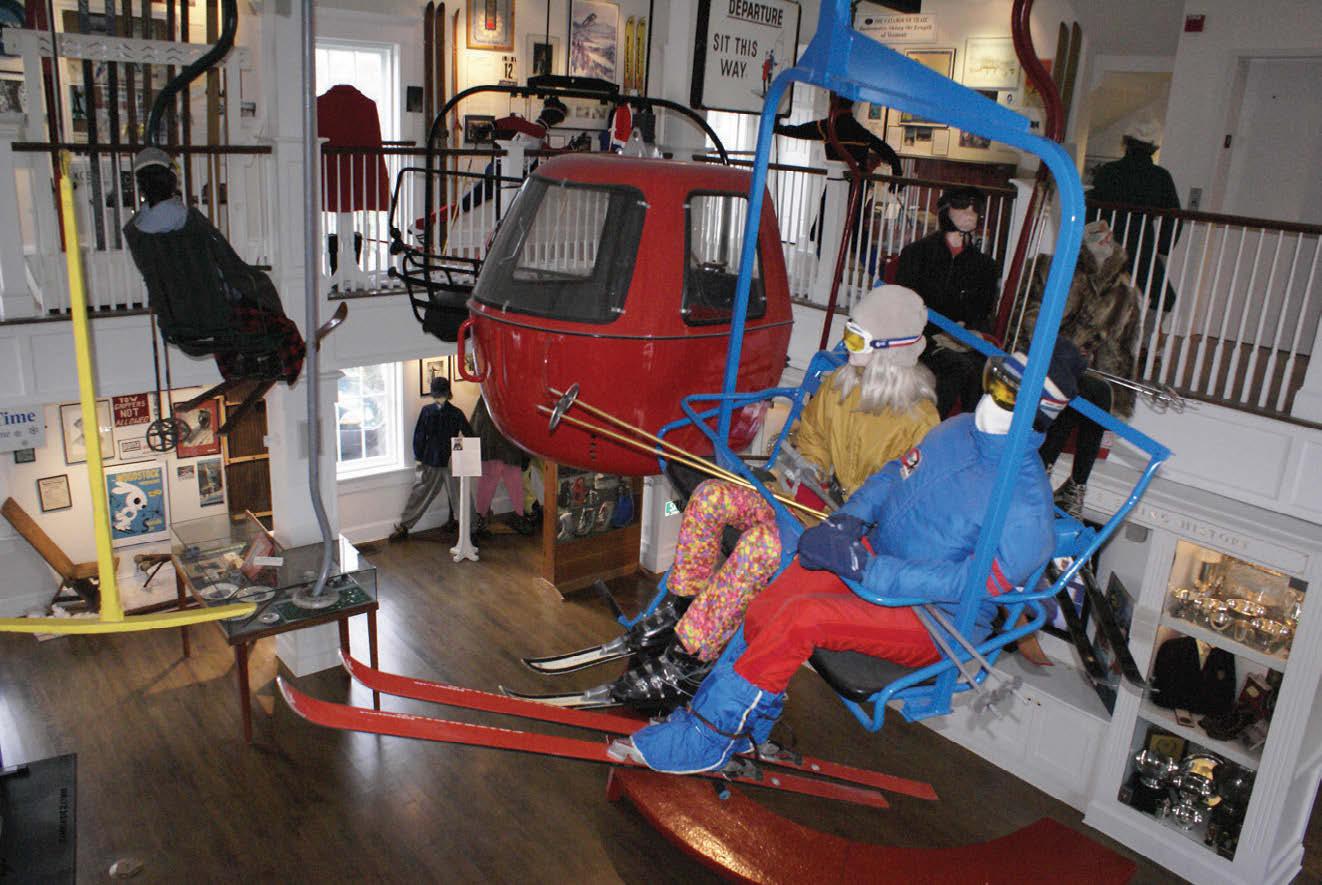
“Celebrating
Vermontʼ s rich skiing and snowboarding history”
Open Thursday thru Sunday 12 PM - 5 PM
10/14 - 11/28
South Main St. Stowe, VT www.vtssm.org
Have a vacation rental or Airbnb? Feature your property here!

CLASSIC STOWE CABIN WITH HOT TUB
This picture-perfect classic Vermont 2-bedroom, 1-bath cabin sits in a quiet valley not far from the slopes and backs up to miles of trails that are great for hiking or backcountry skiing. Just 15 minutes to the Trapp Family Lodge, town and Stowe Mountain Resort. airbnb.com/h/ stowe-vt-cabin-with-hot-tub

MIDDLEBURY COTTAGE ON LAKE DUNMORE
On gorgeous Lake Dunmore, this freshly-renovated 2-bedroom, 2-bath cottage sleeps 6, is central to great skiing at Brandon Gap, Killington, Pico, Middlebury Snow Bowl and Rikert Nordic Center. Yearround, skate, XC ski or swim right out your front door. airbnb.com/h/ lake-dunmore-cottage

COZY KILLINGTON CHALET ON MTN. ROAD
This cozy retreat is just one mile from main base areas and within walking distance to over a dozen restaurants and bars. It has a wood-burning fireplace, washer/dryer, porch, t.v., and wifi. This 2-bedroom, 1-bath, sleeps 4 people and will take dogs. vrbo.com/650909 or email rent.killington@gmail.com
Rates start at $150/issue. Contact ads@vtsports.com

STOCKBRIDGE YURT ON 40 FOREST ACRES
Ideal for nature enthusiasts. the yurt (or wall tent, too) is 4 miles from excellent hiking on the LT/AT. Near mountain biking at Killington, Rochester, and Randolph and the gorgeous White River. Pack it in and out, leave no trace. This is for folks looking for a quiet and peaceful experience. airbnb.com/h/slink/iro0BZwq
19 | Vermont Ski & Snowboard Hall of Fame, Killington
Come celebrate the 2024 inductees to the Vermont Ski and Snowboard Museum Hall of Fame at Killington’s K1 lodge. Vtssm.org
20 | Trapp Mountain Marathon, Stowe
A challenging half and full marathon distance trail run at beautiful Trapp Family Lodge. ironwoodadventureworks.com/trapplodgemountainmarathon
24-27 | 29029 Everesting, Stratton
Summit Stratton 17 times, climbing 29,029 feet, the equivalent of summiting Mount Everest, and take the gondola down. Each hike up is 1.3 miles long and gains 1,750 vertical feet. Or enjoy the base camp village with bands, bonfires, luxury tipi tents, food and drink. Stratton
26 | Vermont State Steinholding Championship, Trapp Family Lodge
How long can you properly hold a stein of beer (official rules apply)? The State Champion will receive a voucher for a one-night stay at the Trapp Family Lodge, including breakfast and a 3-course dinner for two at the von Trapp Bierhall, and a full Oktoberfest outfit provided by BavariaTrachten.com. trappfamily.com
6 | Halloween Boo Bash, Smuggler’s Notch
Head to the Fun Zone 2.0 for pumpkin painting, a donut-eating contest, a scavenger hunt, Glow mini golf, Halloween movies, spooky laser tag and cocoa and marshmallows around a bonfire. Costumes optional. Smuggs.com
28 | Wobbly Barn Halloween Party, Killington
This legendary bar kicks off its season with its annual costume party (costumes required for admission). Prizes for best costume, best couples costumes, and best group costume. Benefits Killington Fire Dept. killington.com
1 | Day of the Dead, Magic Mountain
A“Day Of The Dead” celebration with one of New England’s premiere Grateful Dead tributes, Alligator Wine, great Mexican themed food and drink specials that evening. . a killer photo booth, a pinata on the deck and a costume contest with great prize. magicmtn.com
7 | 11th Annual Vermont Backcountry Forum, Rochester
Celebrating backcountry skiing with the Ridgeline Outdoor Collective and 40 years of the Catamount Trail Association. Talks, prizes and more at the Pierce Hall Community Center. catamounttrail.org
20-23 | Warren Miller’s “75” Film, Middlebury, Stowe & Burlington
Warren Miller Entertainment’s 75th anniversary film will take fans to powder stashes and chutes around the world, from Canada, Colorado, California, and Utah to Finland, Japan, Austria, and New Jersey. (Yes, even New Jersey.) The lineup incluees snowboarders Shaun White, Zeb Powell, Toby Miller, Danny Davis, and 15-year-old phenom LJ Henriquez, plus skiers Max Hitzig, Lexi duPont, Caite Zeliff, Aaron Blunck, Alex Ferreira, Cassie Sharpe, and many more. Shows are at Middlebury’s Town Hall Theater on Nov. 20, Spruce Peak Performing Arts Center in Stowe on Nov. 22 and The Flynn in Burlington, Nov. 23. warrenmiller.com
23 | The Big Kicker, Sugarbush
Kick-off the 24/25 winter season with at Mt Ellen. Enjoy live music, a rail jam, bonfires, food, drinks and more. sugarbush.com
28 | Gobble Gobble Wobble 5K, Stratton Trot through the Stratton village and kick off Thanksgiving on the right foot. This family-friendly 5K begins in the Stratton village courtyard, loops around the resort, and concludes back in the village. Sign up as a family, with your running buddy, or hang out and cheer. Stratton.com
29-Dec. 1 | HERoic Stifel Killington World Cup, Killington
Watch the best female racers in the world compete on Superstar in a giant slalom on Saturday and slalom on Sunday. Watch as Mikaela Shiffrin may earn her 100th win. Plus, a tent village, free concerts by national artists, including Fitz and the Tantrums, Matt Quinn (lead singer from Mt. Joy), Eve 6, and DJ Ross fireworks, parties and a VIP tent. killington.com
6-8 | A Traditional Christmas in Stowe, Stowe
Come to the village of Stowe for a gorgeous tree lighting, children’s lantern parade, art center full of festooned trees, wagon rides, a holiday bazaar, the arrival of Santa and Mrs. Claus, live holiday music, ornament and cookie decorating, “Welcome to Winter” holiday skating, and a Santa Stroll to support local businesses and more. gostowe.com
7 | Snowlight in Vermont, Stratton
Snowlight in Vermont reception and village tree lighting. Sponsor a lighted tree ($625$725) and dedicate a plaque in the Stratton Village or in Manchester during the winter 23-24 season. “Snowlight in Vermont” supports critical programs that address hunger, health, basic necessities and education for Vermont children in need. Our schools witness up to 80% of children living at or below the poverty level. Stratton.com
7 | Brew, Bites & Boards Weekend, Smuggler’s Notch Resort
Skiing paired with the flavors of Vermont’s top breweries and ciders. Enjoy a Saturday night prime rib dinner featuring flights from Fiddlehead Brewery and Stowe Cider, plus an on-site presentation from the makers. Packages with lodging, lift tickets, two breakfasts and the dinner start at $299 per person. smuggs.com
7-8 | Audi FIS Alpine Women’s World Cup, Mont Tremblant, QC
Following the Killington Cup, the world’s top women tech ski racers head to Mont Tremblant, QC for two days of giant slalom races on the women’s Audi World Cup. Tremblant.ca
13 | Warren Miller’s “75” Film, Stratton
Warren Miller Entertainment’s 75th anniversary film will take fans to powder stashes and chutes around the world, from Canada, Colorado, California, and Utah to Finland, Japan, Austria, and New Jersey. (Yes, even New Jersey.) The lineup incluees snowboarders Shaun White, Zeb Powell, Toby Miller, Danny Davis, and 15-year-old phenom LJ Henriquez, plus skiers Max Hitzig, Lexi duPont, Caite Zeliff, Aaron Blunck, Alex Ferreira, Cassie Sharpe, and many more. warrenmiller.com
13-15 | Woodstock Wassail Weekend, Woodstock
Ornament making, carriage rides, a Wassail parade and a lighting of 400 luminaries around the Green. Take in the magic of twinkling light displays, decorated historic homes, and the sounds of holiday music throughout the village. woodstockvt.com
14 | Wall of Fame & Sugarbash, Sugarbush
Wstablished as part of the resort’s 60th anniversary celebration, the Wall of Fame annually recognizes those who have made a significant contribution to “cultivating a spirit of lifelong adventure and camaraderie among Sugarbush staff, guests, and the community.” Followed by the Sugarbash party with live music. sugarbush.com
15 | Santa Sunday, Bolton Valley
It’s pretty simple really: Dress from head to toe in a Santa Claus costume and you ski/ ride for free this day. Arrive at Guest Services prior to 10am to get your complimentary lift ticket for the day and qualify for this giveaway. Santa Group Photo: 11am, slopeside of Main Base Lodge toward Mid Mountain Lift. Boltonvalley.com
21 | Champagne Cowbell, Sugarbush
Celebrate Mt Ellen’s opening day with a Champagne party. Test your cork-shooting prowess and hit the cowbell hanging from the rafters, enter giveaways to win sweet prizes, boogie to live music, and have a bite and a drink from the Green Mountain Lounge. sugarbush.com
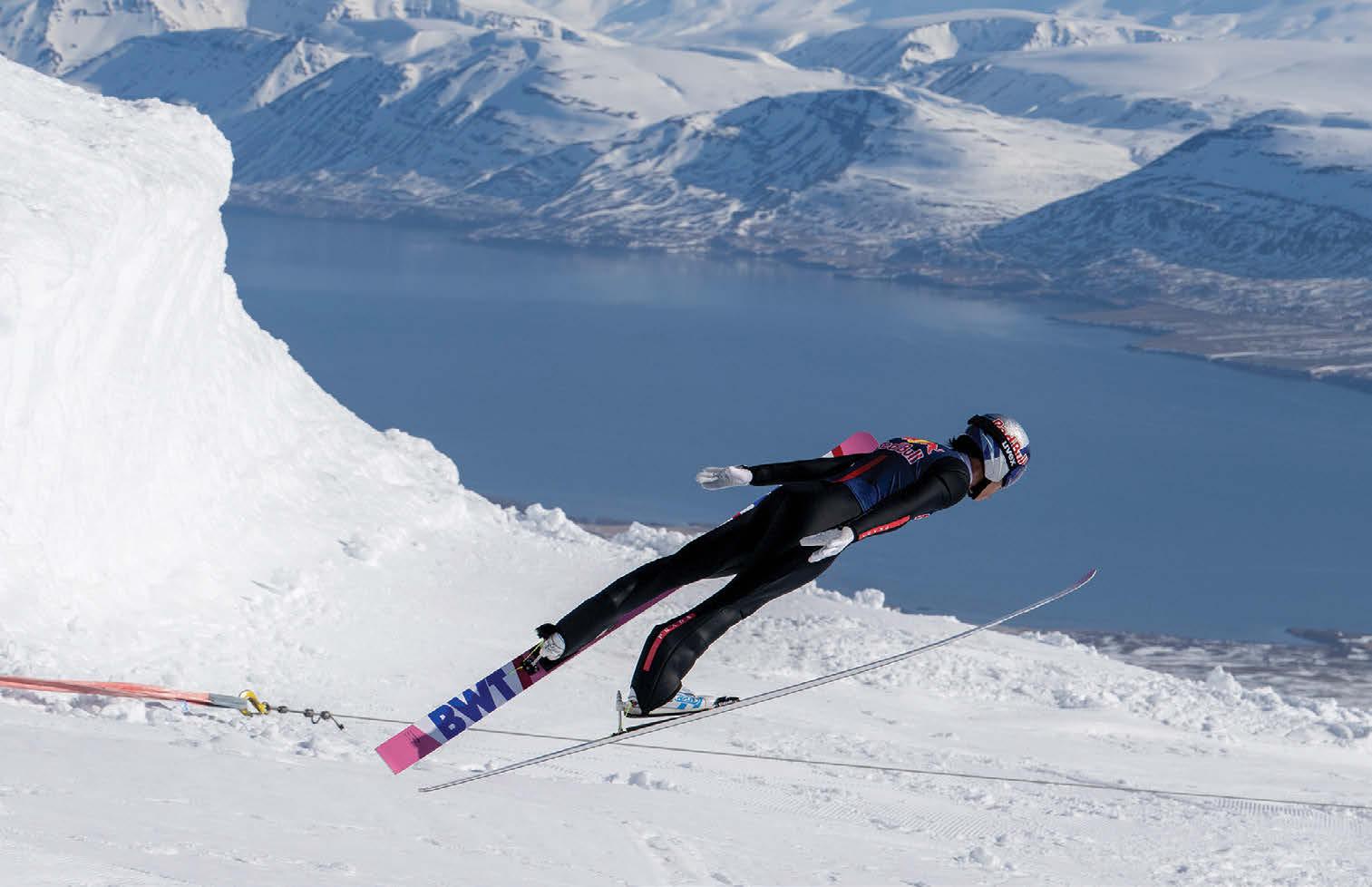
As this issue went to press, Noah Dines broke Aaron Rice’s record for skiing the most human-powered, uphill vertical feet in one year. He’s still going, aiming for 3.3 million feet (a million meters). That got us to thinking about other ski records,
Greatest Vertical Distance Skiing Downhill in one Year. Utah’s Thomas “Racer Tom” Hart skied 2,133,742 meters (7,000,468 feet) between November 30, 2023, and April 28, 2024 at Snowbasin Resort in Ogden, Utah. That sounds like a lot, but consider that Noah Dines is skiing both uphill and downhill: if he accomplishes his goal of skiing uphill 3.3 million feet his total ski vert (counting the downhill too) will be 6.6 million – and that’s without taking lifts.
Most Ski Areas Visited/Lifts Skied
Last season, Peter Lansdman set out to make sure he had skied all 750 public ski areas in the U.S. and Canada and could profile 3,300 lifts on his site, Liftblog.com. In 2022, Landsman, a Jackson Hole Mountain Resort lift supervisor, skied 500 U.S. ski areas and in June 2024, completed the last of 250 Canadian resorts he set out to ski by visiting Moose Mountain’s T-bar near Dawson City, in the Canadian Yukon.
Most Ski Areas Visited in
In February 2022, Kyle Kelly, 28 and Brad Dykstra, 29 of Hopikins, Mich., traveled 63 miles across Michigan to ski 23 ski areas. Their
record was certified by the Guinness Book of World Records and broke the previous record of 17 set in Japan in 2017.
Nick Willey of Australia skied non-stop for 202 hours and 1 minute at Thredbo, New South Wales, Australia in 2005. He skied down the slopes 916 times and traveled over 1,150 kilometers.
In March 2023, France’s Simon Billy was clocked going 158.8 mph, during the Speed Masters competition in Vars, France. Billy’s father was also a speed skier who set the record in 1997 skiing 151 mph and his younger brother, Louis is also a speed skier. In 2016 Valentina Greggio reached a speed of 153.5 miles per hour, a women’s record that has not been broken since.
In May 2024, the Guinness Book of World Records certified Norwegian pro skier Anders Backe’s record for the fastest downhill skiing… backwards. Backe first set that record in 2012 but in 2016, it was broken by Switzerland’s Elias Ambüehl who hit 81.54 mph. So last spring, Backe set off from a ski jumping hill in Norway and managed to hit a spend of 82.92 mph while skiing switch, breaking Ambüehl’s record by 1.38 mph.
Japan’s Ryoyu Kobayashi (in photo at top) has won 31 World Cups in ski jumping. Last April, in an event put on by Red Bull in Akureyri, Iceland, he soared for 10 seconds in the air, covering 291 meters (954 feet) – a height that rivals the Eiffel Tower.
In October, 2006, Kit DesLauriers became the first person, male or female, to ski from the top of the seven highest summits on each continent, five of which she skied top to bottom. DesLauriers’ father helped build the first lifts at Stowe and her husband, extreme skier Rob DesLauriers, is one of Bolton Valley founder Ralph DesLaurier’s five children. A month later, Slovenia’s Davo Karničar, completed the first top-to-bottom (base camp) descent of Everest without removing his skis and became the first to ski the Seven Summits top to bottom.
In January 2006, pro skier Jamie Pierre hucked a 255-foot cliff in the backcountry near Grand Targhee, Wyo. He “stuck” his landing but had to be dug out of a 12-foot crater he made in the snow. Pierre died in an avalanche in 2011. In 2008, Norwegian pro skier Fred Syverson inadvertently broke Pierre’s record. Syverson was skiing for the film, “Nuits de Glisse,” when he took the wrong line and accidentally skied off a 352-foor cliff. Syverson was buried in the snow below but the film crew landed the helicopter that had been following him and were able to dig him out. And yes, it’s on film. See link in this story at Vtskiandride.com. u
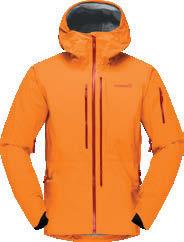



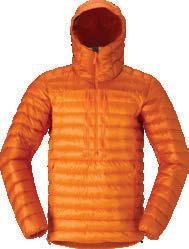


Our mission is to create the greatest outdoor products and offer unique adventures. Crafted with quality, function, design, and sustainability through four generations since 1929.
